Islamic flat weights (a.k.a."brick" weights) 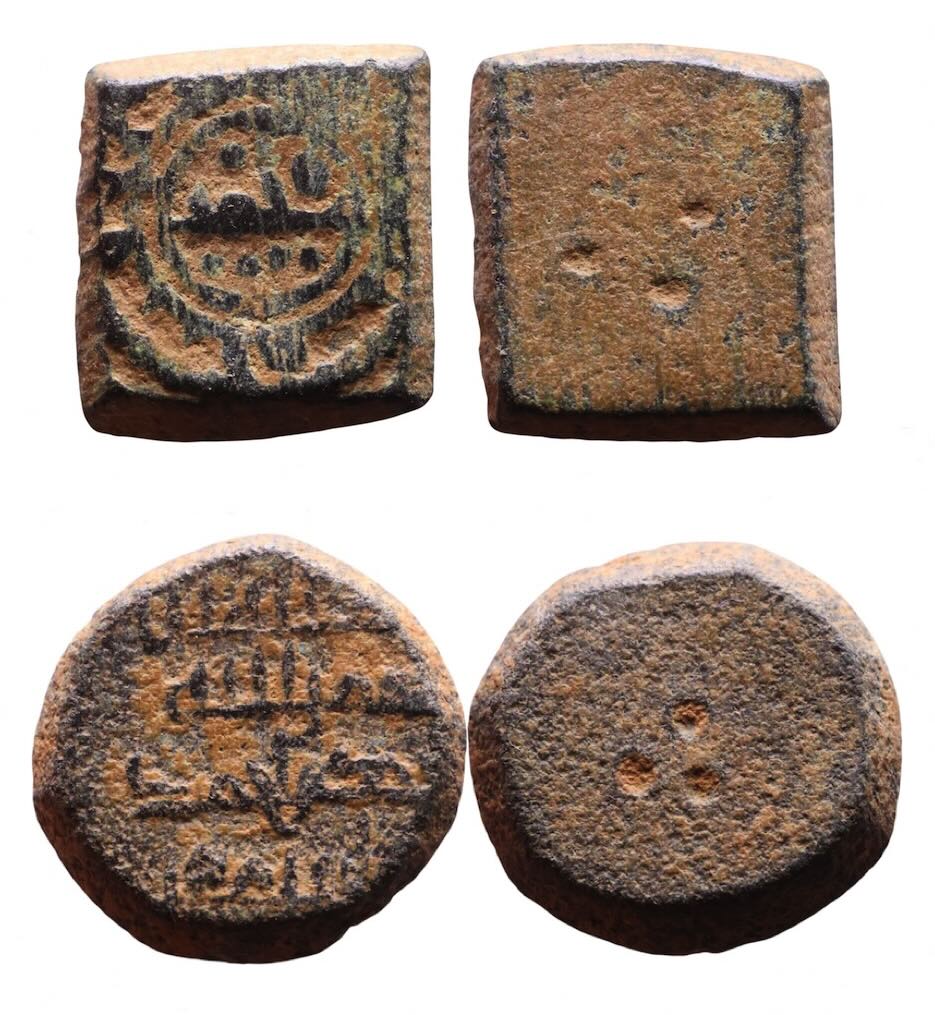
The Islamic weights discussed on this page are small flat weights from the 9th-13th centuries. Many low-denomination weights do not have inscriptions. This page emphasizes weights which have Arabic inscriptions, most of which are difficult to read because they are tiny to begin with (with letters between 1 and 2 mm tall) and often poorly struck, worn, or corroded. Inscriptions can shed light on who issued them, where, and when. (For larger denominations, see the page on polyhedral weights.)
At the upper right is a half-dirham weight (3 dots and rectangular) 9 mm on a side and 1.43 grams (#1116). The second weight is a half-dinar weight (3 dots and circular, 11 mm diameter and 2.05 grams( #1146). A US cent is much larger at 19 mm in diameter (see the red image below).
Contents: A tray with 19 weights. A table of theoretical masses.
Examples of each of the dirham-standard denominations.
Dirham-standard weights: 2, 1, 1/2, 1/3, 1/6.
Dinar-standard weights: 2, 1, 1/2, 1/3.
What's new? 2025, Dec. 9: Legends to several pieces added.
2025, Nov. 20: Legible half-dirham #1790. Another half-dirham, #1792.
2025, Nov.17: Two-dirham weight with legend, #1469.
2025, Nov. 15: Two-dirham weights with legends: #2569 and #1504. One dirham weight with a legend: #1551. Half-dirham weight with a nice legend: #1552. Third-dirham weight with no legend, #1560. One-dinar weight with legend, #1509d. Third-dinar weight with nice legend, #1391.
2025, Oct. 13: Greatly rearranged to put weights with similar legends close to each other.
2025, Oct. 11: A 2-dirham weight with an unusual design (#101). A 1/6 dirham weight (#1517). A 2-dirham weight that is very light (#104). Page rearranged
2025, Sept. 1: Sixteen weights added, some of which should be legible. #2559 looks like it could be read.
2025, July 24: #1141 which looks like it might be legible. #61140, a third dinar.
2025, July 18: Many minor changes in exposition and organization since July 3.
2025, July 3: Parts of many legends added by AR1. Search for "AR1".
2025, July 2: Much revised and I am begining to add translations supplied by readers. Three with the same legend grouped together. A translation added.
2025, June 7: A first draft of this page has begun, but it is far from complete and not ready for viewing except by potential contributors.
I solicit attempts at translations ( ) As readers propose translations, I will add them to the page, with credits. At first, because this page is only in preliminary draft form, I will credit suggestions without using full names, rather abbreviations.
) As readers propose translations, I will add them to the page, with credits. At first, because this page is only in preliminary draft form, I will credit suggestions without using full names, rather abbreviations.
Here is a 6 1/2" by 9 1/2" tray with some of these weights. The interior side of the squares is 37 mm and the US cent in the middle is 19 mm, so you can see these are small.
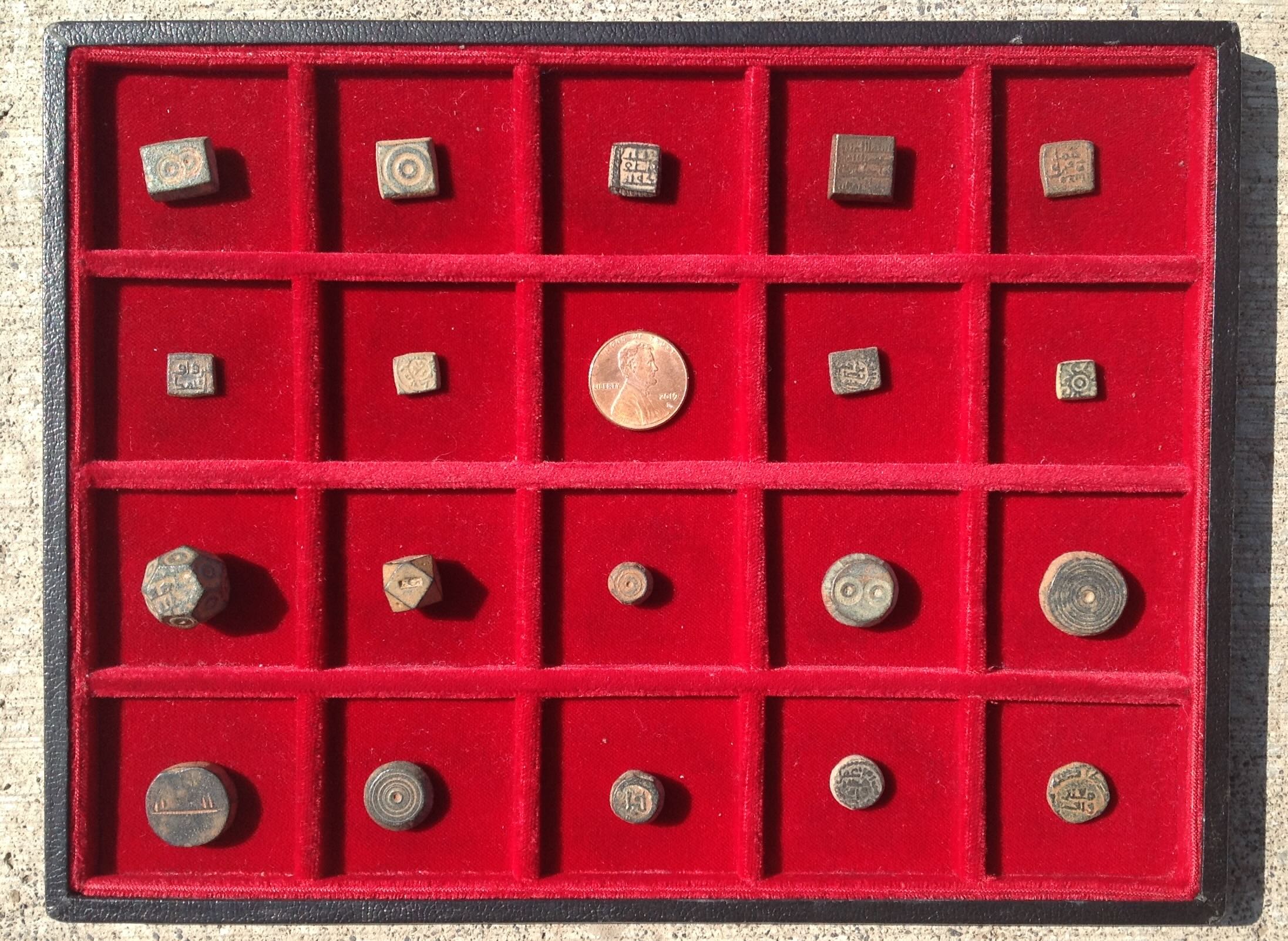
Denominations of the weights
in the tray
Rectangles are denominated in dirhams
Disks are denominated in dinars
(The weights are discussed individually below.)
| 2 |
1 |
1 |
2 |
1/2 |
| 1/3 |
1/3 |
US cent |
1/2 |
1/3 |
| 5 |
2 |
1 |
2 |
2 |
| 2 |
1 |
1 |
1/2 |
1/2 |
There are two simultaneous weight standards. Weights on the dirham standard are based on a dirham (a silver coin) of c. 2.94 grams (maybe 2.97 grams), and the dinar standard (= mithqal standard, where a "mithqal" is the theoretical mass of the gold "dinar" coin) of c. 4.16 grams (maybe 4.20 grams). Weights on the dinar standard are circular and squat (a shape called "discoid"). In contrast, dirham-standard weights come in various shapes. Larger dirham denominations are polyhedral (and have their own page). The weight in row 3, column 1 of the red tray is a 5-dirham polyhedral weight. Smaller dirham denominations are rectangular and flat (They are too small to make with polyhedral shapes). This page emphasizes smaller denominations (2, 1 and fractions) and has special emphasis on weights with legends.
Theoretical Masses of Islamic Weights
| denomination |
dirham
grams |
comment |
dinar
grams |
comment |
| 5, 10, 20 |
2.94@ |
polygonal--not flat
(see their page) |
4.1@ |
circular and thicker,
but usually flat. "Discoid" |
| 2 |
5.88 |
often marked with
two bird's eyes (but this is not a firm rule) |
8.3 |
circular and thicker,
but still flat. "Discoid" |
1
the standard |
2.94 |
often marked with one bird's eye |
4.16 |
a flat squat circular shape
called "discoid" |
1/2
(3 dots) |
1.47 |
Fractional denominations are usually slightly underweight |
2.08 |
Fractional denominations are usually slightly underweight |
1/3
(2 dots) |
0.98 |
Fractional denominations are usually underweight |
1.39 |
Fractional denominations are usually underweight |
1/6
(1 dot) |
0.49 |
rarely seen, but 55 were published from Caesarea, Maritima (one here) |
0.69 |
rarely seen |
Terminology. Weights (the metal objects) have weights (masses, expressed in grams). Context should make clear which meaning of "weight" is intended.
CNG says: The Mithqāl (= dinar) weight standard [was] set to 10/7 of a dirham in Islamic law. (10/7) x 2.94 grams = 4.2 grams
Here are examples of the various "flat" denominations: 2, 1, 1/2, 1/3, and 1/6 dirham. (Heavier denominations are 3-D polyhedral weights which have their own page).
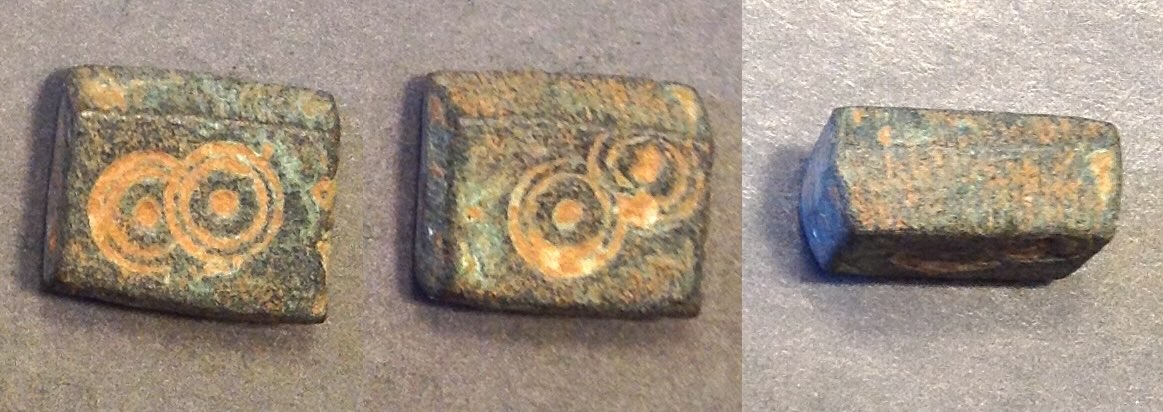
#24140
2-dirham weight. "Flat" a.k.a. "Brick shaped."
5.73 grams (2.865 grams/dirham). 12.7 by 10.3 mm and 5.8 mm thick.
I suppose two bird's eyes served to mark this is a two-dirham weight. Often the number of "bird's eyes" corresponds to the denomination, but sometimes it does not (next).
[Repeated from the main page.]
The "#" symbol simply begins the ID number for each individual weight.
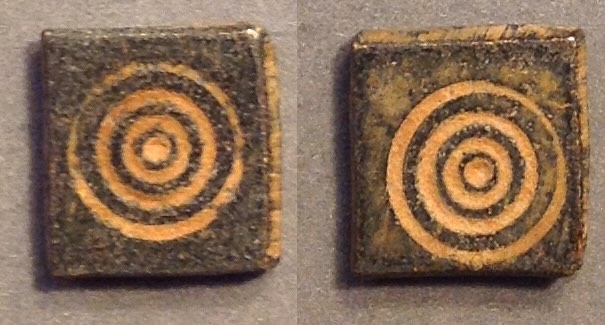 #24213
#24213
1-dirham weight
2.885 grams. 11.4 by 11.0 mm. 2.6 mm thick.
One bird's eye for one dirham.
Some weights have no markings indicating their mass.
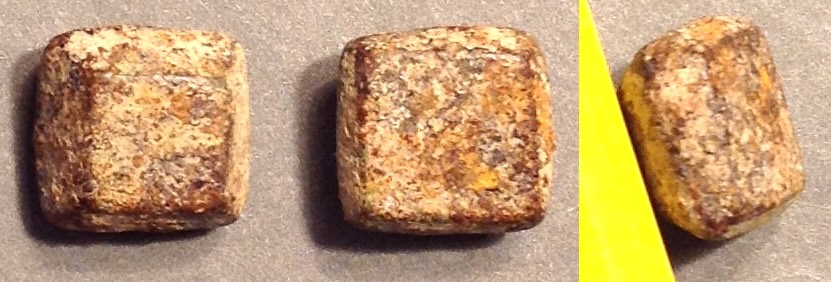 #2514
#2514
1-dirham weight.
2.99 grams. 9.8 by 9.6 by 5.2 mm.
(The yellow is part of a pencil used to prop it up.)
No design. Nothing indicates that it is 1-dirham.
[Repeated from the main page.]
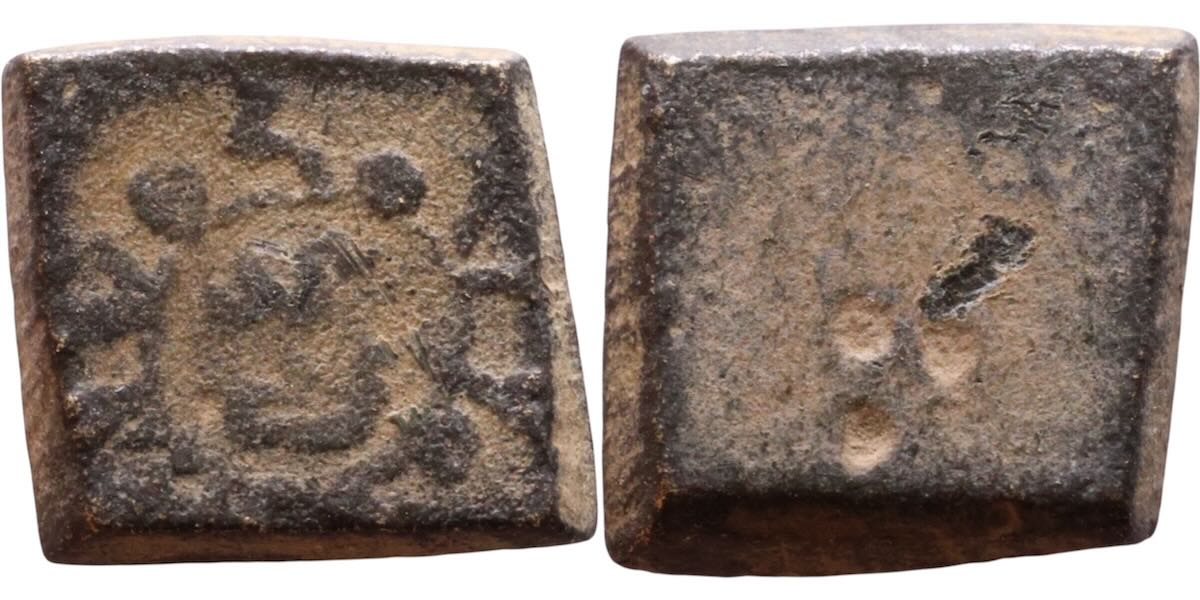
#842
Half dirham. 1.42 grams. 8.5 by 8.1 by 2.3 mm.
(2.83 grams/dirham)
Three punch marks on a rectangular flan mean it is a 3/6 = 1/2 dirham piece.
Legend not yet translated. Can you help? 
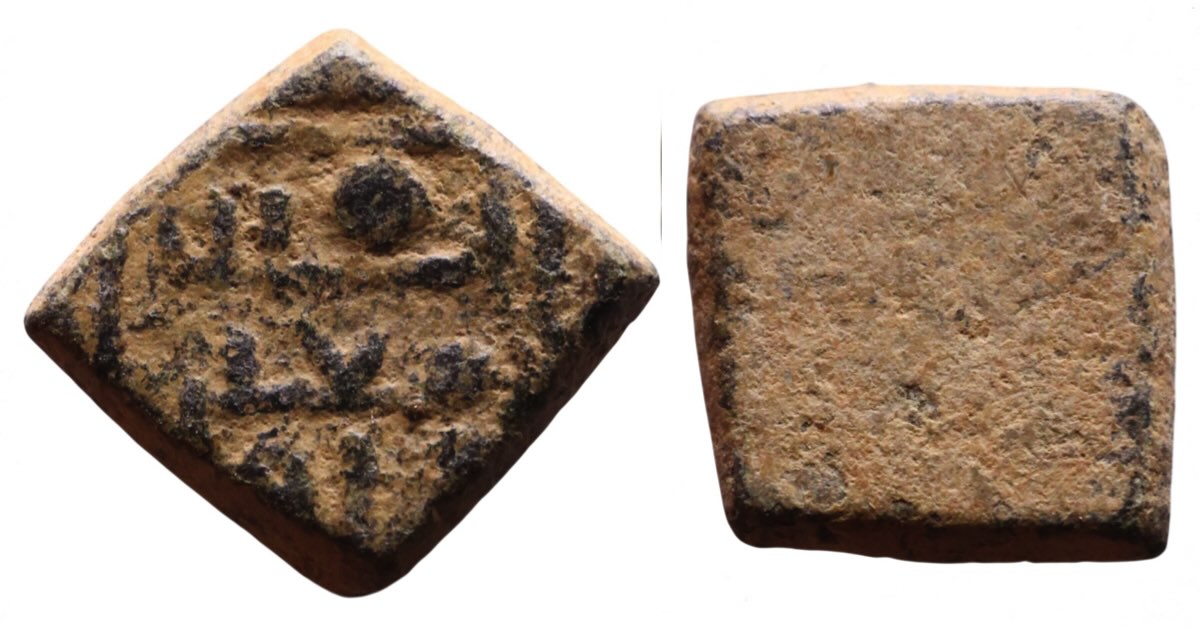
#1150
Third dirham. 0.95 grams. (2.84 grams/dirham)
8.3 by 8.1 by 1.7 mm.
Likely two punch marks, but encrusted, for 2/6 = 1/3 dirham.
bi'smillah mithqal wafi, in the name of God a mithqal in full measure.
Ref: AR1
Looks like #583 in Holland (1986) 0.986 grams, not translated there.
#1517
Sixth dirham. 0.43 grams. (2.58 grams/dirham). Small weights are usually well under their theoretical weight.
6.9 by 5.3 by 1.3 mm.
One punch mark, for 1/6 dirham.
Holland, Chapter 8, #136 has the same central legend, but on a half dirham. Holland reads it as:
Rassul Allah (“Messenger of Allah”) inside the circle (which is all that can be seen on this one) with "Muhammad" around.
More of the legend is visible on a half-dirham below (#1140).
Many more examples are below.
Questions. We would like to be able to identify them. Who issued them? When? Where? We would like to know what they were used for and how. When they have lettering (most weights don't) what do they say? Do legends identify the ruler at the time as coin legends do?
Comment on scholarship. Unfortunately, during the entire 20th century and during this century until very recently these were regarded as not collectable and therefore valueless, so they have often been thrown away making them unavailable for study. Without a market for them they have not seemed worth studying. Scholars, museum curators and even archaeologists have given them almost no attention. Consequently, there are few publications that add much to our knowlege of them. The advent c. 2023 of auctions where low-value items can be sold inexpensively has brought many to light since then. Collectors will help us learn more about them. However, for now, most of the questions above remain unanswered. I will attempt to assemble most of what is known here and I hope to (with the help of willing readers of Arabic) provide translations of the legends. The legends will help identify the weights. I will update this page as information comes to me ( ) .
) .
For published work, see the page of references.
Dirham-standard. Dirham-standard weights are more common than dinar-standard weights (discussed below). Higher denomination dirham-standard weights (5, 10, 20 and higher) have 3-dimensional "polyhedral" shapes and are the subject of their own page. A few weights of denomination 2 are also polyhedral, but most of denomination 2 are flat and rectangular. Almost all weights of denomination 1-dirham are flat and all its fractions are flat.
Weights with lettering.
Not all flat weights have legends, but many do. This page emphasizes the weights that have legends. Holland (1986, p. 176) says that legends are (like coin devices) punched with an engraved die and therefore in relief. His illustrations, and these, show that the dies were often larger than the flans so parts of the legends are off the flans.
Many legends below remain untranslated, but some use words and phrases that are commonly repeated. An example is next (and more will be added when possible).
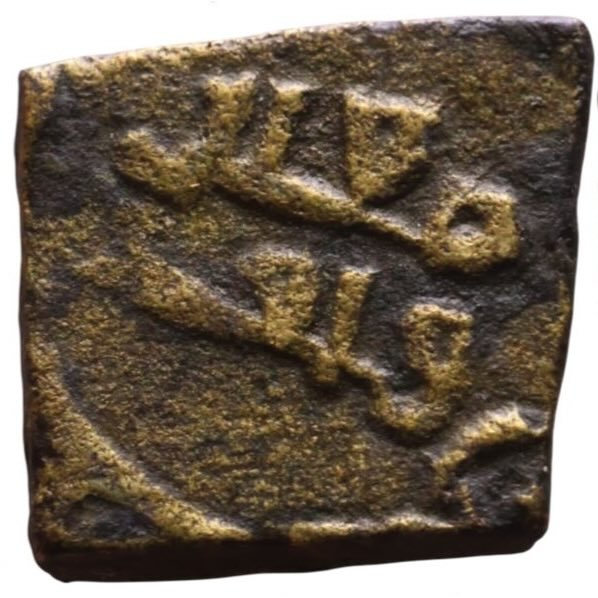 (Both sides of #1790 are illustrated below.)
(Both sides of #1790 are illustrated below.)
Ref: AR1. معير واف (ma'ir waf) which means “complete standard” or better translated as “full standard”.
Note: "mithqal wafi" and معير واف ("ma'ir waf[i]") can look deceptively similar.
2-Dirham weights. Most flat "brick" dirham-standard weights are square. Some are rectanglar with the sides not equal.
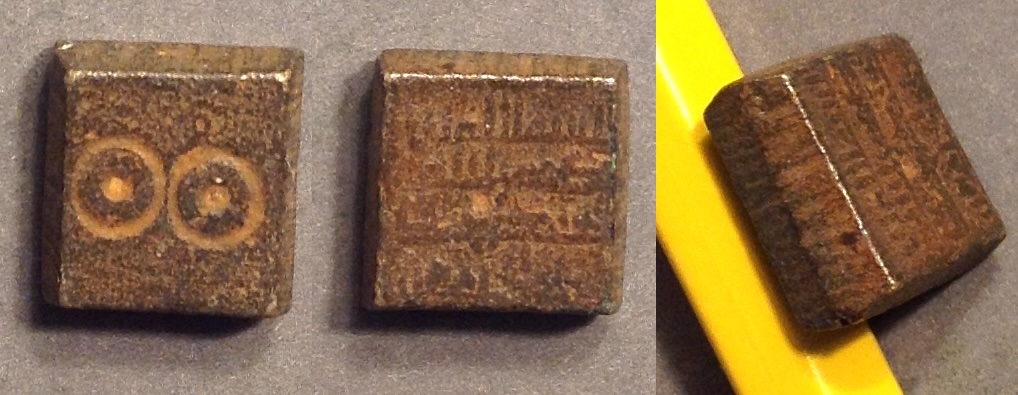 #24176
#24176
2-dirham weight. Brick shaped. Here called "flat". ("Polyhedral" weights are on a different page.)
5.70 grams (2.85 grams/dirham).
12.1 by 11.7 mm and 5.3 mm thick.
(The yellow is part of a pencil used to prop it up.)
Two bird's eyes for two dirhams.
Four lines of legend:
In the name of God [la llah illa Allah]
Muhammad is the prophet of God [Mohammed rasul Allah]
Al-Qadir Billah (Abbasid caliph in Baghdad from 991 to 1031)
Commander of the believers [Amir al-Mu’minin]
The first two lines are the usual two parts of the Kalima and the next two give the name and title of the caliph.
Ref: AR3
[Repeated from the main page.]
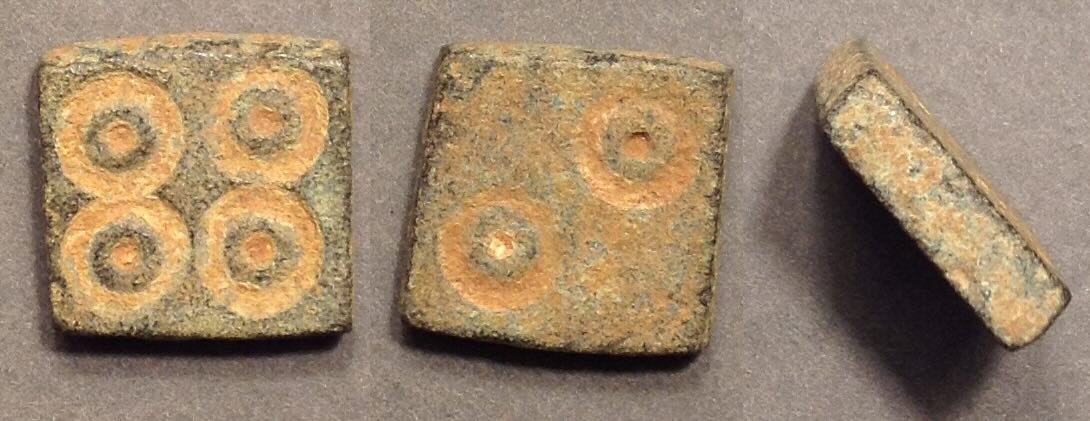 #624182
#624182
2-dirham brick.
14.6 by 14.0 by 3.5 mm.
5.59 grams (2.795 grams/dirham)
Four bird's eyes on one side and two on the other.
I would have thought it should be two bird's eyes one each side. Also, the weight is light--it should weigh 0.3 grams more or at least 0.2 grams more.
The next flat weight has an unusual design.
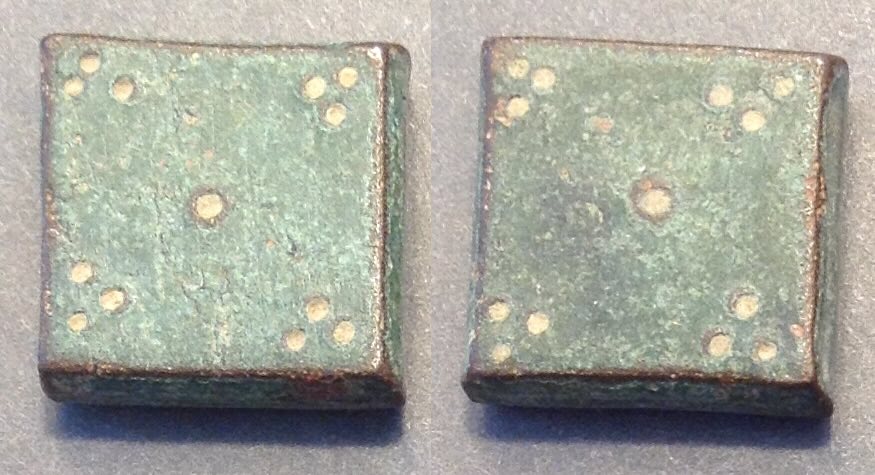 #101
#101
13.1 by 12.9 mm by 3.8 mm thick.
5.68 grams. (I don't think corrosion has affected this number.)
If this is a 2-dirham weight, and I think it is, it is a bit light at only 2.84 grams/dirham.
Note how, in addition to the central dot, there are 12 dots total in the corners. 12 dots at 6 dots per dirham makes 2 dirhams.
Does the different design and light weight mean it is from a different place or time-period? We don't know (and won't until laws are changed to reward finders who report find spots and contexts.)
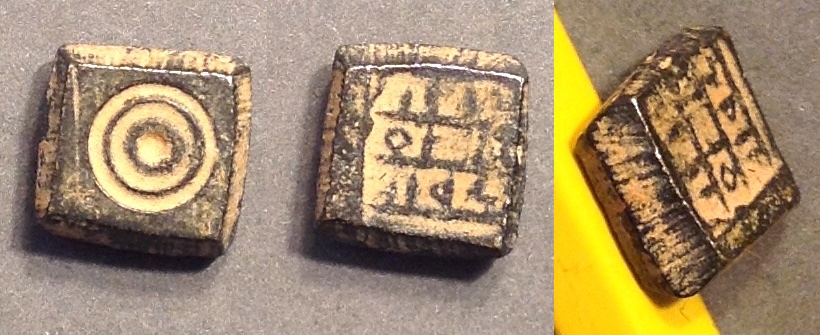 #24177
#24177
1-dirham weight.
2.88 grams. 9.7 by 9.7 mm and 4.1 mm thick.
One bird's eye and a three-line legend.
First line uncertain followed by
Sayf
al-Dawla ("Sword of the state" who ruled at Mosul 942-967.)
Ref: AR3
[Repeated from the main page.]
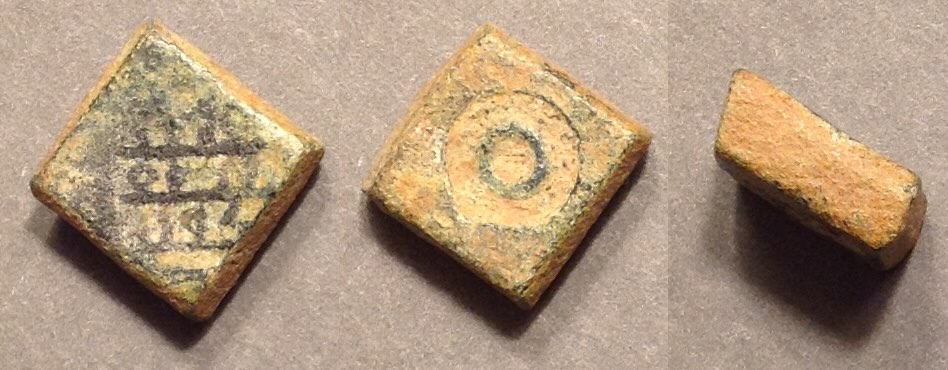 #24202
#24202
Another 1-dirham weight with the same legend.
2.83 grams. 10.2 by 10.0 by 3.7 mm.
The lettering is not well-centered. It looks like the same legend as on the one above.
First line uncertain followed by
Sayf
al-Dawla ("Sword of the state" who ruled at Mosul 942-967.)
Ref: AR3
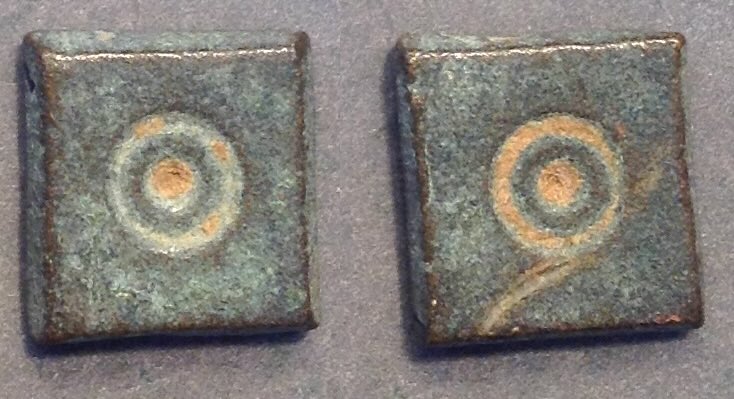 #110
#110
1-dirham. 2.785 grams.
10.9 by 10.4 by 2.9 mm thick.
One bird's eye on each side.
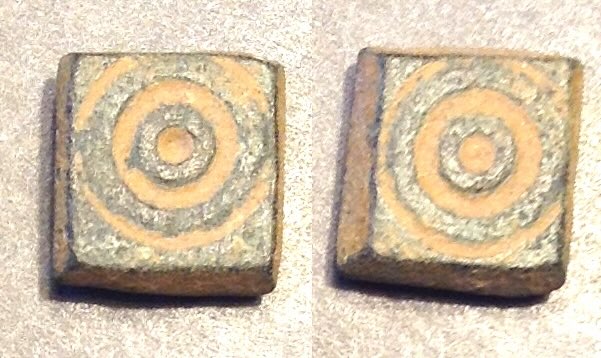 #24139
#24139
1-dirham weight.
2.88 grams. 11.2 by 10.7 by 3.2 mm.
One bird's eye for one dirham.
[Repeated from the main page.]
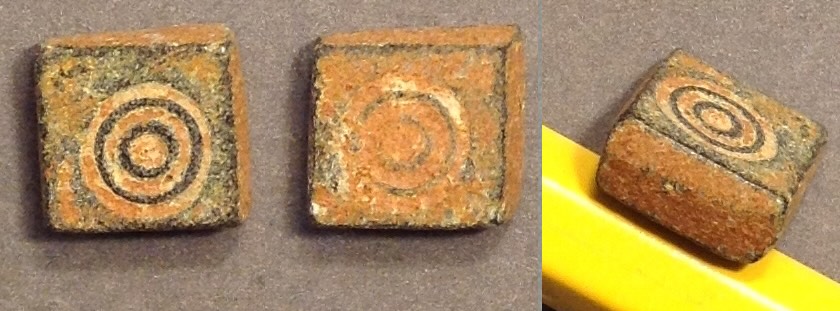 #24166
#24166
1-dirham weight.
2.86 grams. 9.8 by 9.0 by 4.1 mm.
One bird's eye for one dirham.
 #24213
#24213
1-dirham weight
2.885 grams. 11.4 by 11.0 mm. 2.6 mm thick.
One bird's eye for one dirham.
[Repeated from above.]
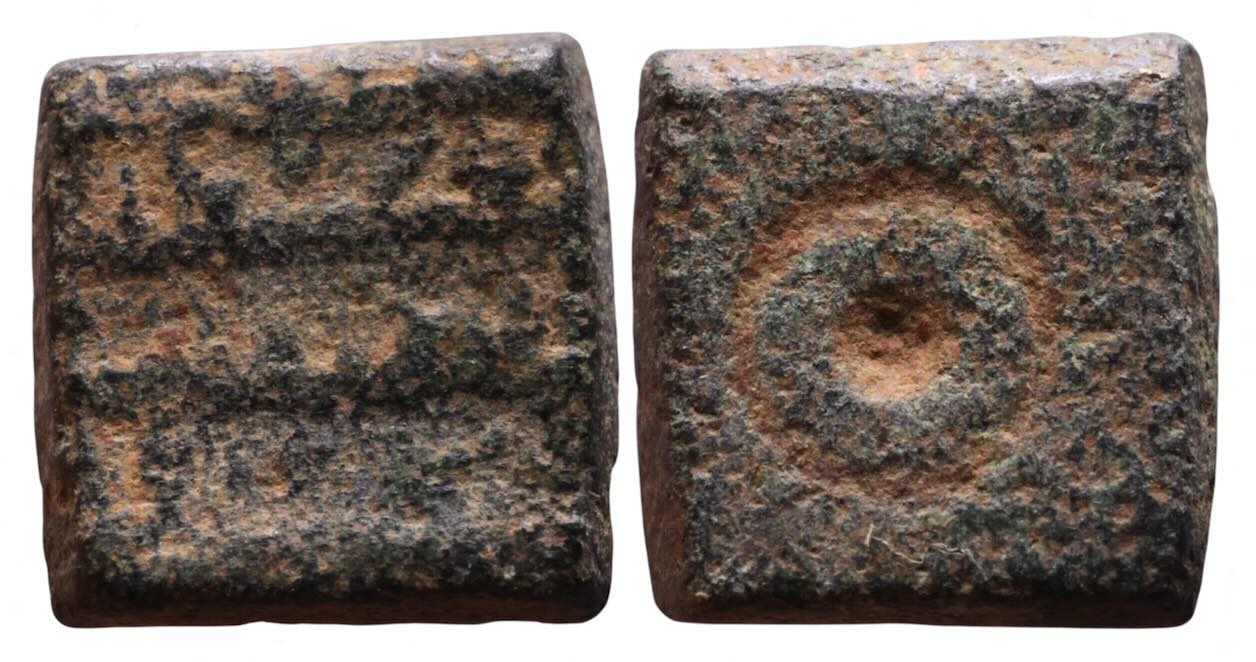 #1551
#1551
1-dirham weight
2.78 grams (a little light)
9.8 by 9. 7 by 3.6 mm.
Legend in three(?) lines
One bird's eye.
Half-dirham weights with lettering. Click the images for enlargements.
Half-dirham weights are identified by being square or rectangular and having 3 punch marks on the reverse. They weigh about 1.42 grams ± 0.05 grams (2.84 grams/dirham, a little light).
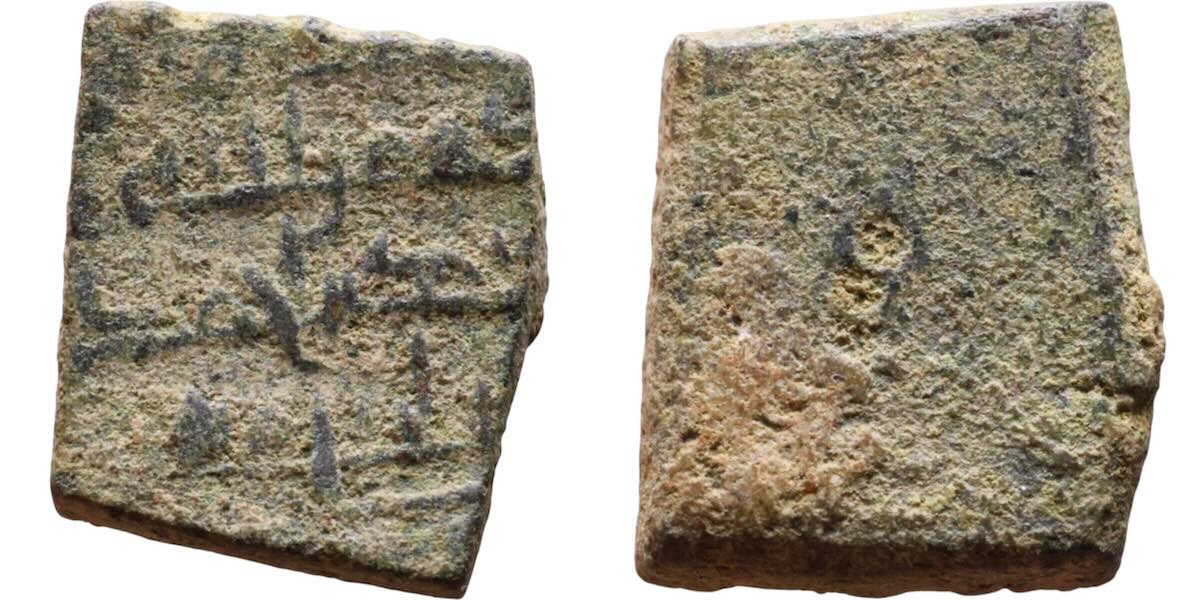
#615
1.495 grams. 9.8 by 8.4 by 2.3 mm.
Half dirham. (2.91 grams/dirham)
Three overlapping punch marks.
Seems to be the same legend as above on #614 and #1146.
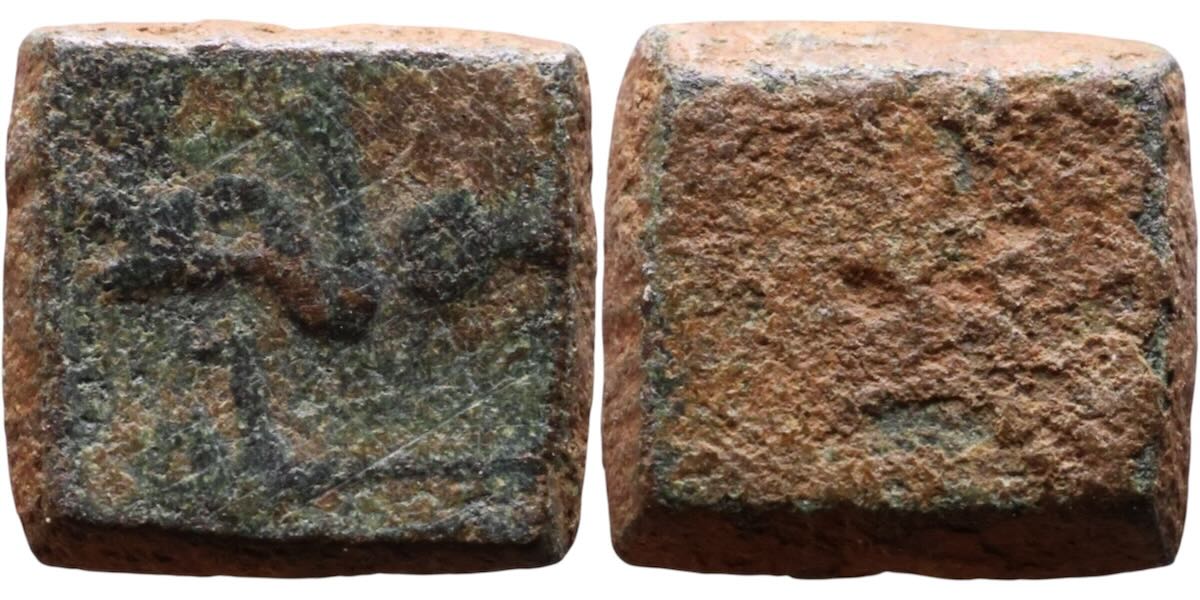
#599
Half dirham. 1.46 grams.
8.6 by 8.3 by 2.7 mm.
(2.92 grams/dirham)
Three punchmarks, unclear.
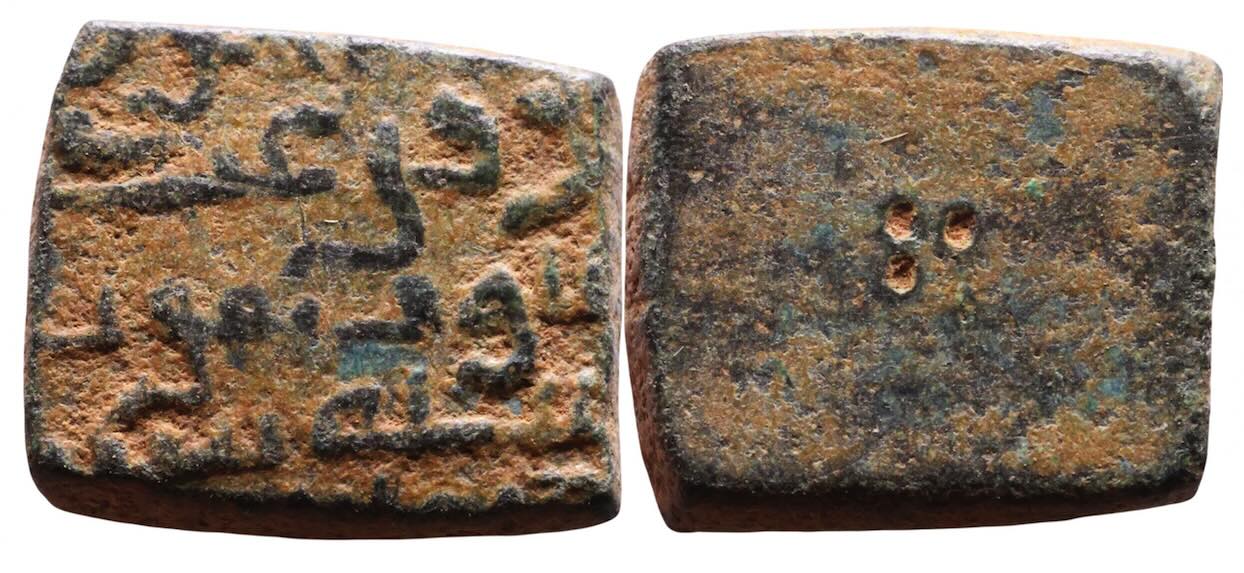
#1151
Half-dirham. 1.38 grams. Light weight (2.76 grams/dirham).
10.3 by 8.6 by 1.9 mm.
Three punch marks.
I am tempted to read among these words "adas aswad" black lentils.
Ref: AR1
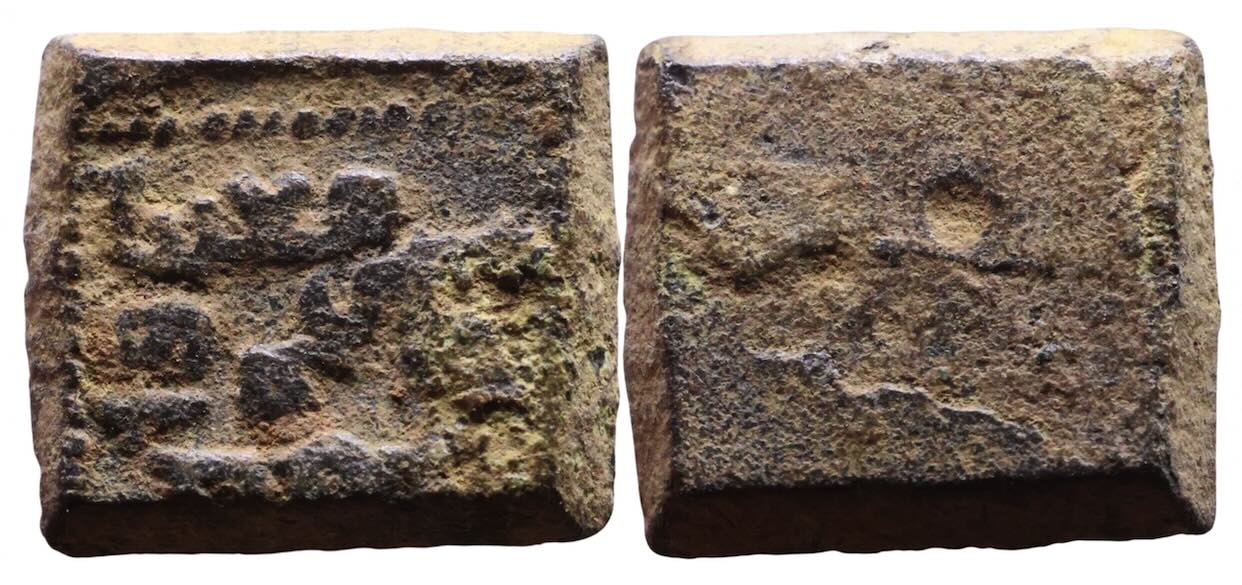
#1156
1.425 grams. Half dirham. (2.85 grams/dirham)
9.1 by 8.2 by 2.7 mm.
Three punch marks (two obscure).
Ref: AR1. معير واف (ma'ir waf) which means “complete standard” or better translated as “full standard”
See also #1165 and #1156.
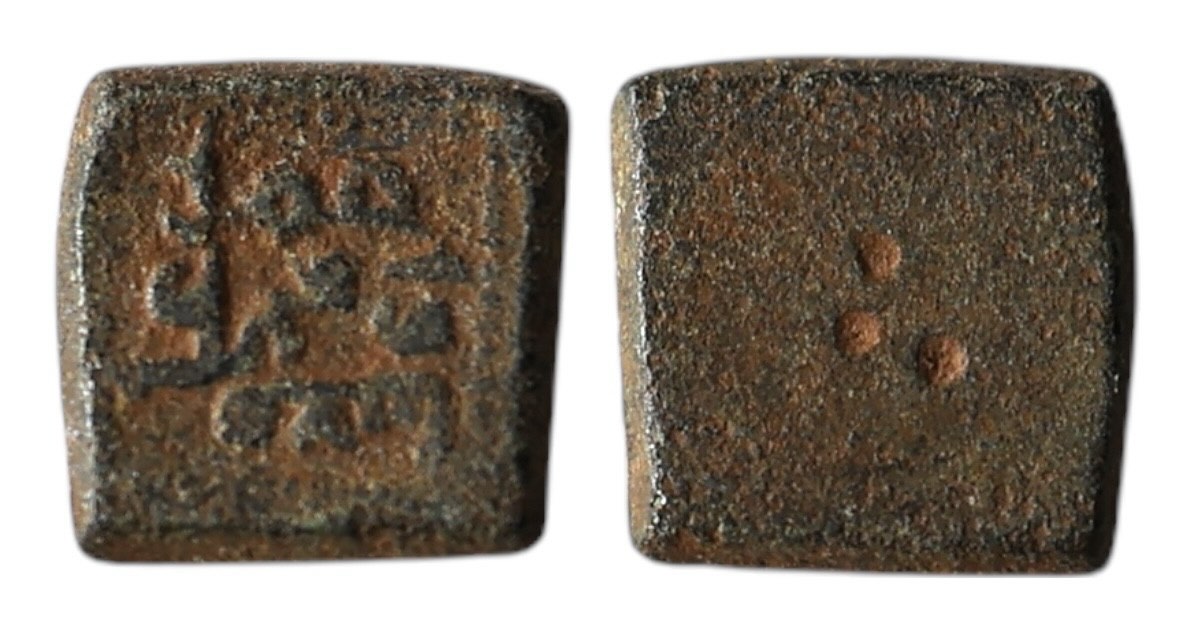
#351
1.38 grams. Half dirham. (2/76 grams/dirham)
9.8 by 9.8 by 1.8 mm.
Three punch marks.
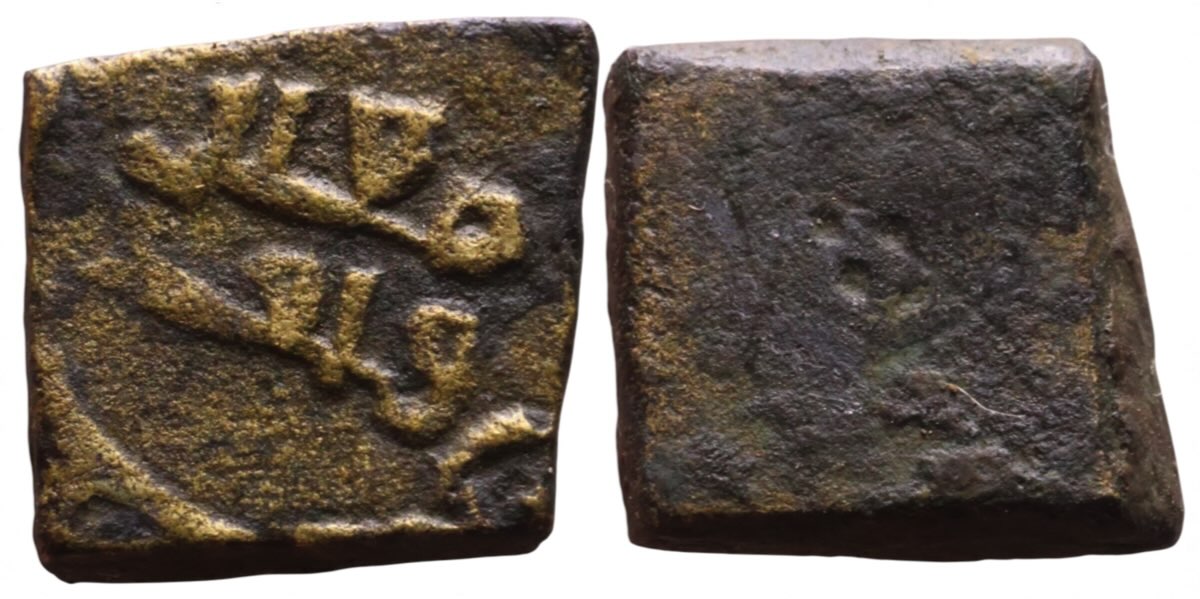 #1790
#1790
1.40 grams. Half-dirham. (2.80 grams/dirham)
8.4 by 7.7 by 2.5 mm.
Three punch marks.
"Standard, complete."
AR3: معير واف (maeir waf) which means “complete standard” or better translated as “full standard”.
This legend is also on #2559 and some other weights linked there.
Next are weights that might have the same legend (so far, uncertain).
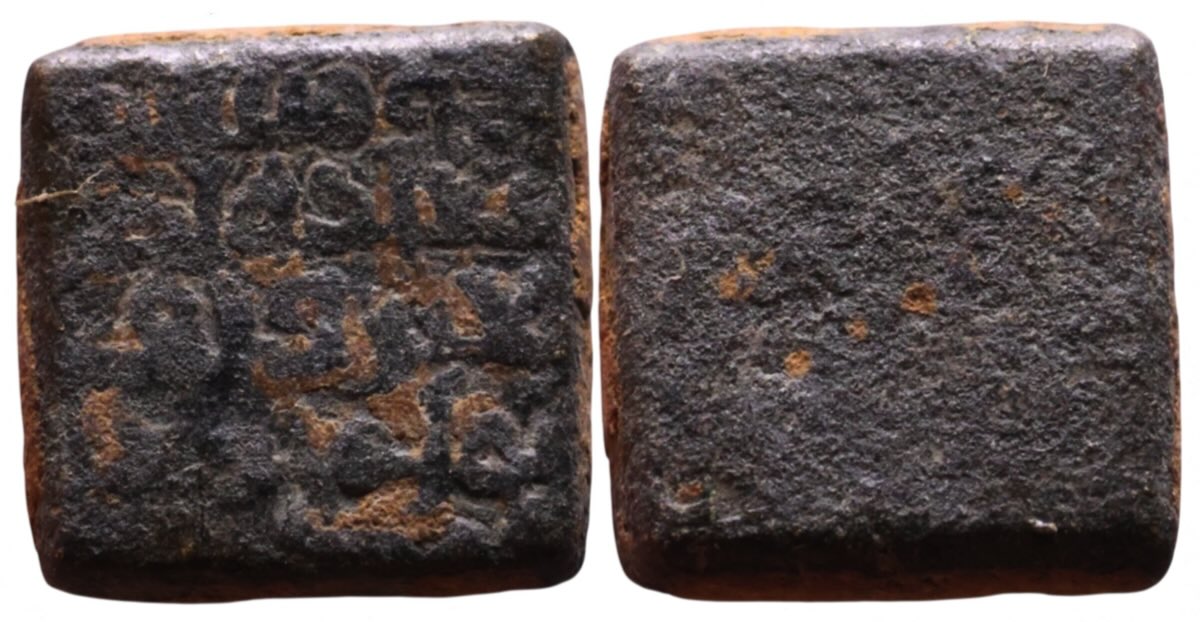 #1552
#1552
1.36 grams. Half dirham. (2.71 grams/dirham)
8.6 by 8.4 by 2.2 mm.
Punch marks encrusted and it is not obvious how many there are.
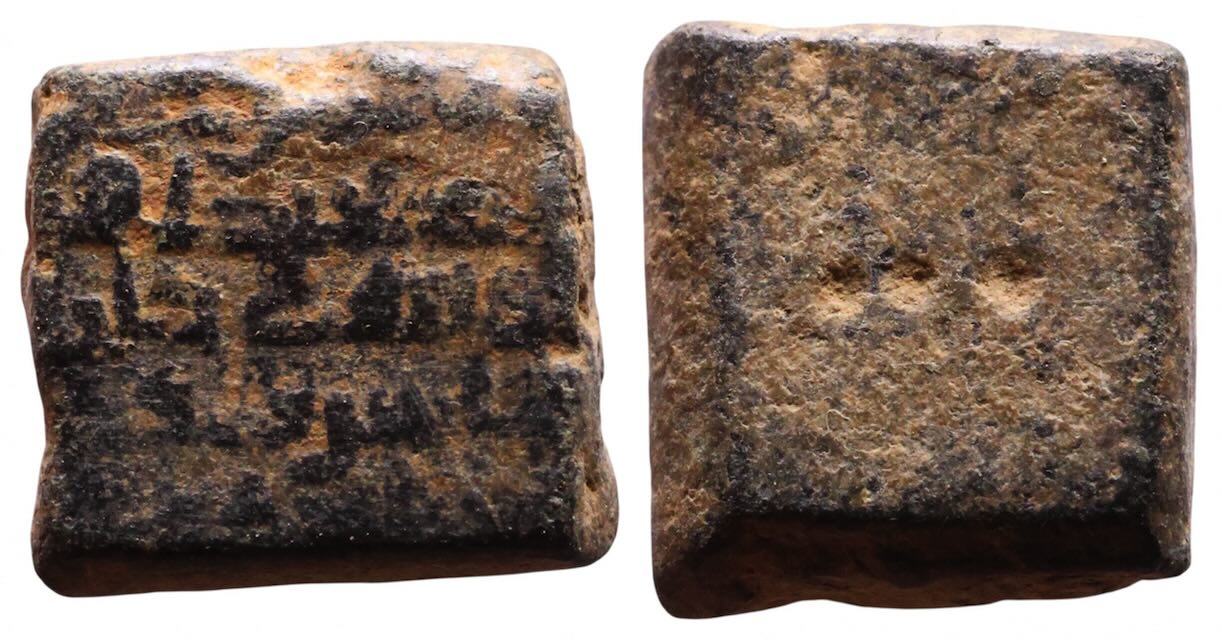
#1179
1.40 grams. Half dirham. (2.80 grams/dirham)
8.4 by 7.8 by 2.7 mm.
Three punch marks.
This one seems to have the same legend as the next one.
I am tempted to see here a line which says (he) (then a name) ordered the manufacture of a mikyala of black lentils (at the hands of . . .)
Ref: AR1
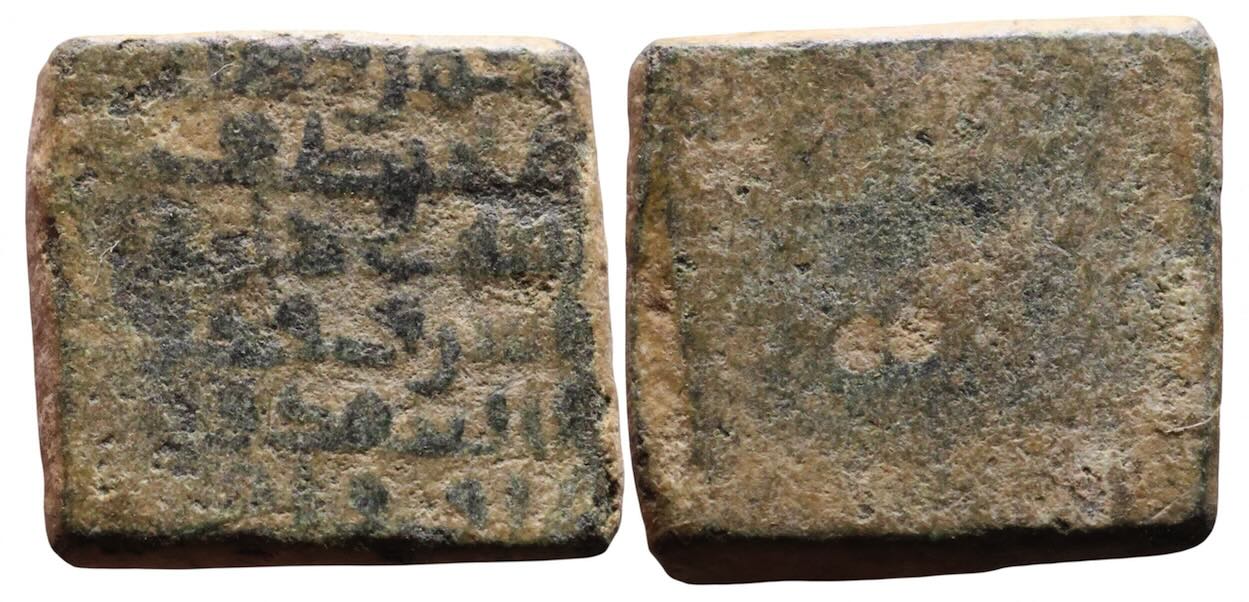
#1147
0.94 grams. Third dirham. (2.84 grams/dirham)
9.5 by 8.8 by 1.5 mm (Much thinner than the above piece).
Two punch marks.
Same legend as above.
Ref: AR1
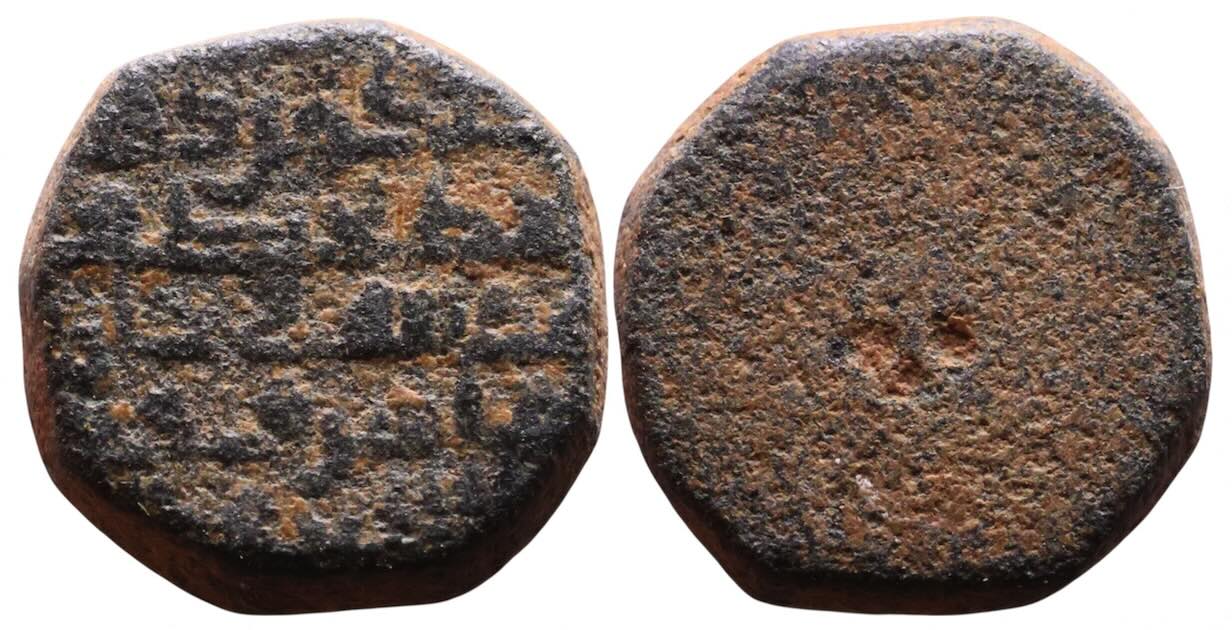
#1187
1.345 grams. Third dinar. (4.04 grams/dinar)
9.0 by 2.5 mm.
Two punch marks.
The letters are only 1 mm tall.
The first one of those three is a half-dirham, the second a third-dirham, and the last a third-dinar. If these really have the same legend, they prove that the same legend can be on different denominations.
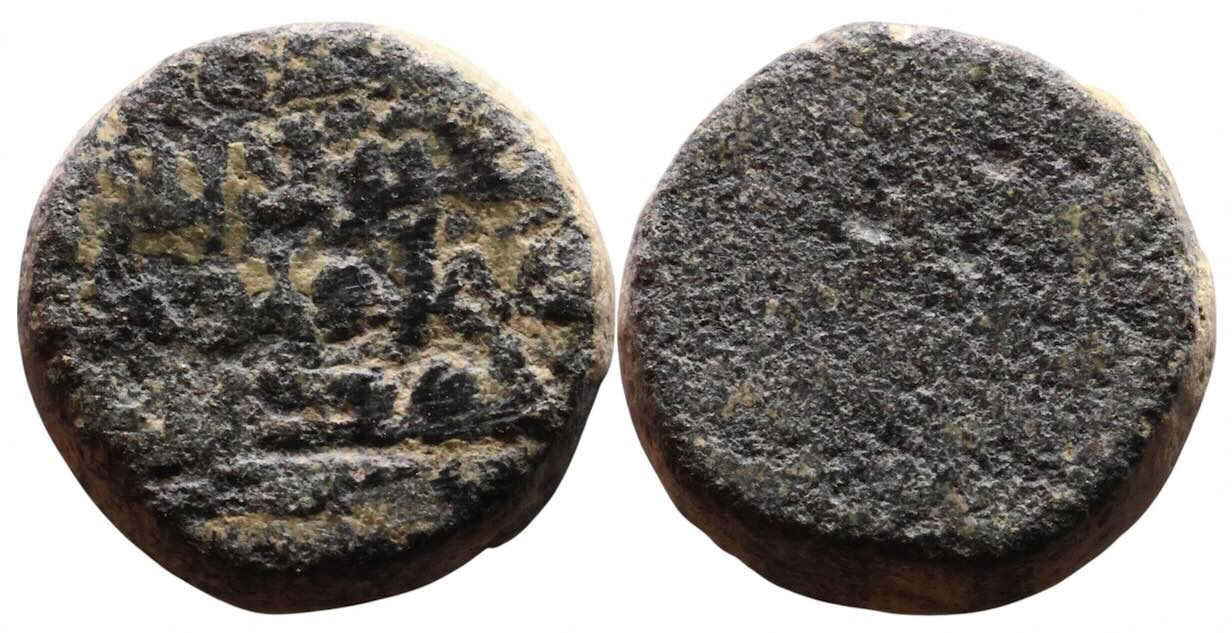
#1182
1.32 grams. Third dinar. (3.96 grams/dinar)
8.9 by 2.5 mm thick
Two punchmarks, both weak.
Ref: AR1. The legend is the same as #1187 above.
Half-dirhams with circles with legends in the interior.
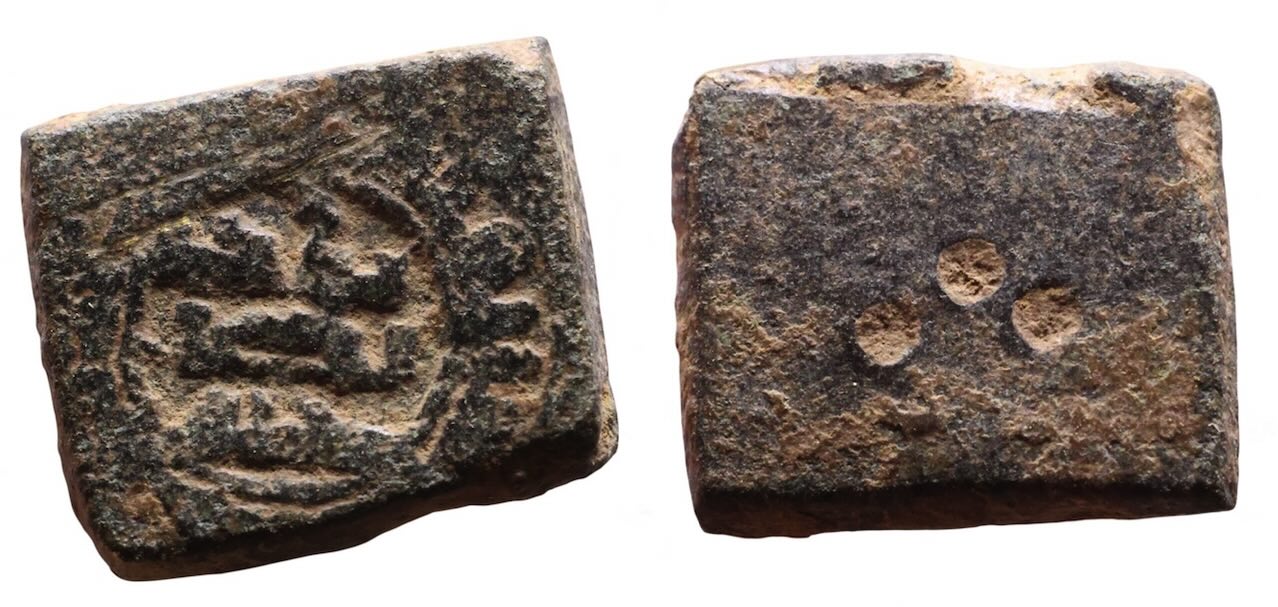 #1158 (also on the main page)
#1158 (also on the main page)
1.46 grams. Half dirham. (2.92 grams/dirham)
The rectangular shape indicates it is on the dirham standard and the three dots indicate 3/6 = 1/2.
9.3 by 8.1 by 2.4 mm.
The legend awaits translation from some helpful reader. Write to me at
 [Repeated from the main page.]
[Repeated from the main page.]
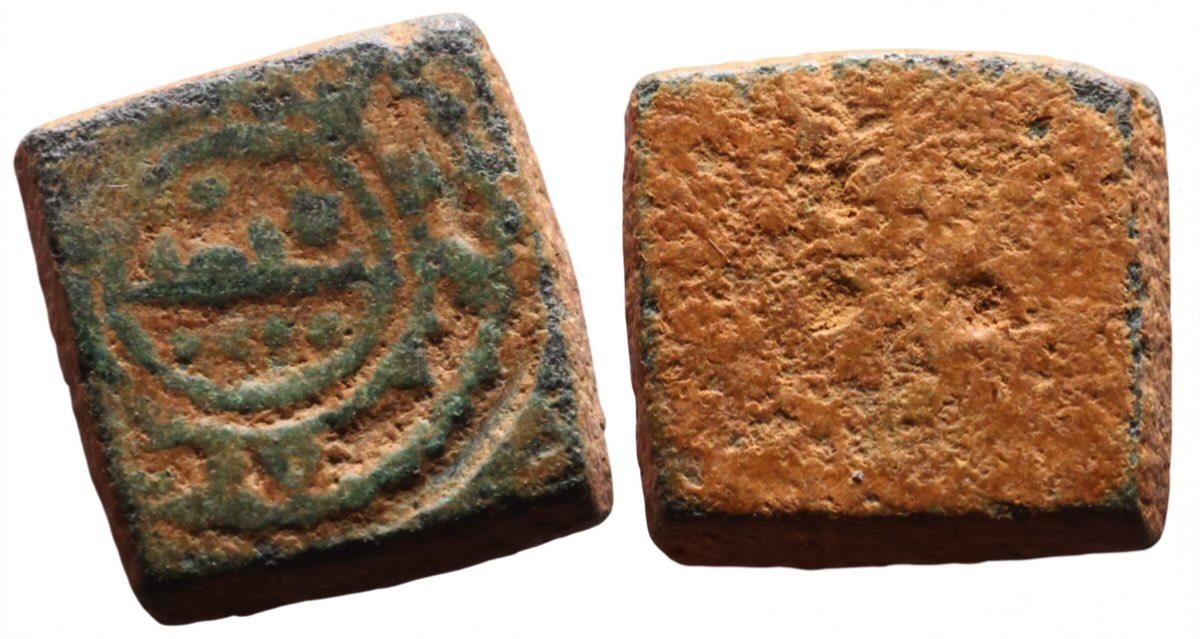
#1175
1.425 grams. Half dirham. (2.85 grams/dirham)
9.3 by 8.7 by 2.2 mm.
Three punch marks.
looks like Muhammad in the center, probably the same with #1153
Ref: AR1
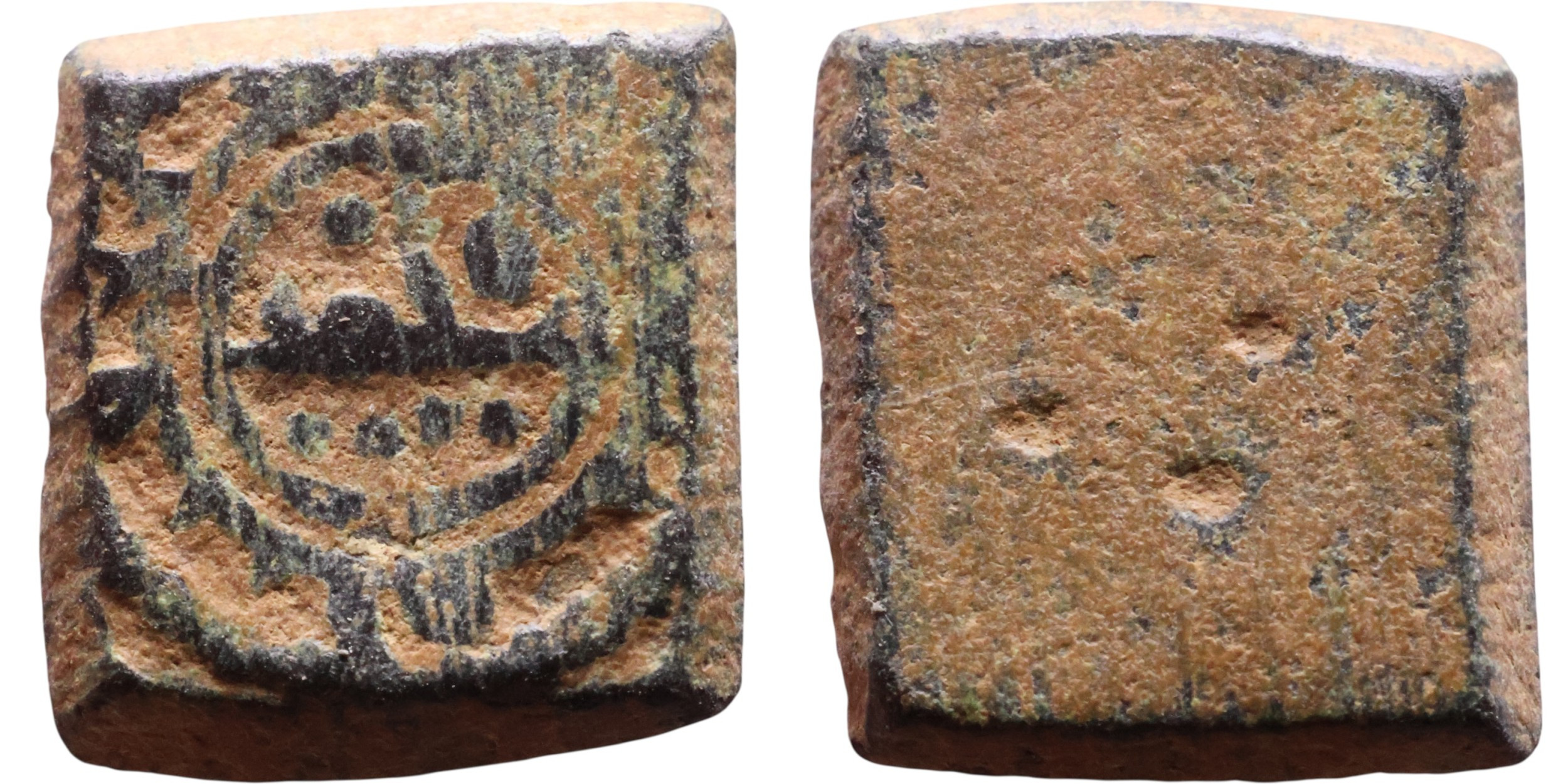
#1116
1.43 grams. Half-dirham. (2.86 grams/dirham)
9.3 by 8.3 by 2.5 mm.
Three punch marks.
in the center Muhammad, or it could be mithqal
Ref: AR1
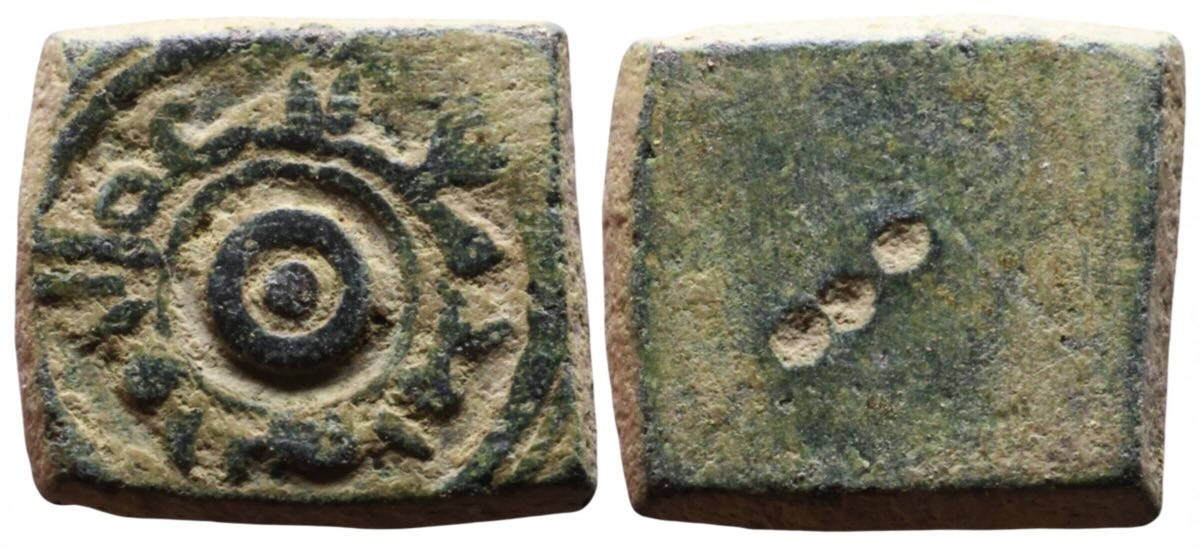
#1141
1.42 grams. Half dirham. (2.84 grams/dirham)
10.0 by 8.9 by 2.0 mm.
Three punch marks.
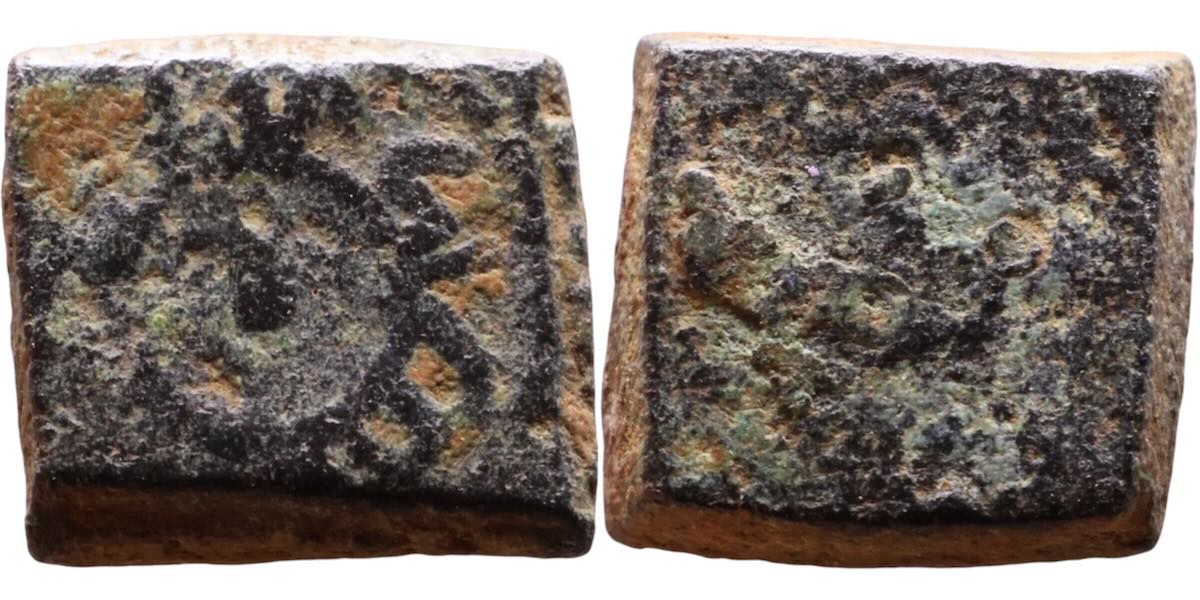
#853
1.39 grams. 8.5 by 7.9 by 2.6 mm.
Half dirham. (2.78 grams/dirham)
Punch marks unclear.
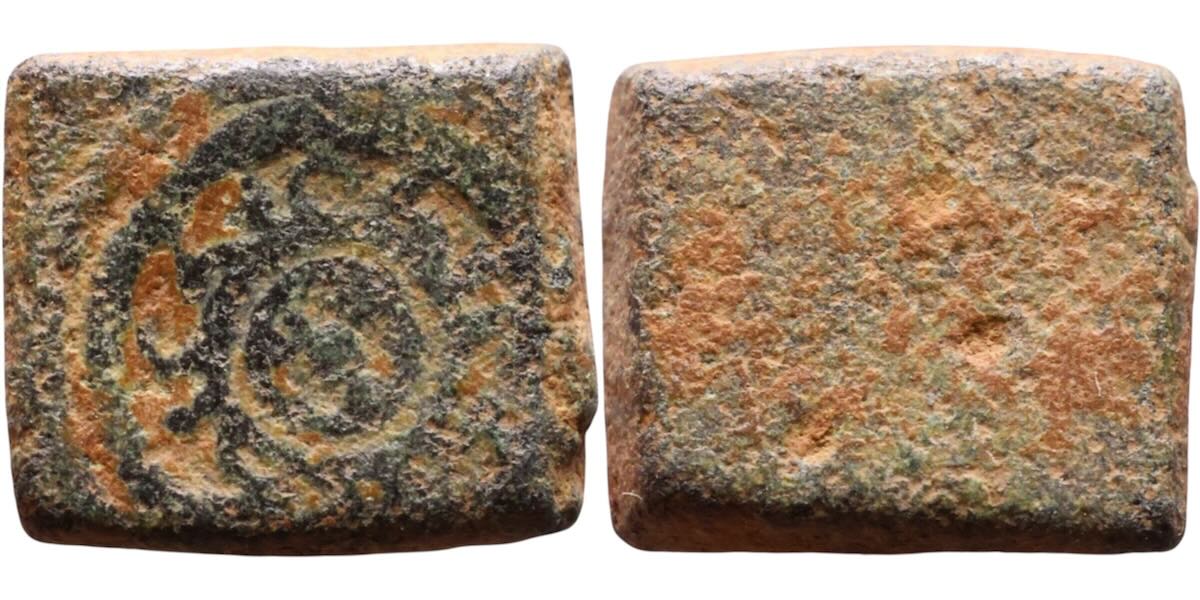
#626
1.42 grams. 9.3 by 8.0 by 2.4 mm.
Half dirham. (2.84 grams/dirham)
Punch marks unclear--presumably three.
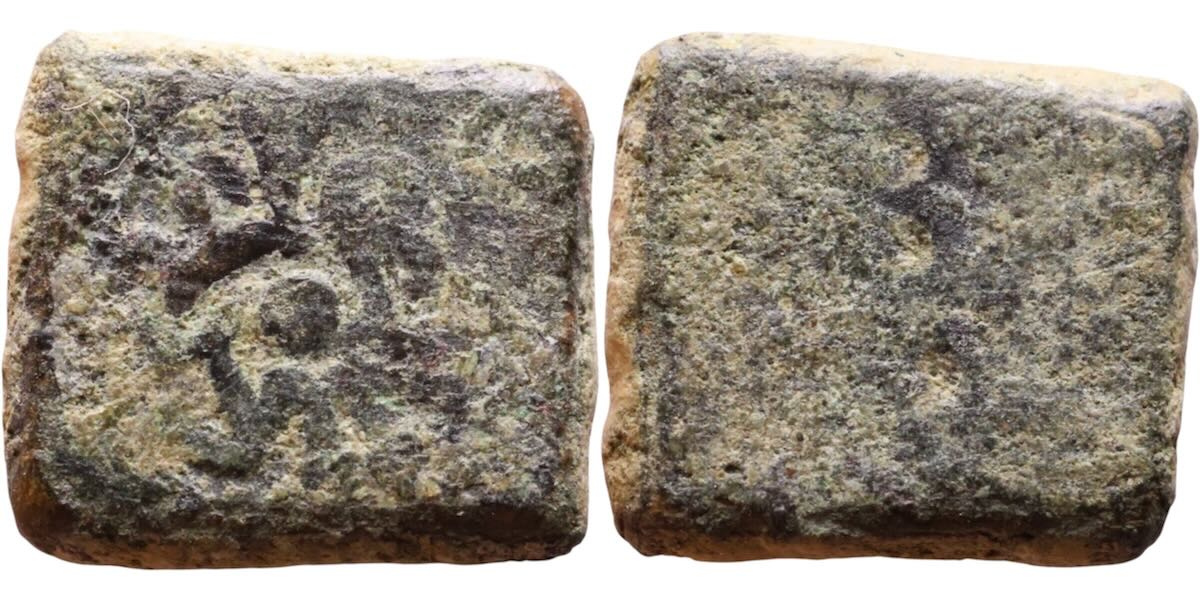
#613
1.365 grams. 10.3 by 9.4 by 2.0 mm.
Half dirham, light. (2.73 grams/dirham)
Three punch marks.
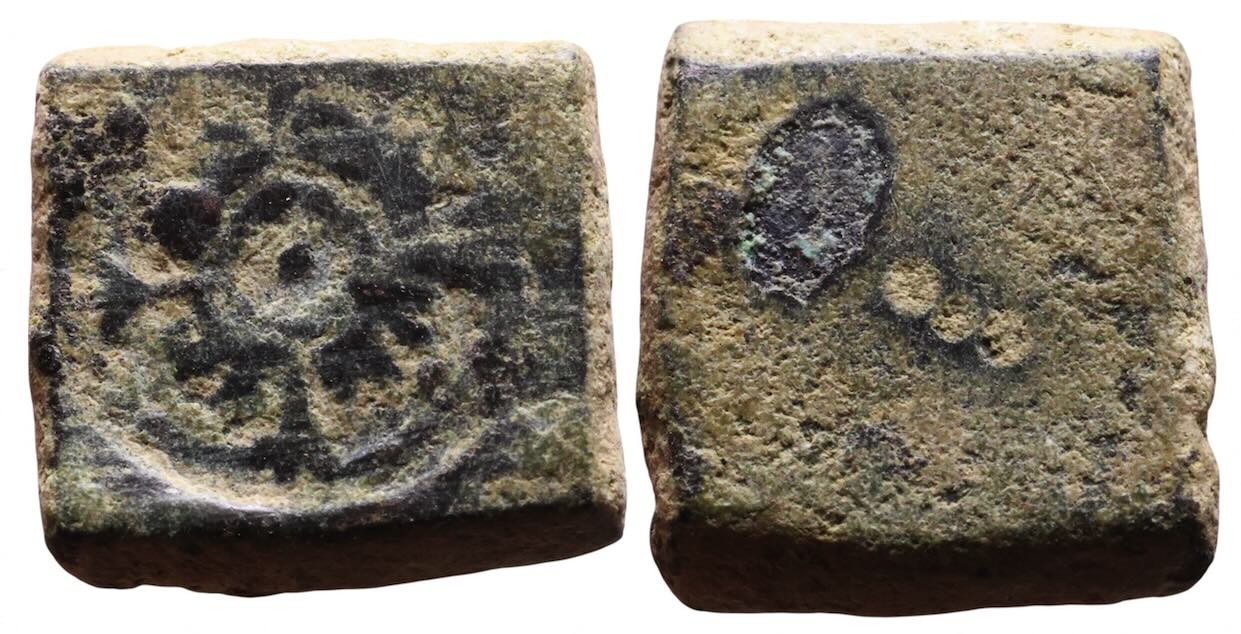 #1134
#1134
1.47 grams. Half-dirham. (2.94 grams/dirham)
9.7 by 9.4 by 2.2 mm.
Three punch marks.
One-third dirham weights with lettering.
They weigh about 0.92 grams ± 0.04 grams (2.76 grams/dirham, a little light).
In this order: Legends in horizontal lines, circles with legends in the middle, circles with dots in the middle.
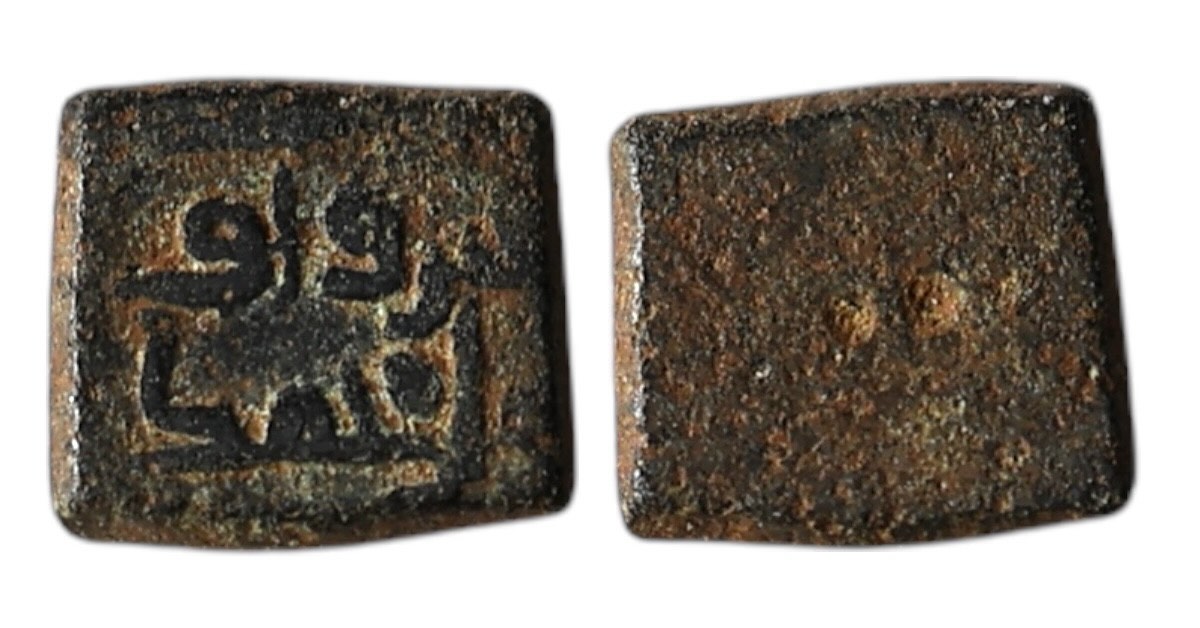
#353
0.91 grams. Third dirham. (2.73 grams/dirham)
8.9 by 8.1 by 1.6 mm.
Two punch marks.
"wafi Muhammad," in full measure Muhammad,
although this seems a bit off unless Muhammad made the weight.
Ref: AR1
This legend is also on a half-dirham #1790.
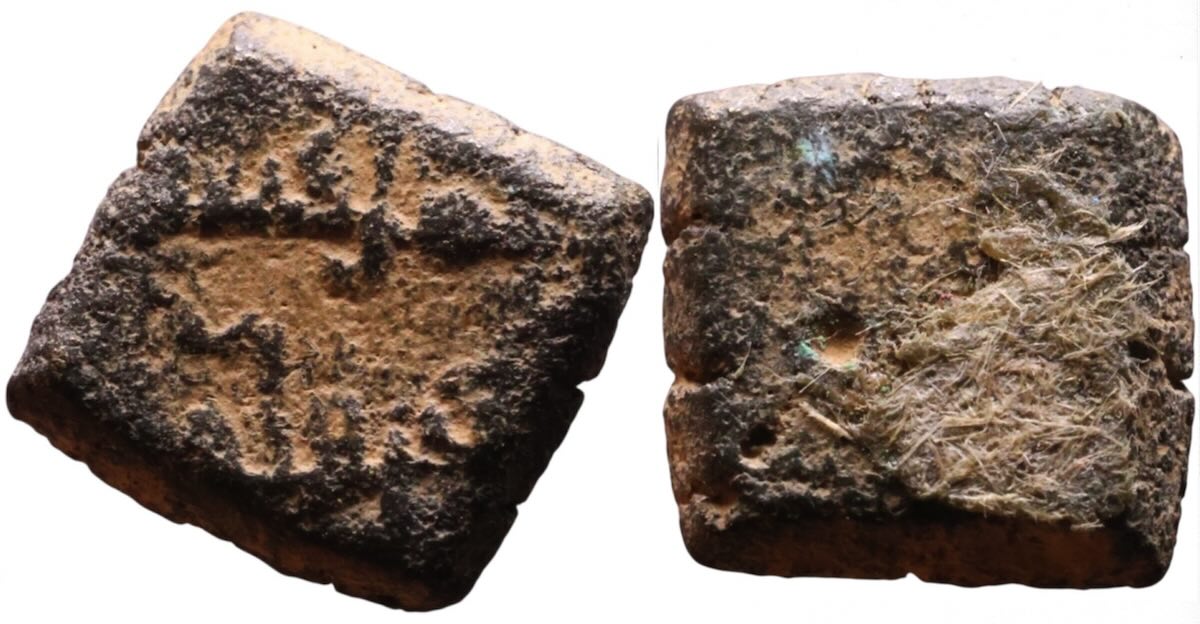
#850
0.815 grams. 7.5 by 7.2 by 2.1 mm.
Third dirham, but very light. (2.45 grams/dirham)
One punch mark is clear and if there is a second it may be below the encrustation which seems to be fabric. I wonder if one could do Carbon-14 dating on that?
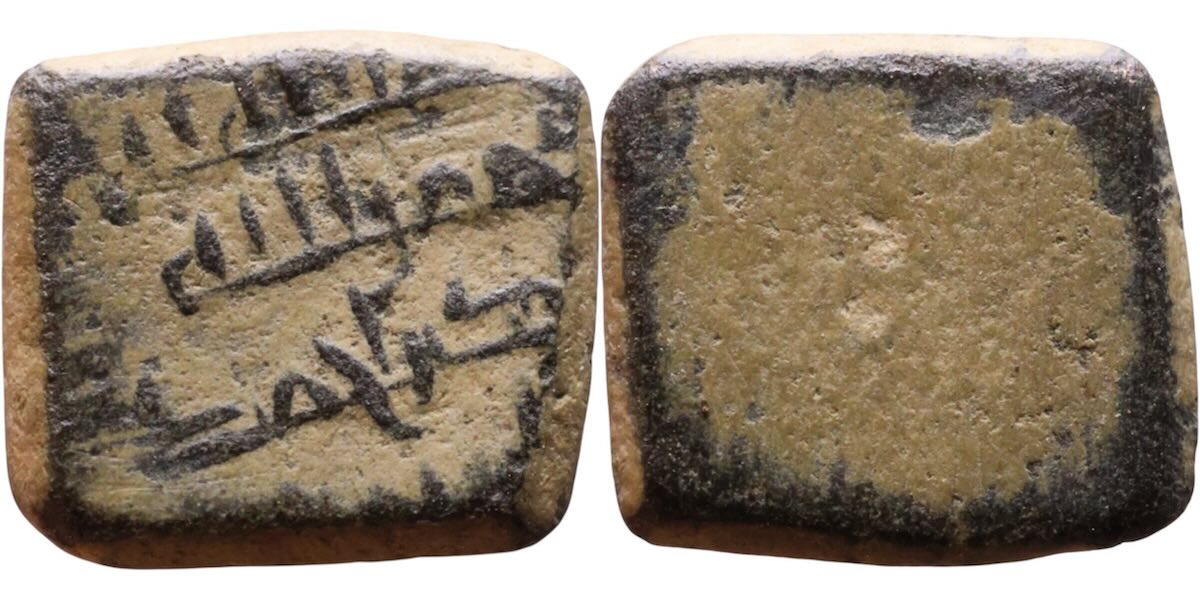
#625
0.915 grams. 9.6 by 8.7 by 1.6 mm.
Third dirham. (2.75 grams/dirham)
Two punch marks, somewhat encrusted.
Seems to be the same legend as on #614 and #615,.
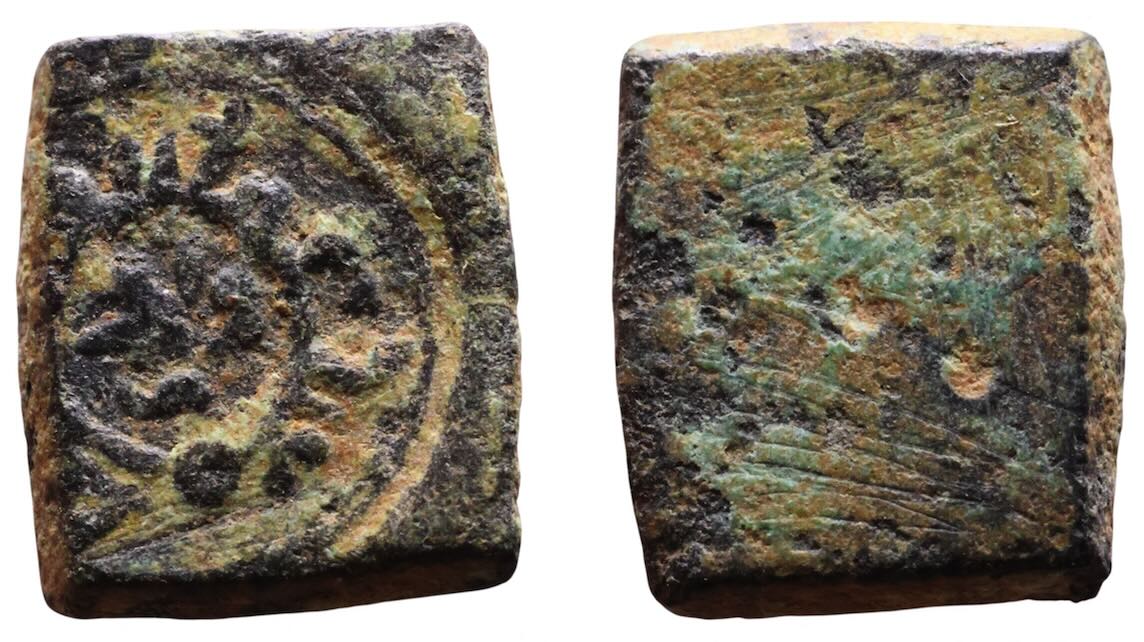
#1166
0.90 grams. Third dirham. (2.70 grams/dirham)
9.1 by 7.7 by 1.5 mm.
Two punch marks.
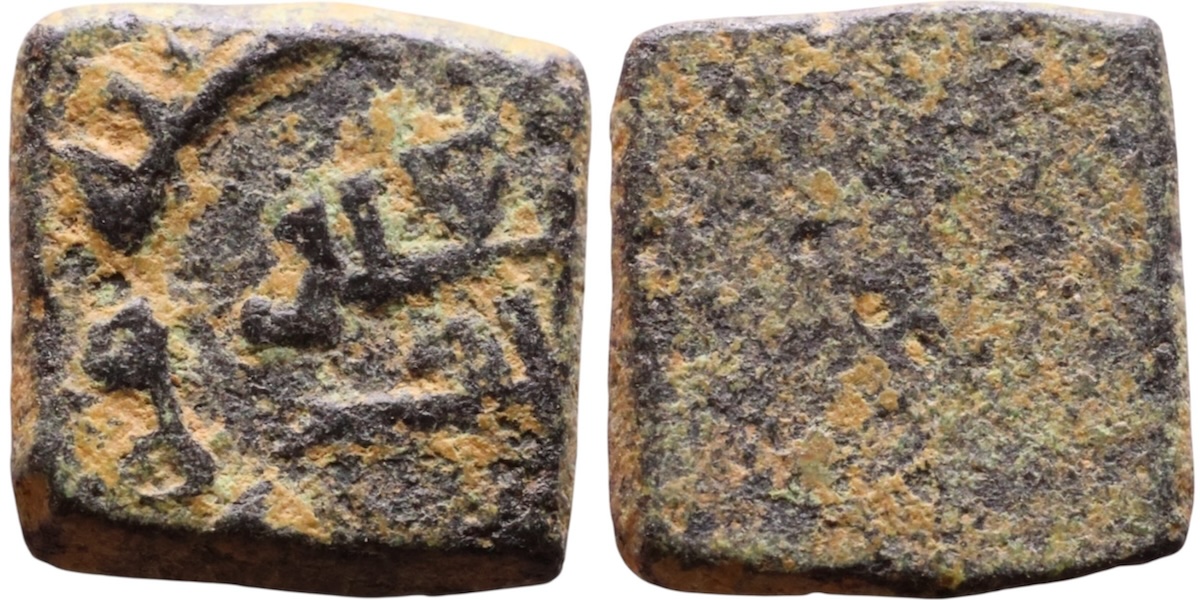
#629
0.91 grams. 8.7 by 8.4 by 1.6 mm.
Third dirham, light. (2.73 grams/dirham)
Two punch marks.
The interior legend seems to be the same as on the half-dirham #2559.
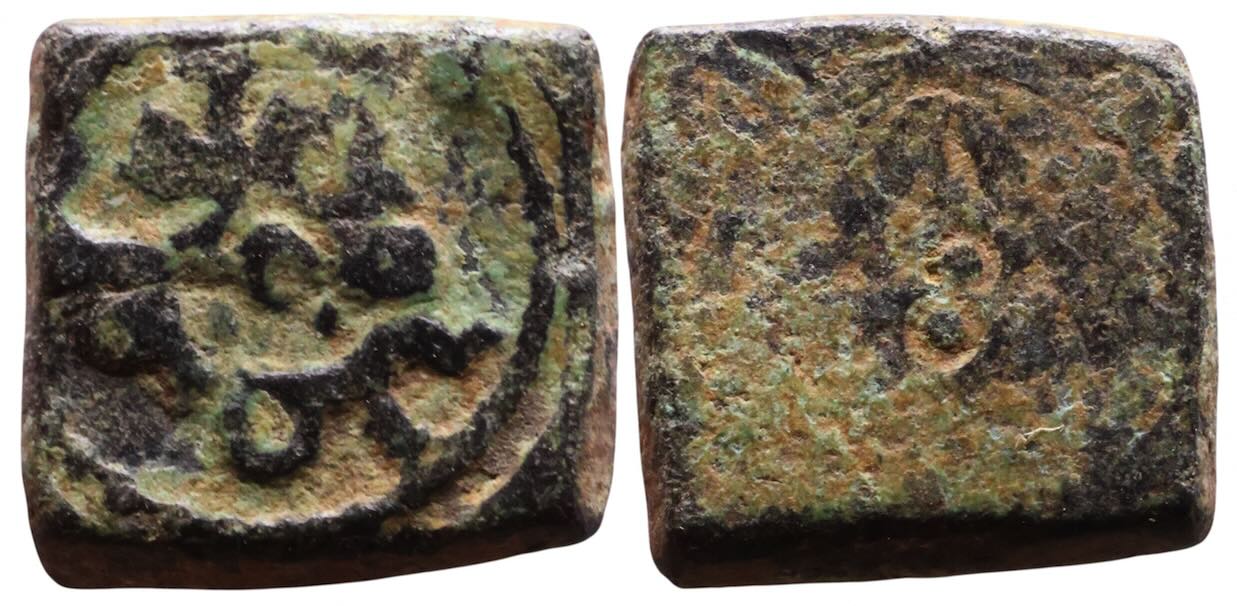
#1186
0.89 grams. Third dirham. (2.67 grams/dirham)
7.9 by 7.8 by 1.8 mm.
Two punch marks, unclear.
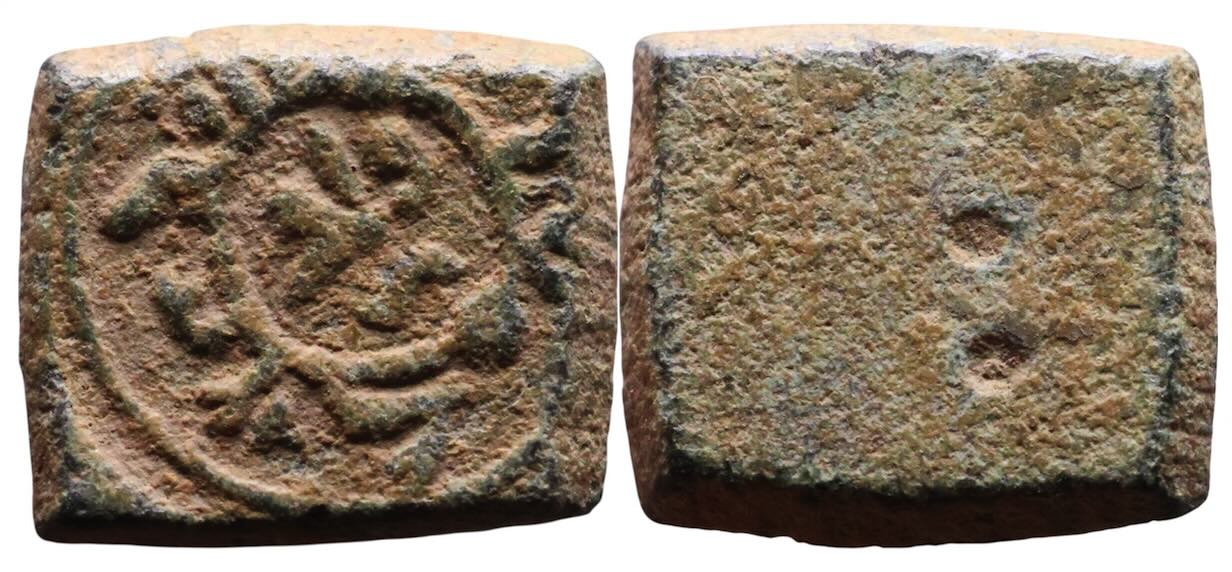
#1191
0.91 grams. Third dirham. (2.73 grams/dirham)
8.3 by 7.2 by 2.0 mm.
Two punch marks.
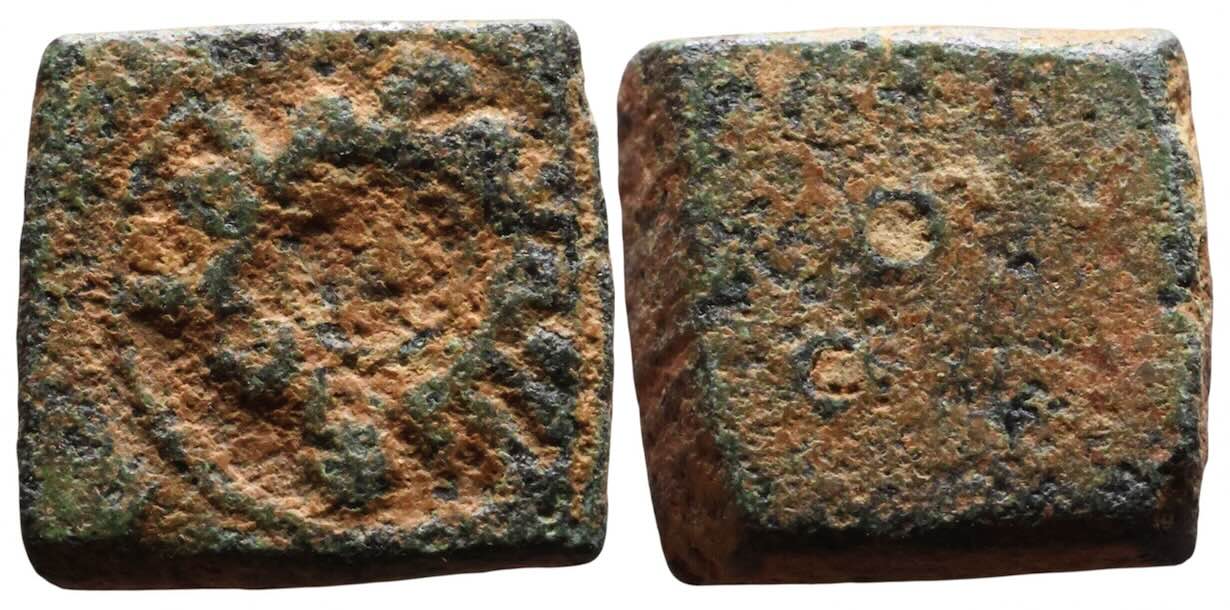
#1188
0.915 grams. Thrid dirham (2.75 grams/dirham).
7.9 by 7.6 by 1.9 mm.
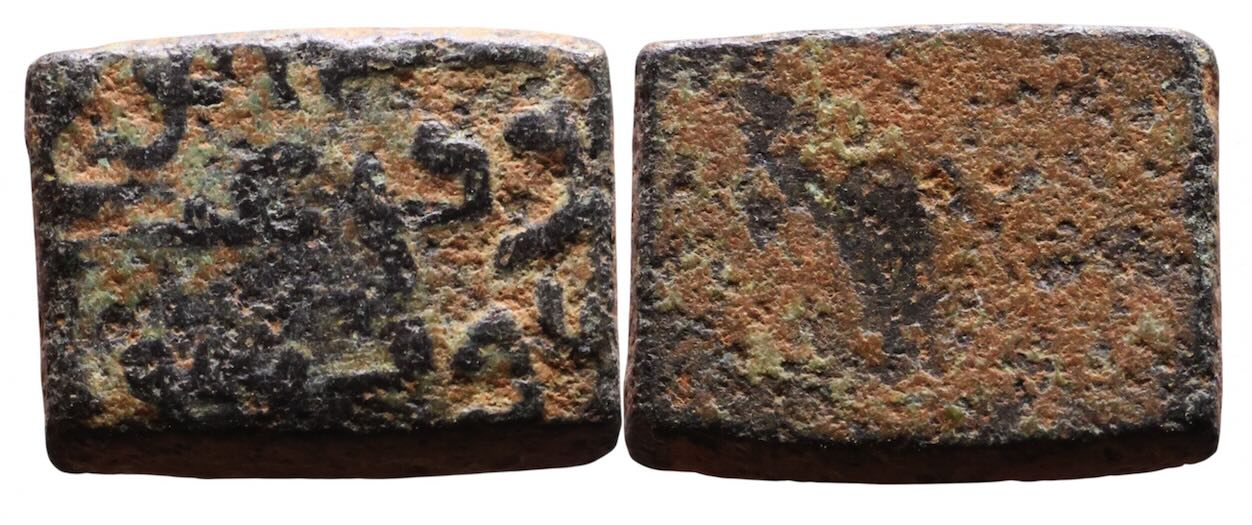
#1183
0.92 grams. Third dirham. (2.73 grams/dirham)
9.2 by 7.1 by 1.6 mm.
Punchmarks unclear.
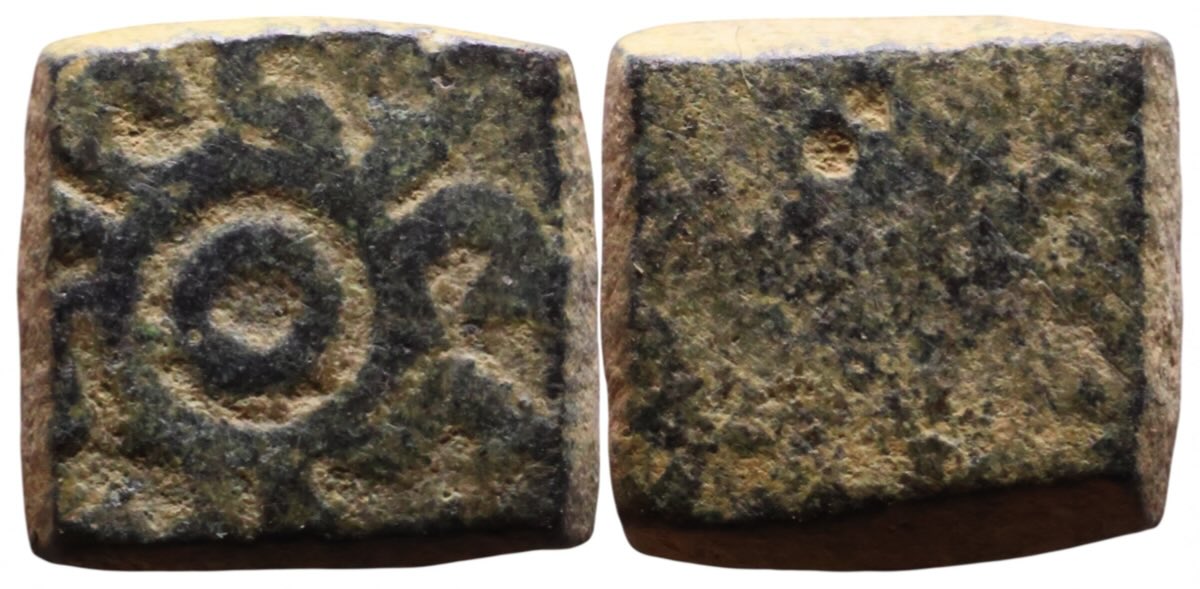
#1192
0.99 grams. Third dirham, (2.97 grams/dirham)
7.1 by 7.1 by 2.5 mm.
Two punch marks.
Legend looks somewhat like #588 in Holland (1986) 0.944 grams, not translated there and very crowded.
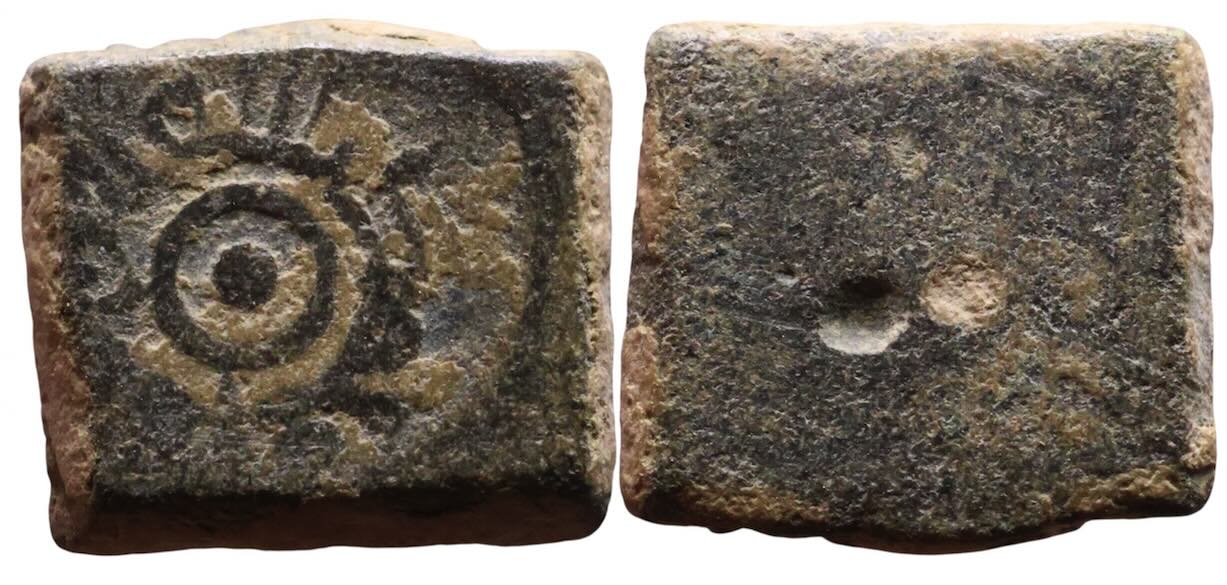
#1189
0.945 grams. Third dirham. (2.84 grams/dirham)
8.3 by 7.6 by 1.9 mm.
Two punch marks.
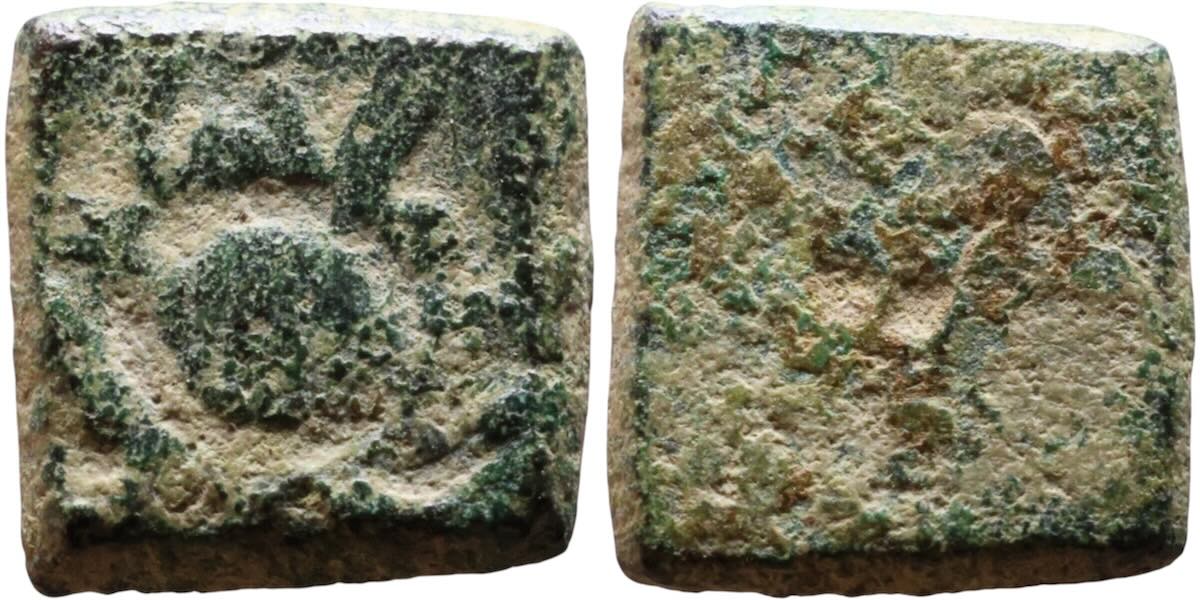
#851
0.905 grams. Third dirham. (2.72 grams/dirham)
8.7 by 8.4 by 1.7 mm.
Two punch marks.
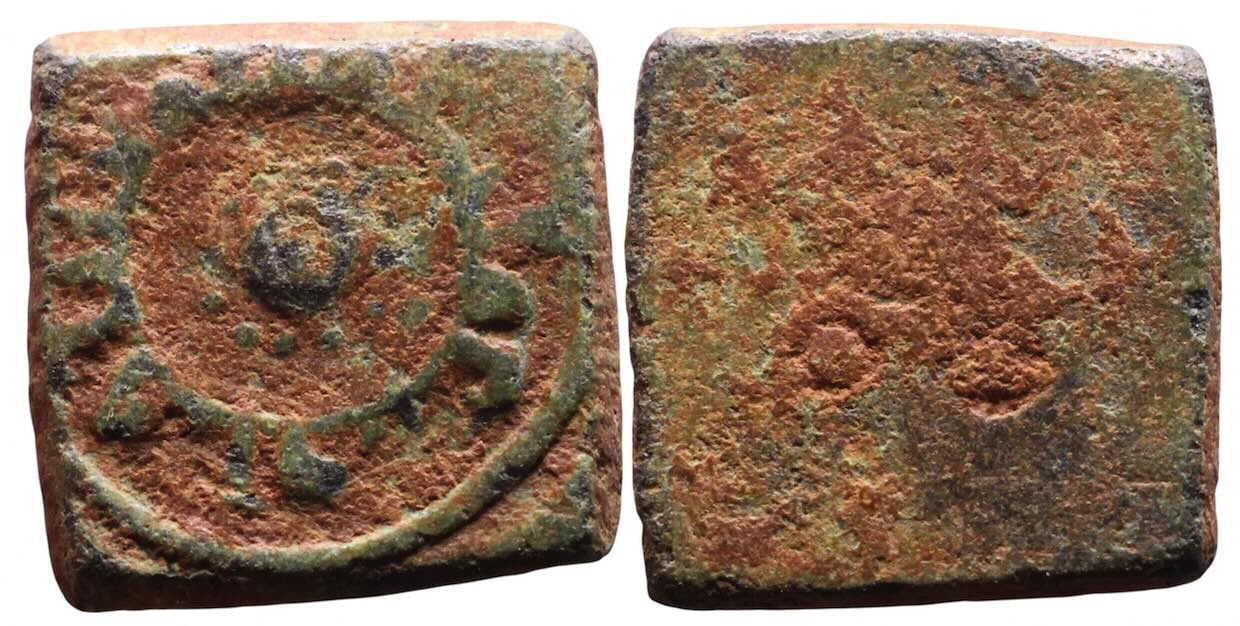
#1172
0.90 grams. Third dirham. (2.70 grams/dirham)
8.4 by 8.4 by 1.5 mm.
Two punch marks.
bi'smi allah mithqal. . . perhaps mithqal nisf or thulth dirham (a mithqal of one half or one third dirham.
Ref: AR1
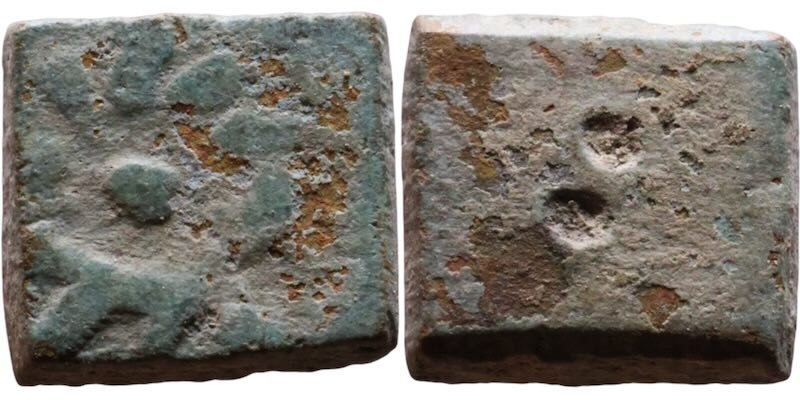 #62577
#62577
0.97 grams. Third dirham. (2.91 grams/dirham)
6.9 by 6.3 by 2.3 mm.
Two punch marks.
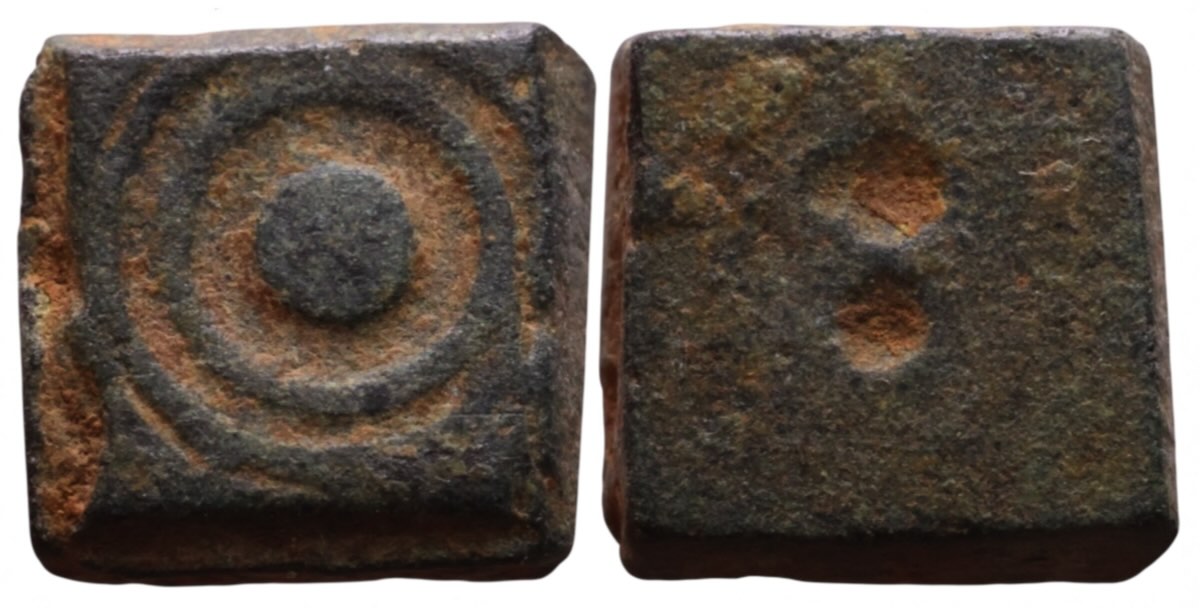 #1560
#1560
0.955 grams. Third dirham. (2.87 grams/dirham)
6.8 by 6.7 by 2.3 mm.
One bird's eye.
No lettering.
Two punch marks.
Dinar-standard (discoid weights).
The discussion of weights on the dinar standard begins (here) on the main page on Islamic polyhedral weights. This page repeats the examples with legends and has many additional examples, especially fractions with legends.
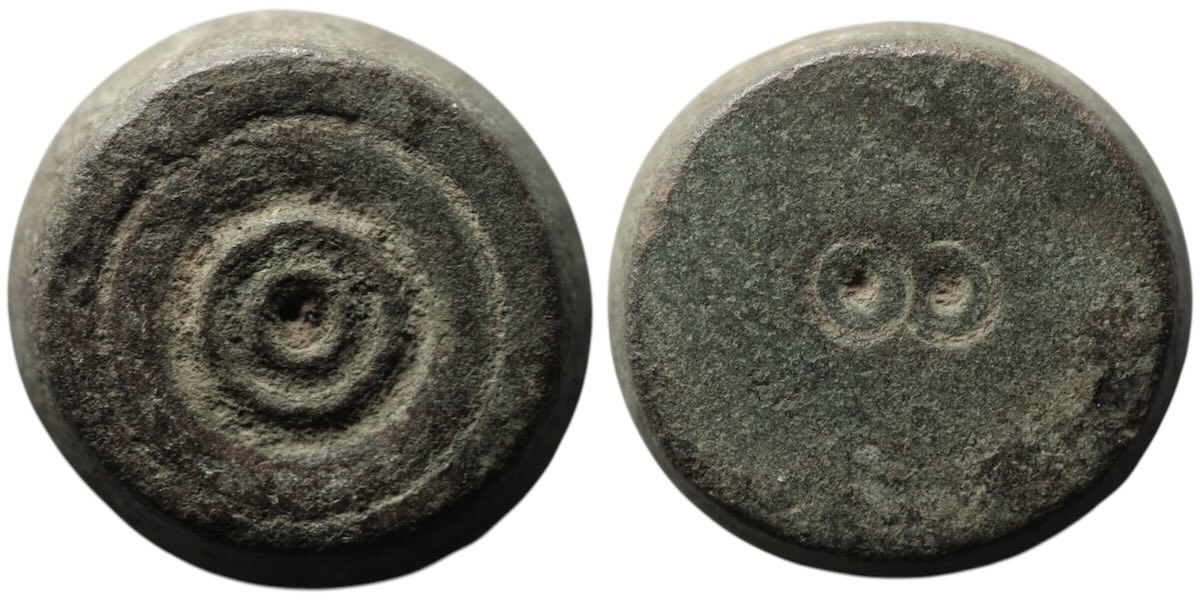 #498
#498
5-dinar
20.31 grams. (4.06 grams/dinar)
20 mm diameter by 8.4 mm thick.
The number of bird's eyes does not correspond to the weight.
2-dinar weights. Most are flat discs, but a few are barrel-shaped.
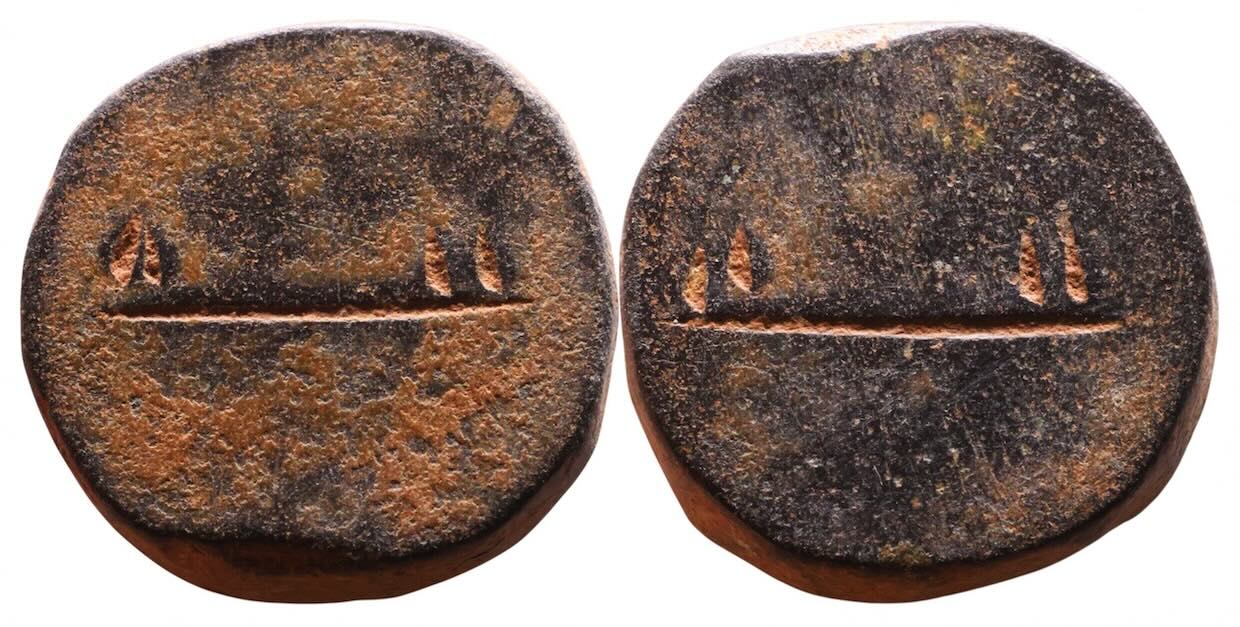
#1085 [Repeated from the main page.]
8.28 grams. 2-dinar. (4.14 grams/dinar)
15.3 by 4.9 mm.
On each side a line with two vertical strokes at each end.
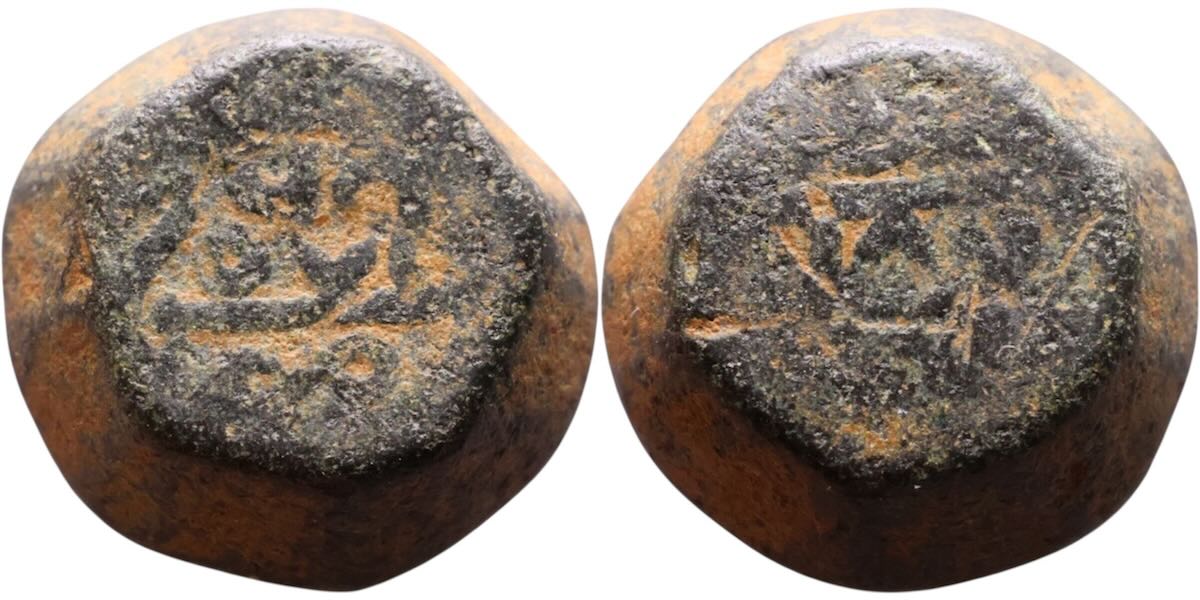
#606
8.24 grams. 13.7 mm diameter and 7.8 mm thick. A squat barrel.
A 2-dinar weight. (4.12 grams/dinar)
[Repeated from the main page.]
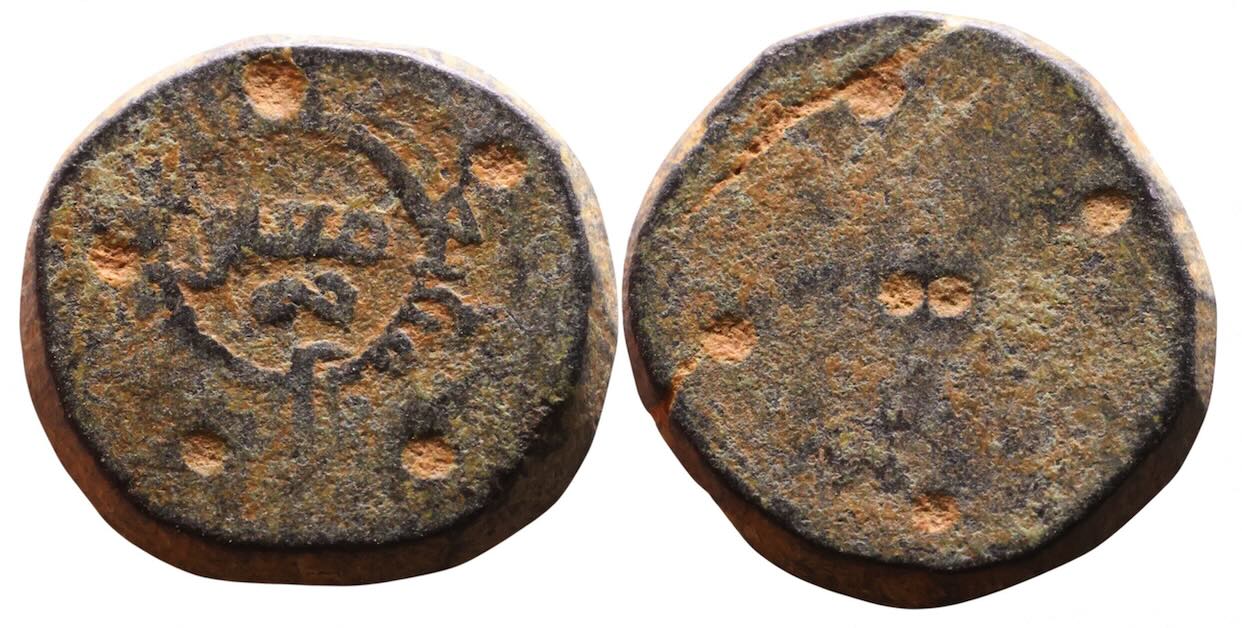 #1096
#1096
4.14 grams. A 1-dinar weight. Rare for having six punch marks on the reverse. 6/6 = 1. I don't know why the obverse appears to have five punch marks and not six.
14.4 by 3.2 mm thick.
The obverse has a circular legend enclosing a short two-line legend.
Ref: AR1. In center,
معير واف (ma'ir waf) which means “complete standard” or better translated as “full standard”.
[Also on the main page.]
 #606
#606
8.24 grams. 13.7 mm diameter and 7.8 mm thick. A squat barrel.
A 2-dinar weight. (4.12 grams/dinar)
This one is unusual for having lettering. If you can make out what is says, let me know: 
.
[Also on the main page.]
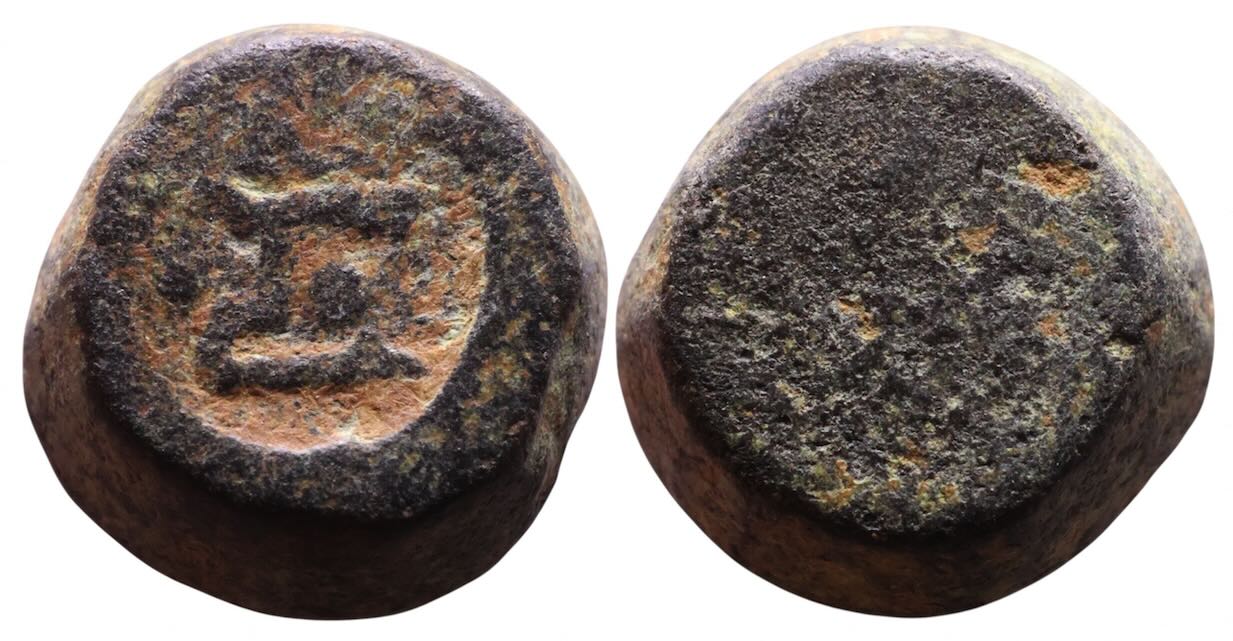
#1106
4.00 grams (a little light). One dinar
10.2 by 6.4 mm thick. (Quite thick.) Almost a barrel rather than a disc.
Is the obverse photo rightside up? If so, it might say "lillah".
If it should be rotated 90 degreest it might say
(mithqal) wafi
Ref: AR1
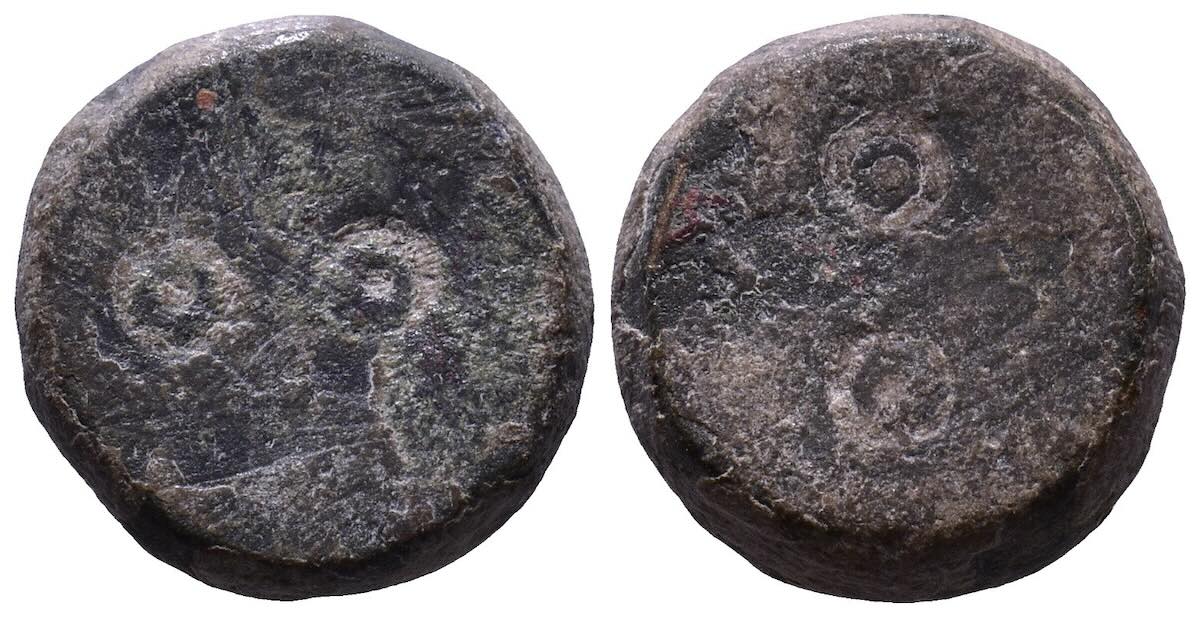 #2532
#2532
4.10 grams. One dinar.
14.2 by 13.8 by 3.4 mm thick.
Two bird's eyes one each side, but only one dinar.
The number of bird's eyes does not correspond to the denomination.
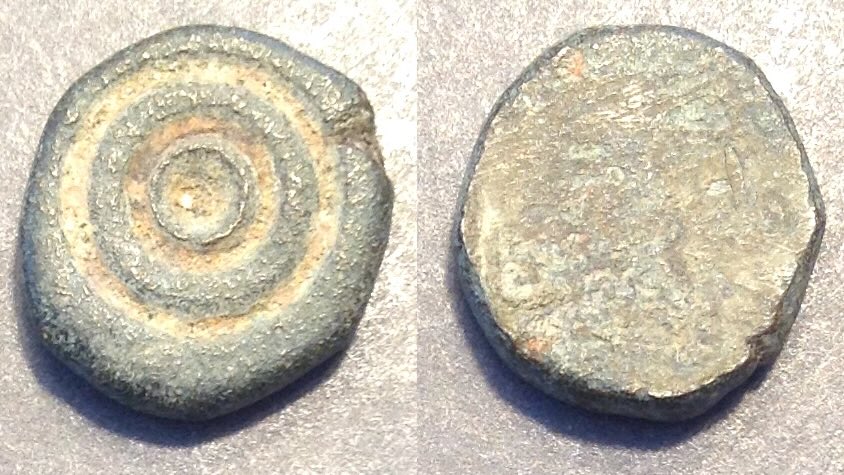 #102
#102
3.58 grams. (Much too light.)
13.2 by 3.0 mm thick.
One large bird's eye.
This is much too light to be a 1-dinar weight. However the edge does not look clipped and the corrosion doesn't seem too bad, so how can be be so light?
It's a mystery!
(Some problematic weights have their own page.)
Half-dinar weights. The most common legend in this group of weights is legible on the next half dinar.
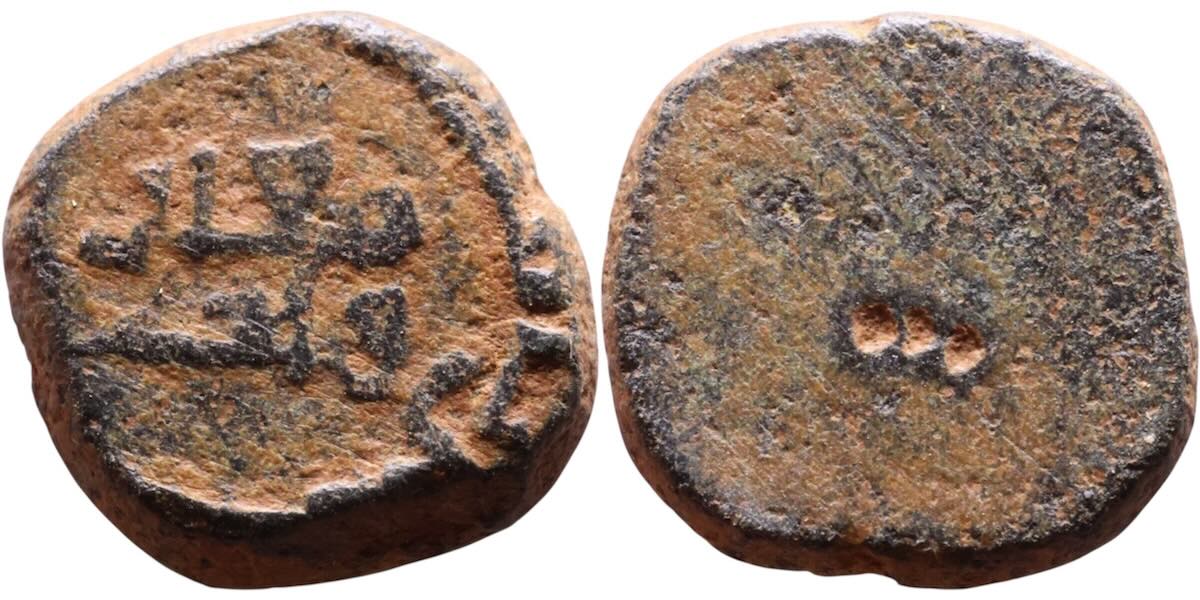 #2559
#2559
1.99 grams. 11.3 by 10.4 by 2.6 mm.
Half dinar. (3.98 grams/dinar)
Three punch marks.
"Standard, complete."
AR3: معير واف (maeir waf) which means “complete standard” or better translated as “full standard”.
Legend as on #1096, #1108 (next), and #1107 (second next).
The same legend seems to be on #629 (a half-dirham) as well as #1108 (next), #1107 (second next) and possibly #1156.
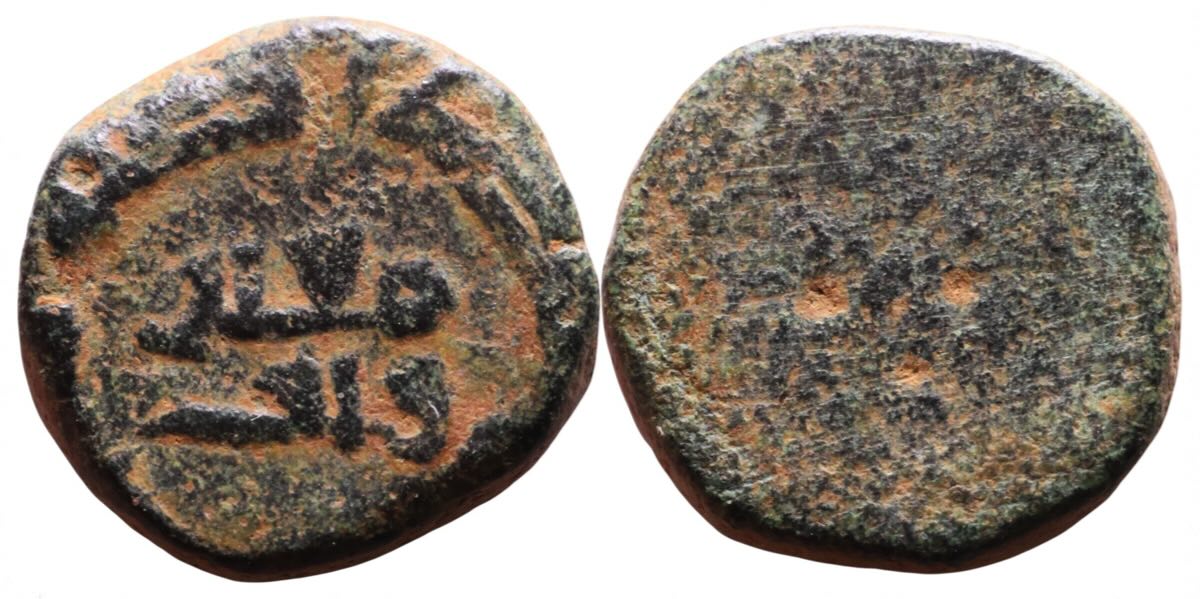
#1108
1.94 grams. Half dinar. (3.88 grams/dinar) very light.
11.2 by 10.5 by 2.3 mm thick.
Three punch marks.
Legend as above.
"Standard, complete."
AR3: معير واف (maeir waf) which means “complete standard” or better translated as “full standard”.
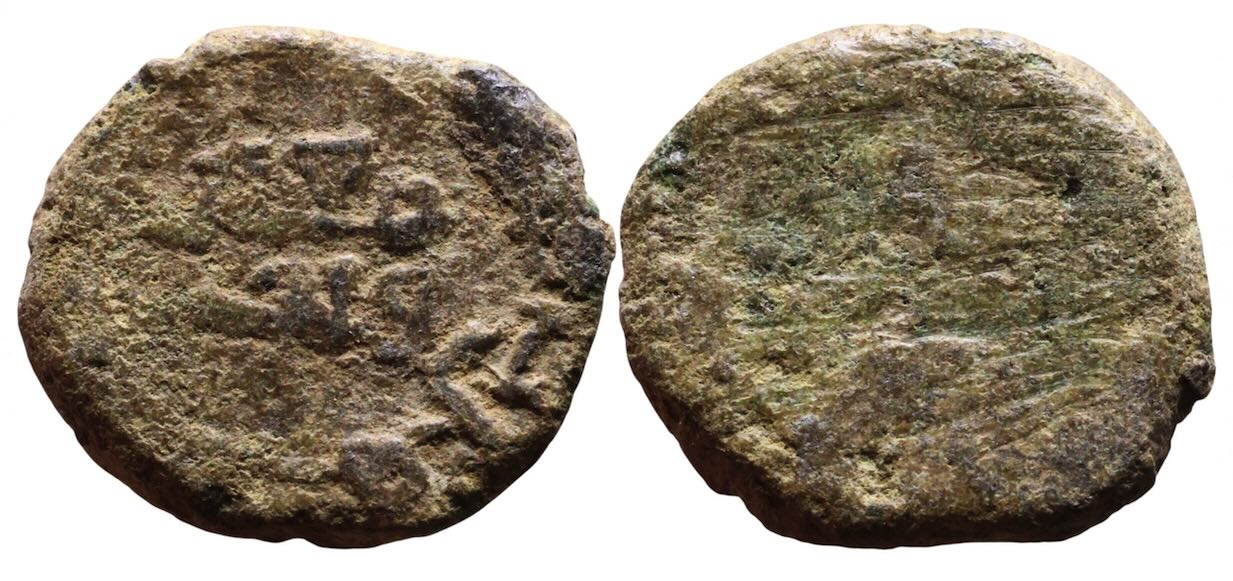
#1107
1.13 grams. Very light. Third dinar. (3.39 grams/dinar)
12.3 by 1.5 mm.
Maybe punchmarks, but unclear.
Legend as above.
"Standard, complete."
AR3: معير واف (maeir waf) which means “complete standard” or better translated as “full standard”.
The two weights above prove that the same legend can be on different denominations.
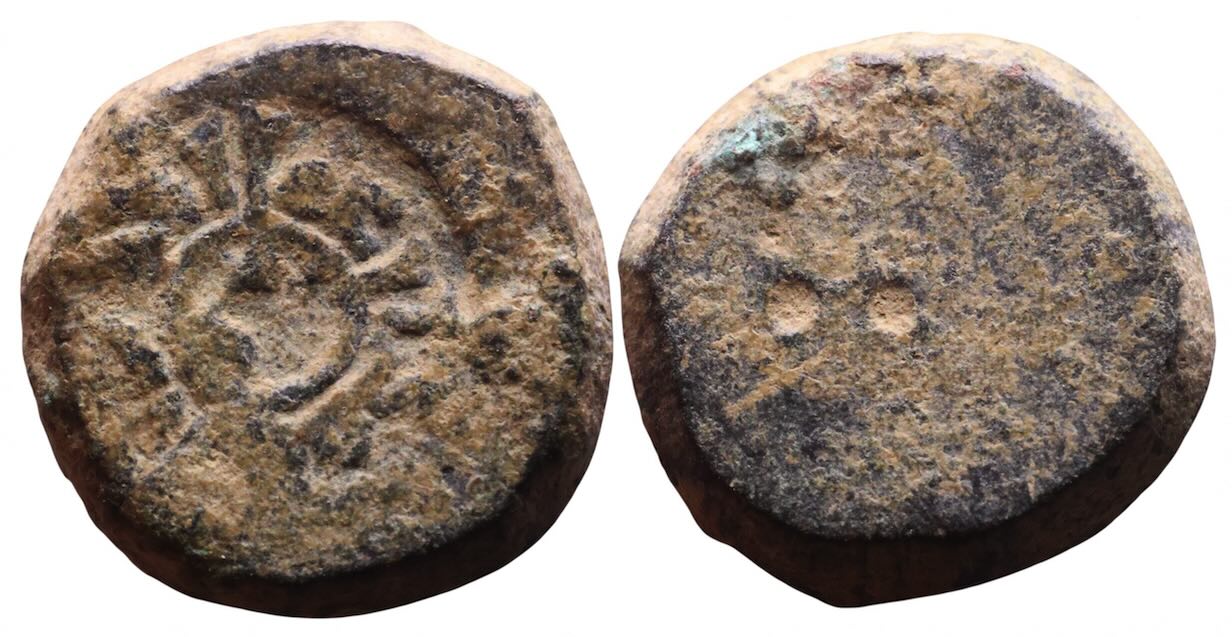
#1132
2.10 grams. Half dinar. (4.20 grams/dinar)
11.3 by 2.8 mm thick.
Two clear punch marks and a very weak third (near 10:30)
Unlike many half-dinar weights, this one is not underweight.
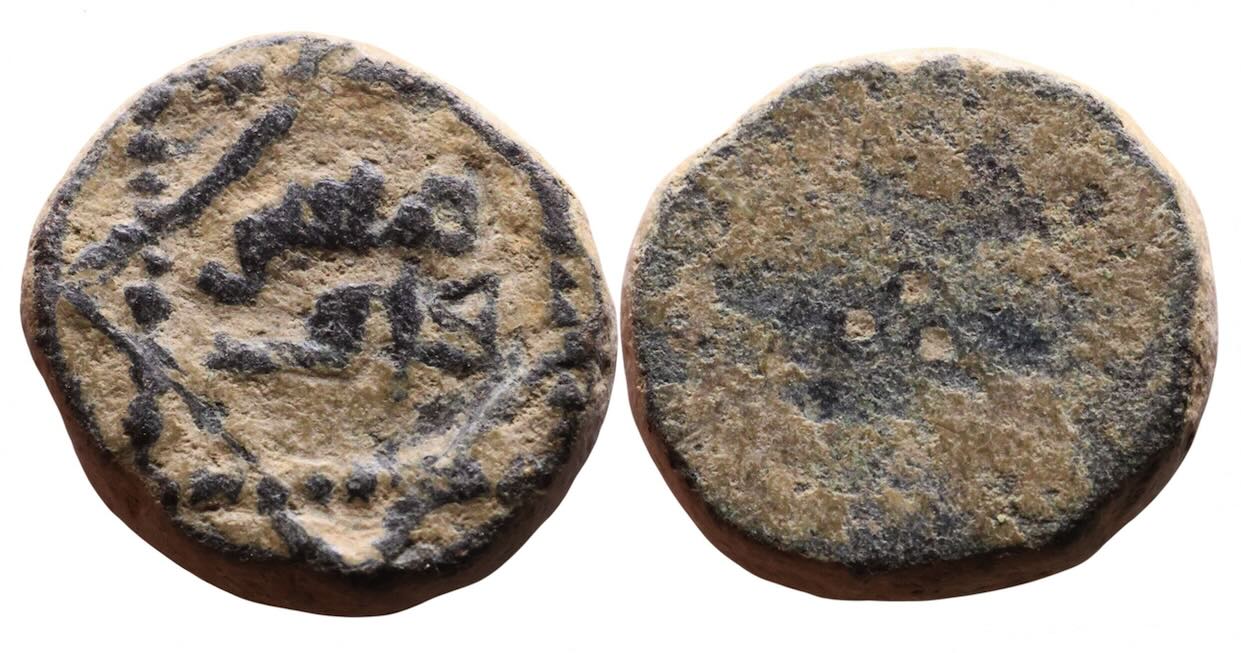 #1101
#1101
2.04 grams. (4.08 grams/dinar) Half dinar. (3 dots)
11 mm by 2.7 mm thick.
2-line legend within diamond on square.
Ref: AR1. معير واف (ma'ir waf) which means “complete standard” or better translated as “full standard”.
See also
#1165 and #1156.
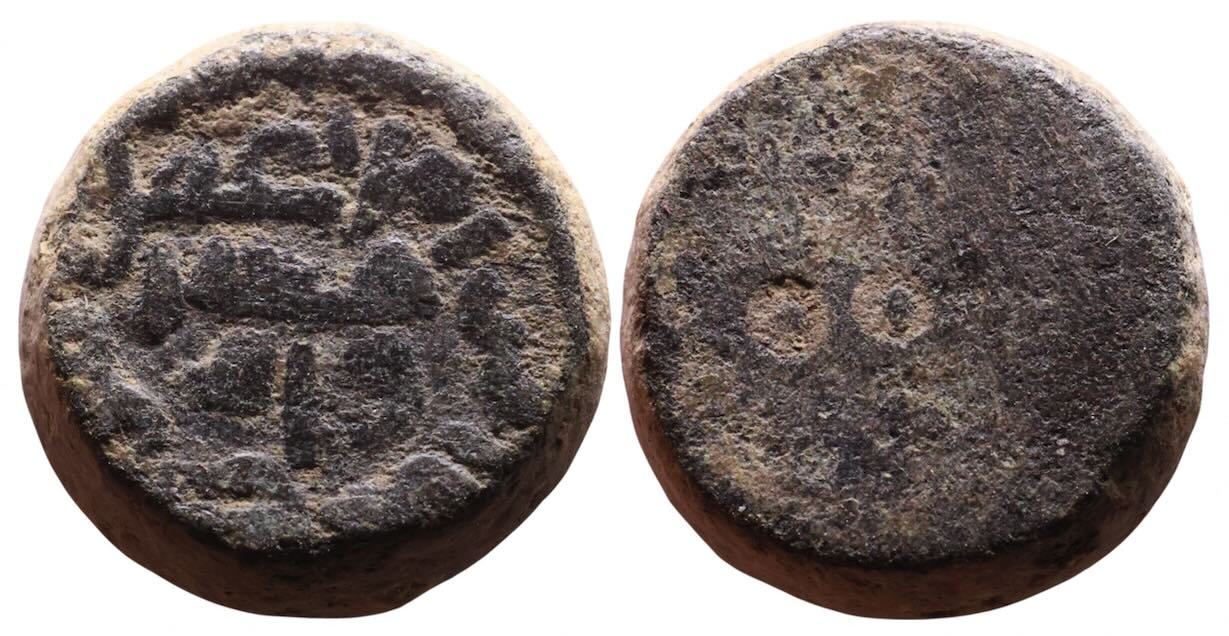 #1157
#1157
2.05 grams. Half dinar (4.10 grams/dinar)
Three punch marks--two clear and one encrusted.
10.0 by 3.3 mm.
. . ordered the making of a mithqal in full measure
Ref: AR1
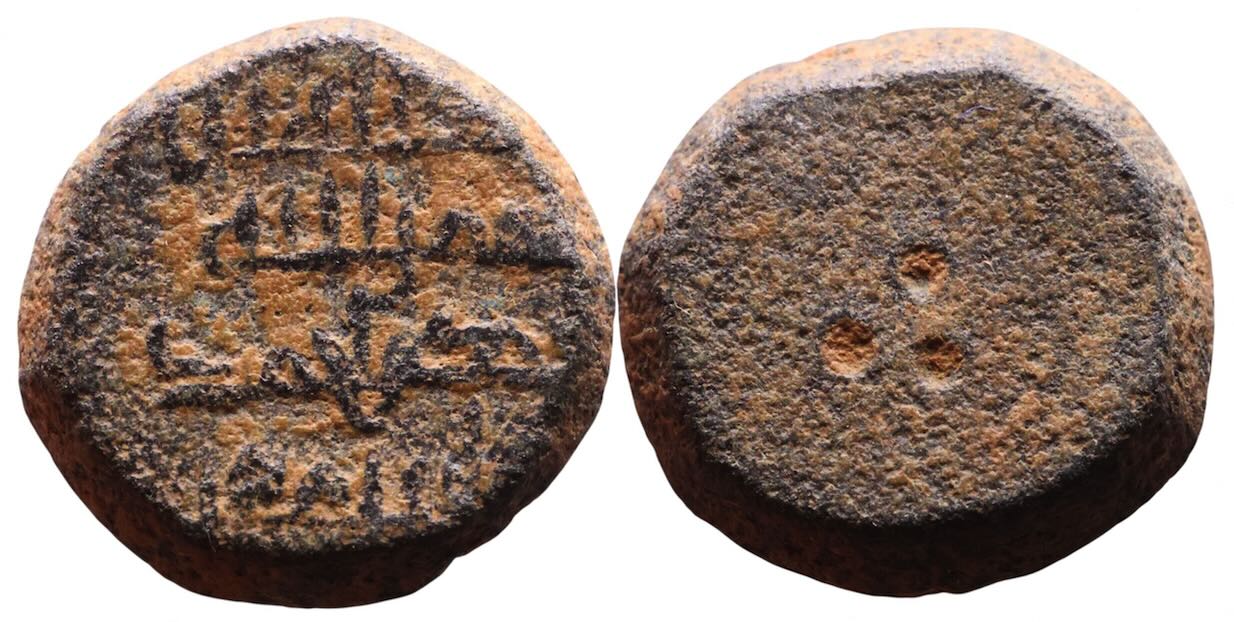
#1146
2.06 grams. Half dinar. (4.12 grams/dinar)
Three punch marks.
11.0 by 10.9 by 2.7 mm.
in the name of God, . . . Ahmad . . . manufactured it
Ref: AR1. Same as #615.
Third-dinar weights.

#1187
1.345 grams. Third dinar. (4.04 grams/dinar)
9.0 by 2.5 mm.
Two punch marks.
The letters are only 1 mm tall.
in the name of God, . . . Ahmad . . . manufactured it
Ref: AR1. Same legend as the half-dinar above. If that is true, the legend does not correspond to the denomination.
[Also discussed above on this page.]
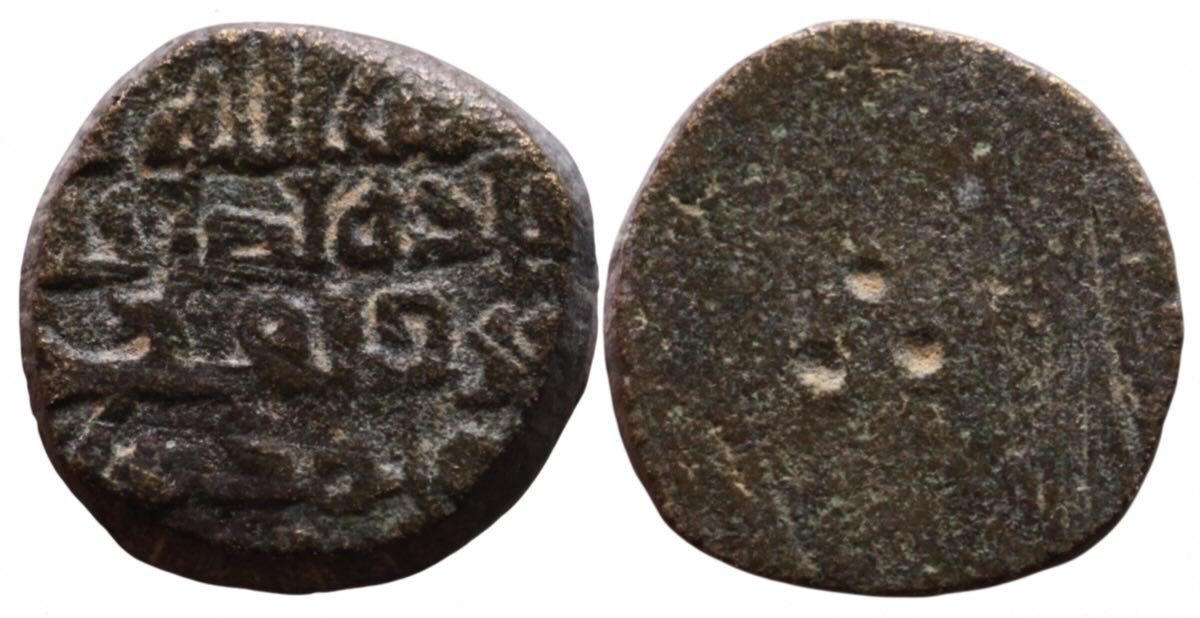 #1391
#1391
1.365 grams. Third-dinar. 4.10 grams/dinar
9.0 by 8.6 mm in diameter. 2.3 mm thick.
Legend in four lines,
Three punch marks, but it should have two. I think a third was criminally added to make it seem heavier.
Ref: AR1. The top line is no doubt
bi'smillah
the same as #1152 and #1552.
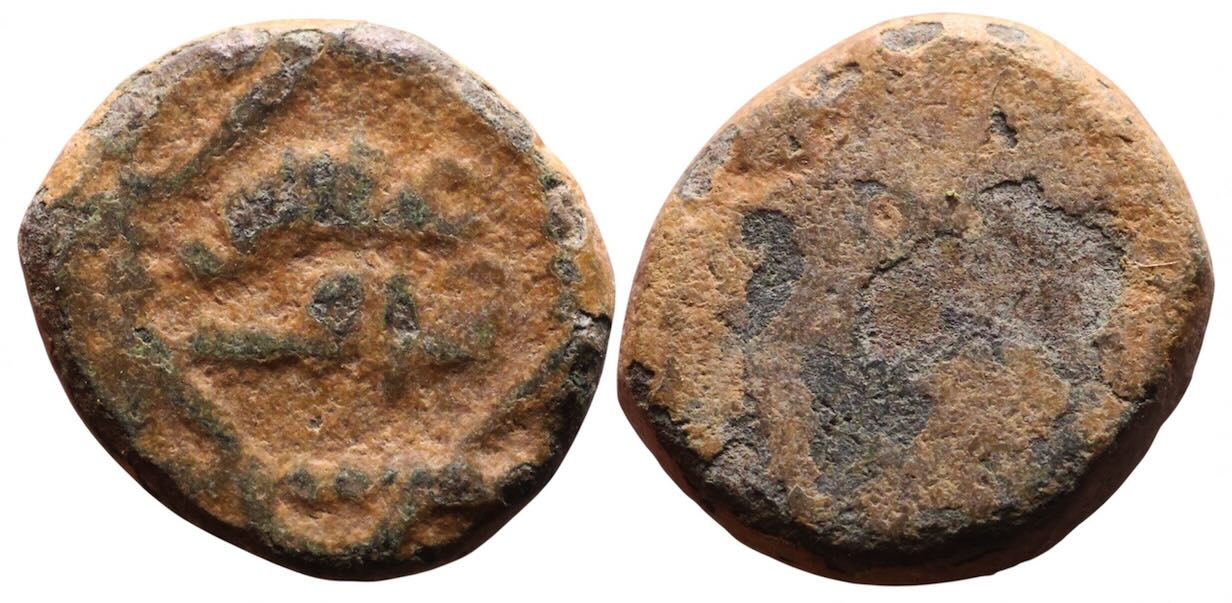
#1165
1.285 grams. Third dinar (light weight, 3.865 grams/dinar)
10.9 by 9.6 by 1.9 mm thick.
Punch marks corroded away.
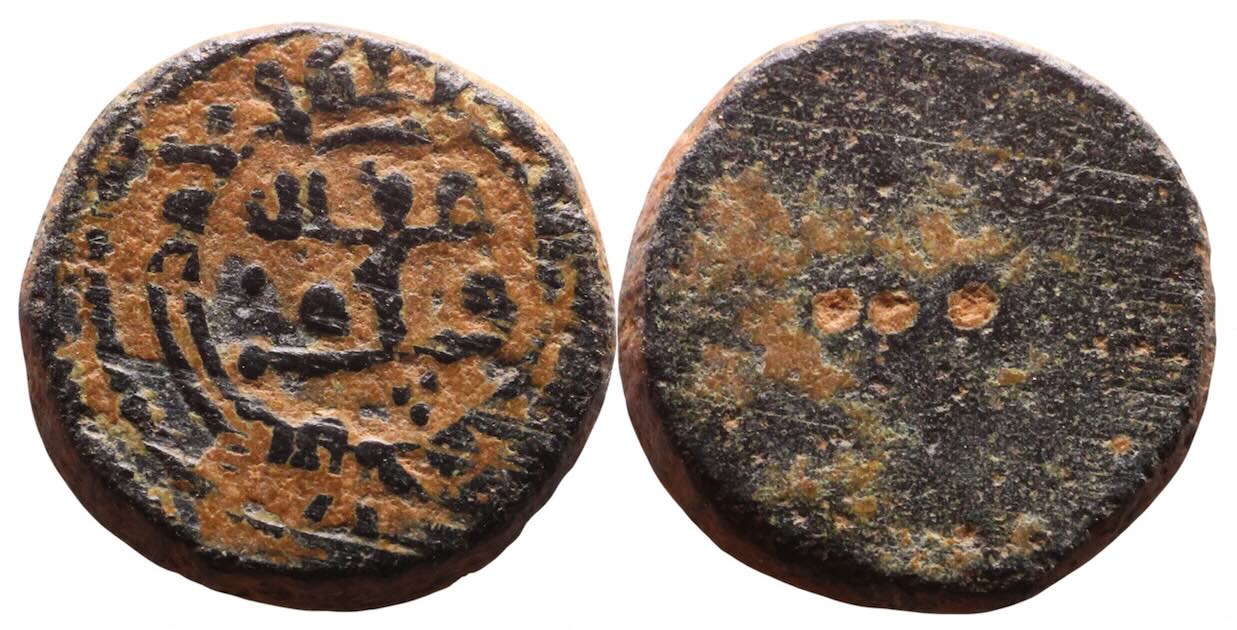
#1124
1.33 grams. Third dinar. (3.99 grams/dinar)
10.5 by 1.9 mm thick.
Has three punch marks but should have two.
Interior legend: mithqal wafi
Ref: AR1.
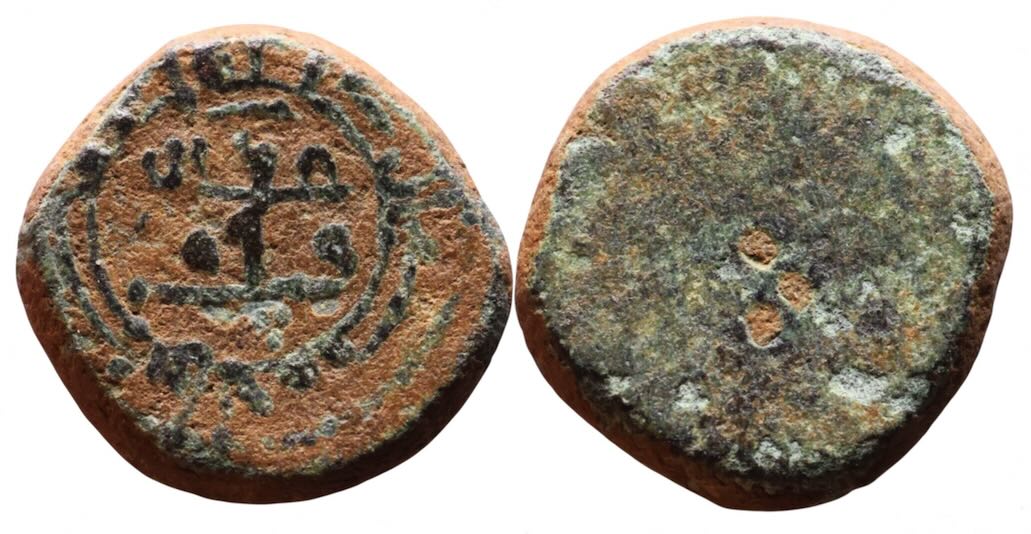 #62570
#62570
1.36 grams. Third dinar. (4.08 grams/dinar)
10.5 by 10.1 by 1.8 mm.
Two punch marks.
Legend as on #1124 immediately above.
Interior legend: mithqal wafi
Ref: AR1.
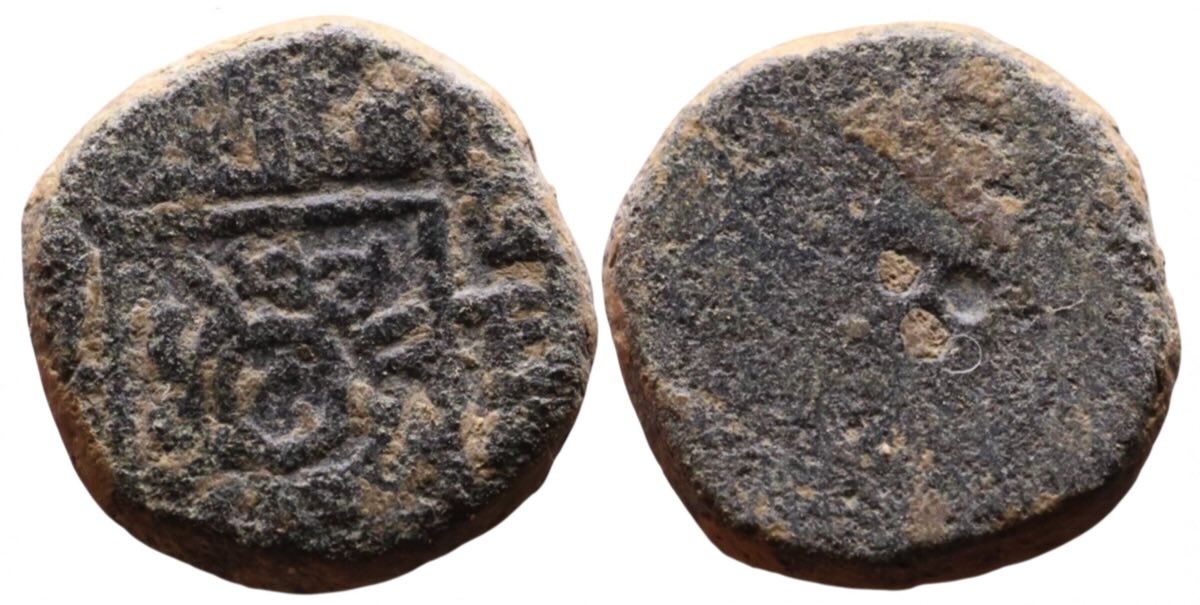 #61140
#61140
1.31 grams. Third dinar. (3.93 grams/dinar)
10.0 by 2.0 mm.
Seems to have three punch marks but should have only two.
It is easy to add a punch mark to criminally revalue a third-dinar into a half-dinar. The next one is similar.
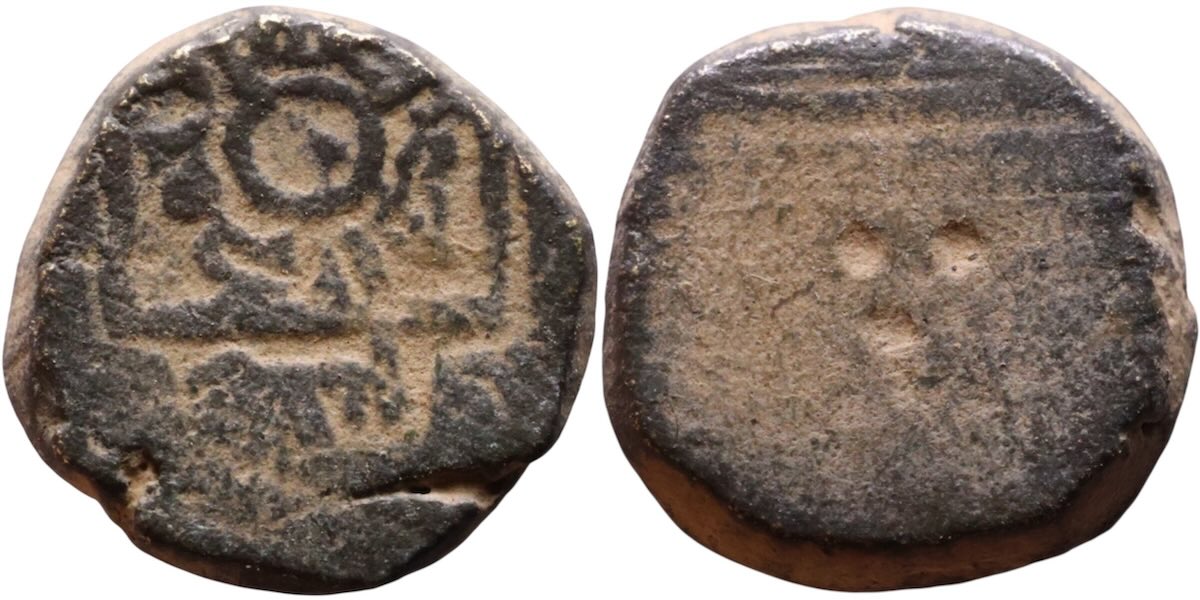
#843
1.345 grams. 9.8 by 2.2 mm thick.
Third dinar. (4.03 grams/dinar)
The reverse has three punch marks and should have only two.
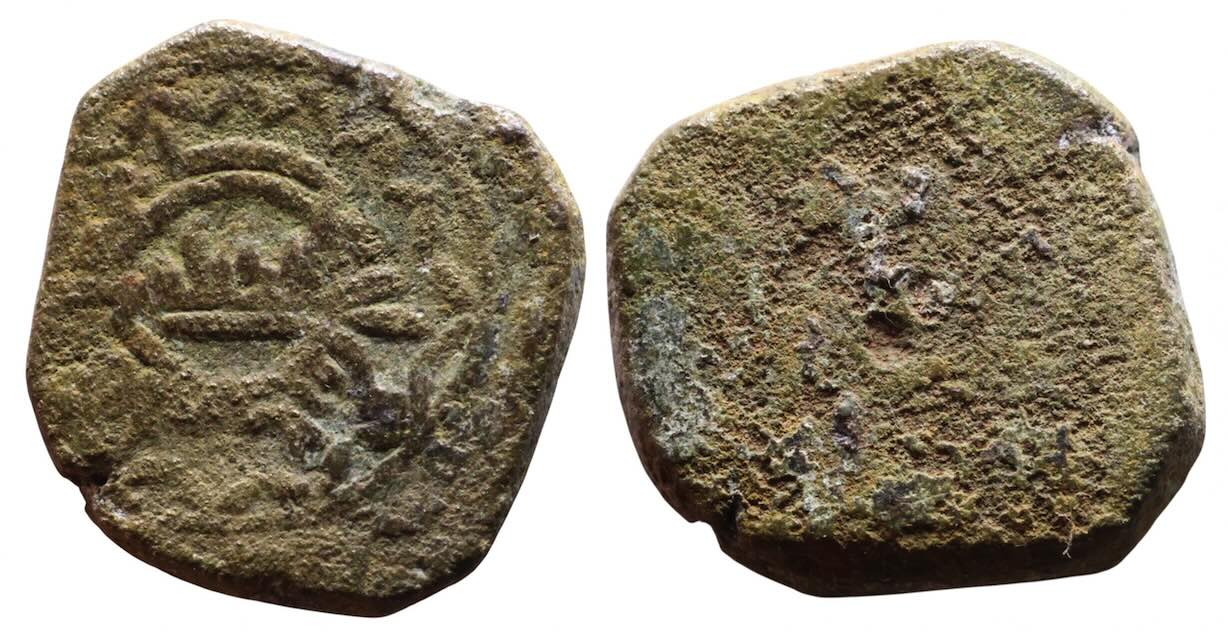
#1118
1.185 grams. (Very light). Third dinar? (If so, it is only 3.56 grams/dinar, which seems too low.)
Was this a rectangle originally, with edges rounded later?
12.9 by 10.6 by 1.9 mm.
Two punch marks very close together, not clear.
Credits. Translations on this page are mostly from readers who agreed to help. Some are from academic publications and some from the trade.
I do not read Arabic. My contribution is assembling the images on this page and then, as translations from other sources are matched to particular weights, putting that information on this page.
"Ref" abbreviates "Reference" so "Ref: AR1" means the information comes from the source I am temporarily calling "AR1".
AR1 = Arabic reader 1 = GL
AR2 = Arabic reader 2 = JG
AR3 = Arabic reader 3 = SA
AR4 = Arabic reader 4 = JB
H8 = Holland, chapter 8
HAJN = Holland, MN31 = Museum Notes 31 (1986).
CM is an online collection of weights (not all polyhedral) from Caesarea Maritima (with a lot of overlap with Holland MN31 (1986), but much better photos):
https://www.forumancientcoins.com/gallery/thumbnails.php?album=5252
AR1 commented,"There are probably names of products on some of these weights that I can't yet make out, such as cinnamon, myrtle, rosemary, black vetch and others which appear on glass weights."
References: References for Islamic weights are on their own page.
Footnotes:
Go to the main page on Islamic polyhedral weights.
Go to a page on problems with attributing weights.
Go to a short page on Byzantine weights.
Go to the main Table of Contents for this whole educational site.

 ) As readers propose translations, I will add them to the page, with credits. At first, because this page is only in preliminary draft form, I will credit suggestions without using full names,
) As readers propose translations, I will add them to the page, with credits. At first, because this page is only in preliminary draft form, I will credit suggestions without using full names, 

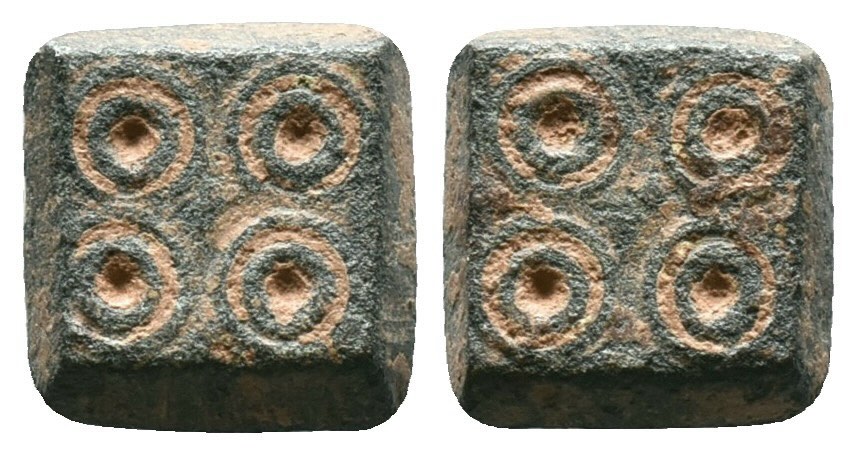
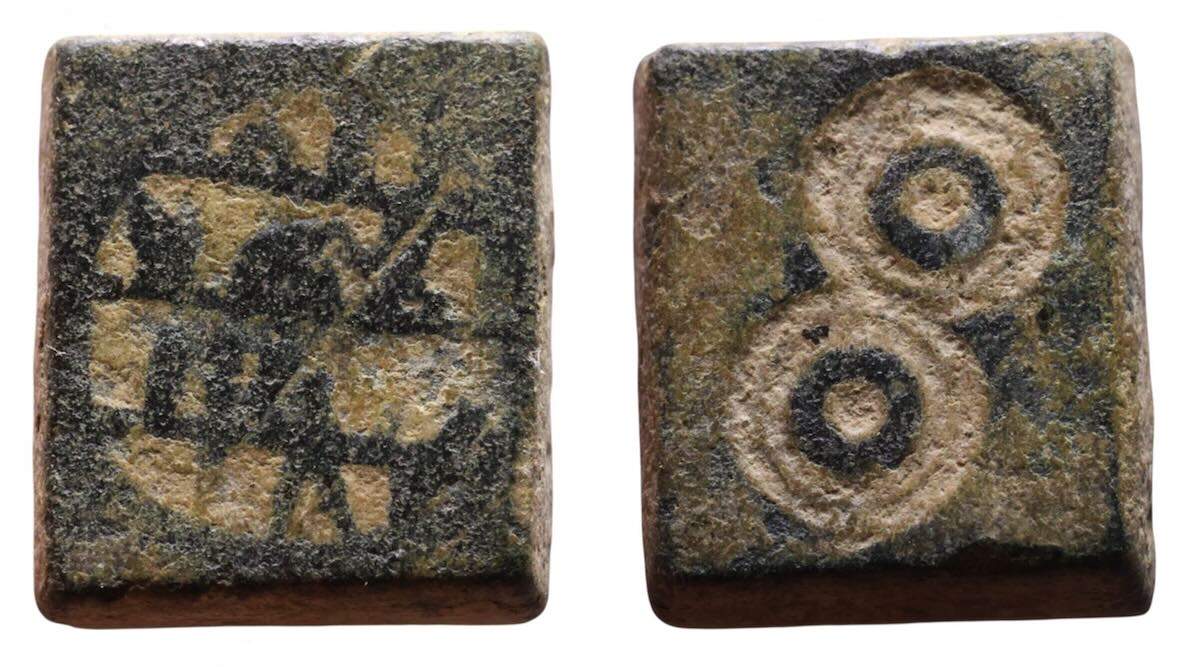 #1469
#1469 #24213
#24213 #2514
#2514

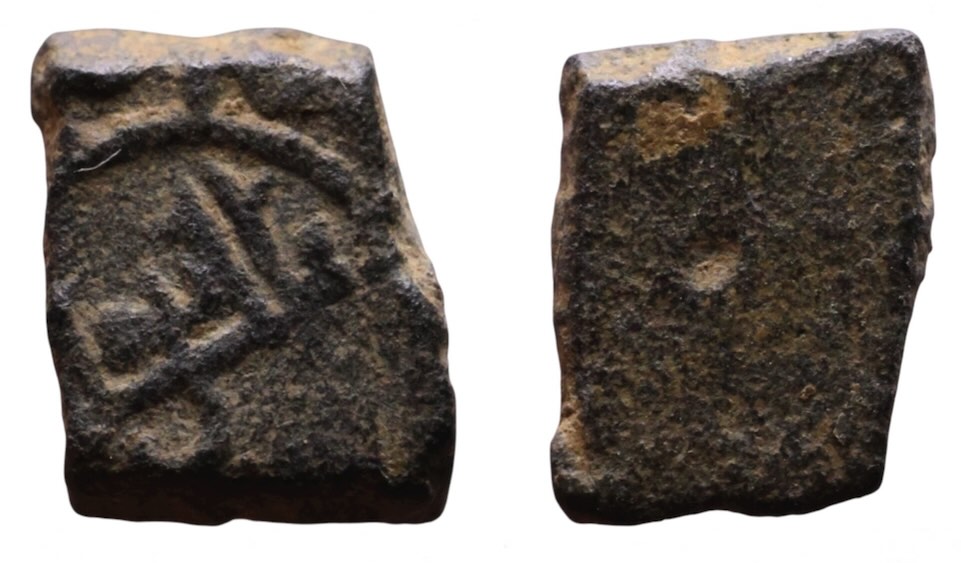
 (Both sides of
(Both sides of 

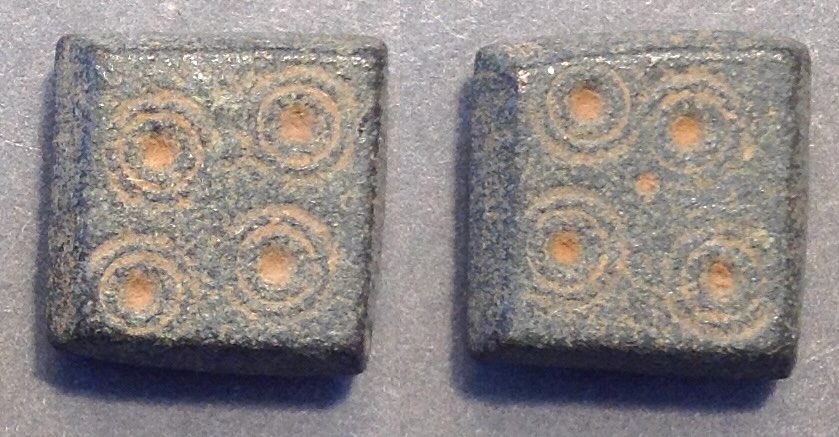
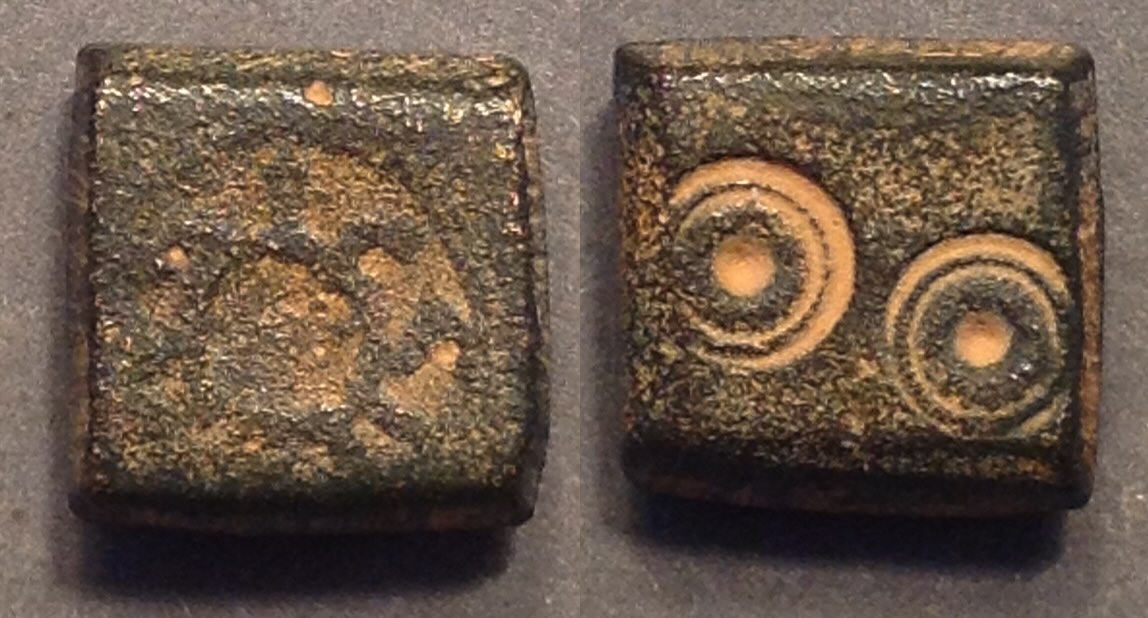
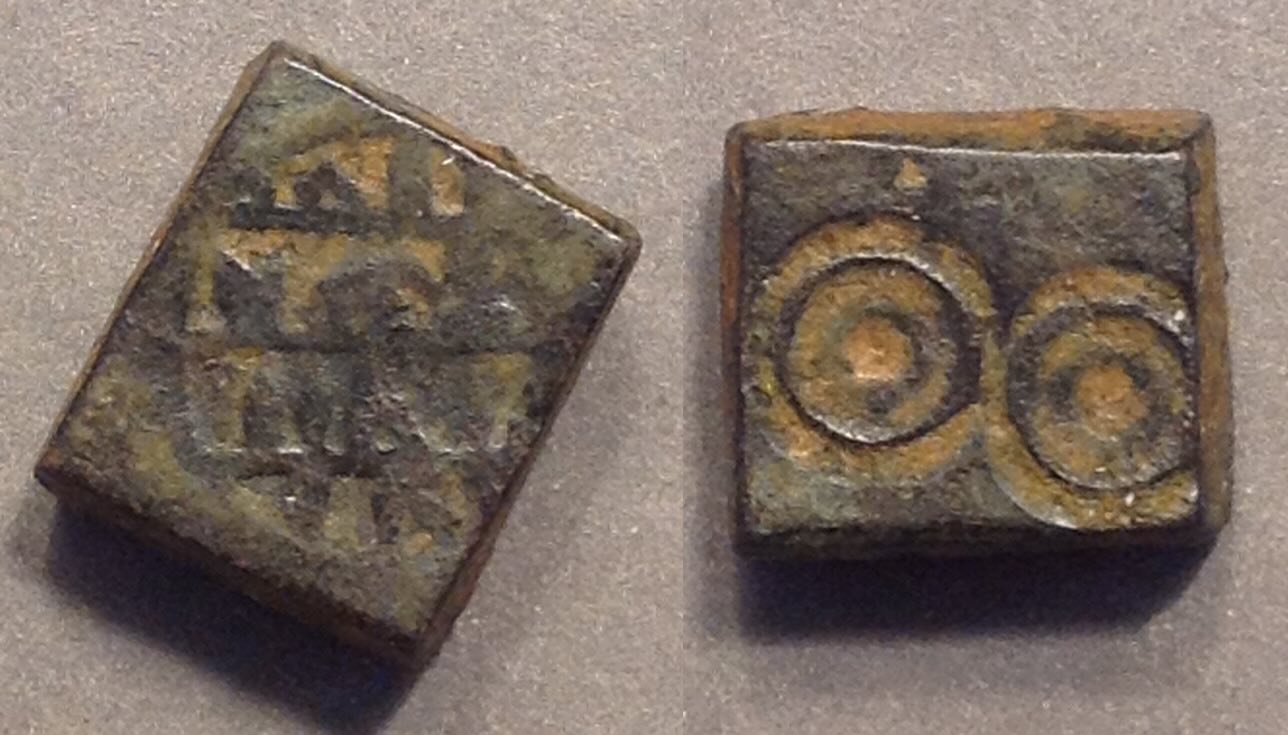

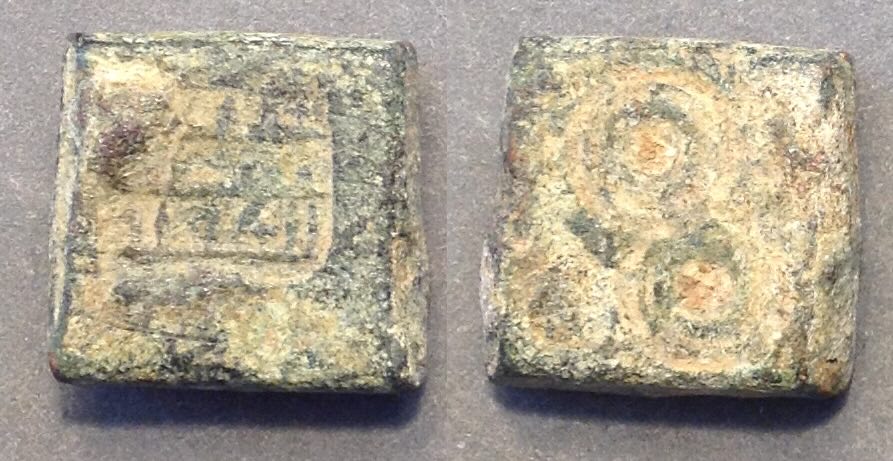
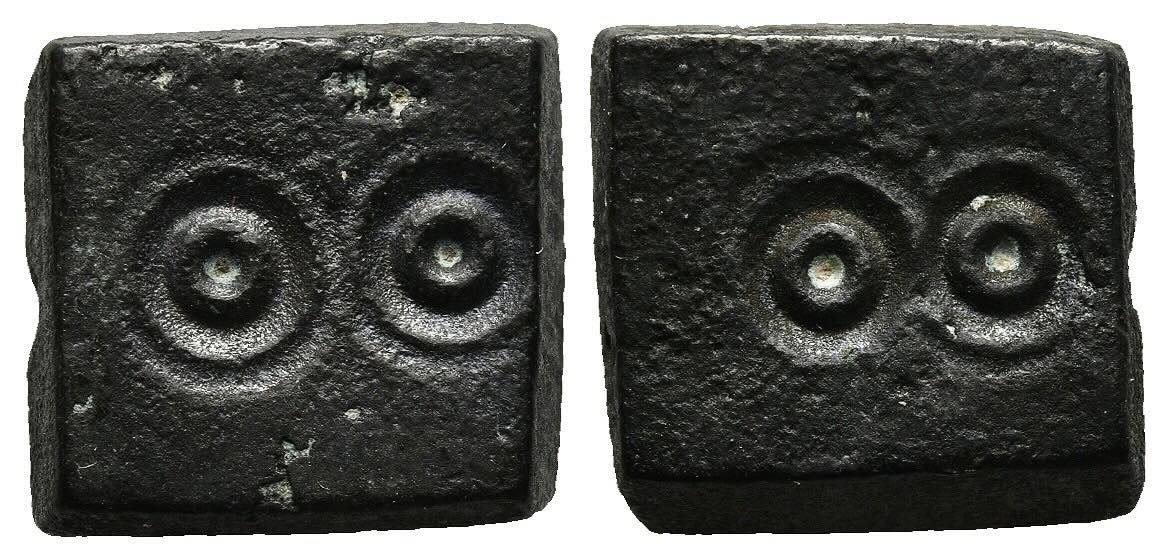 #2558
#2558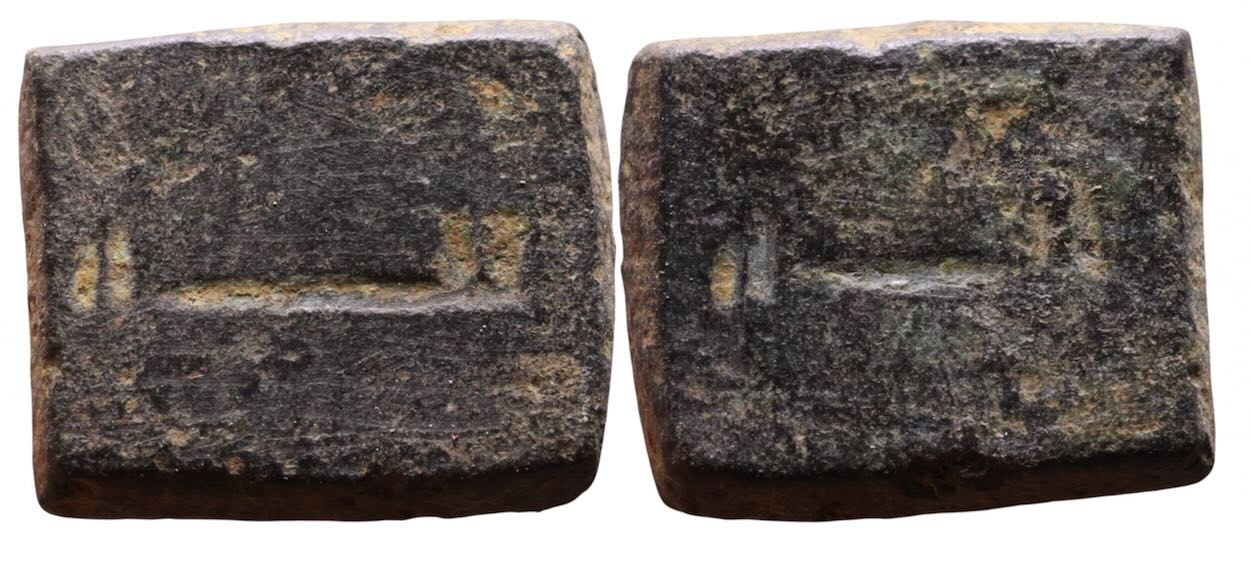 #2573
#2573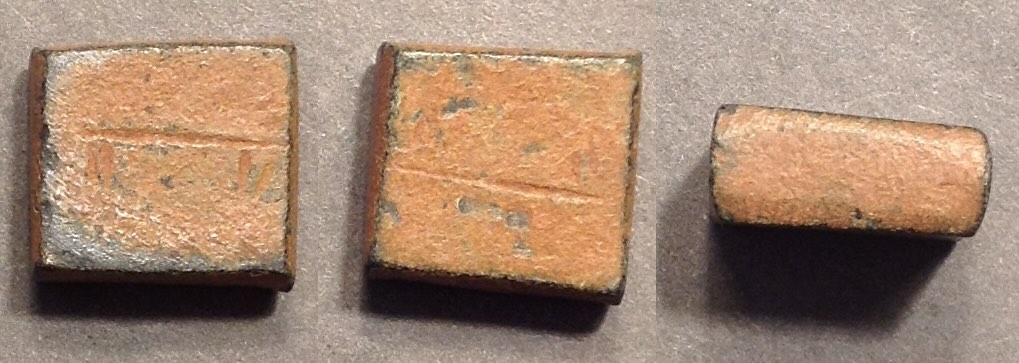 #624183
#624183



 #24166
#24166
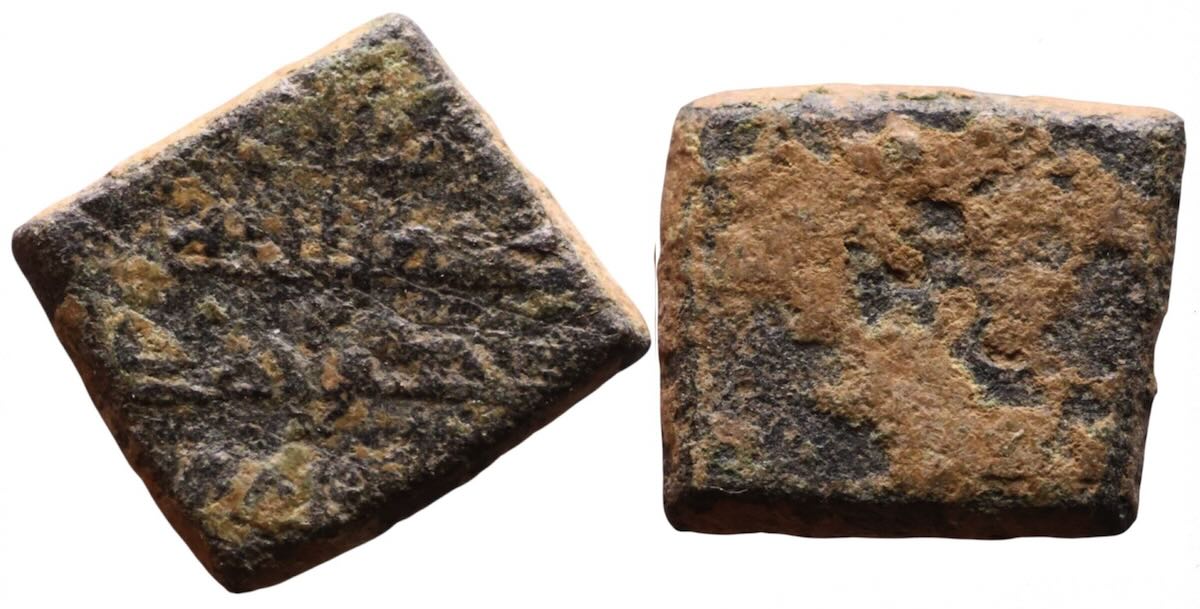






 #1552
#1552



 #1158 (also on
#1158 (also on 

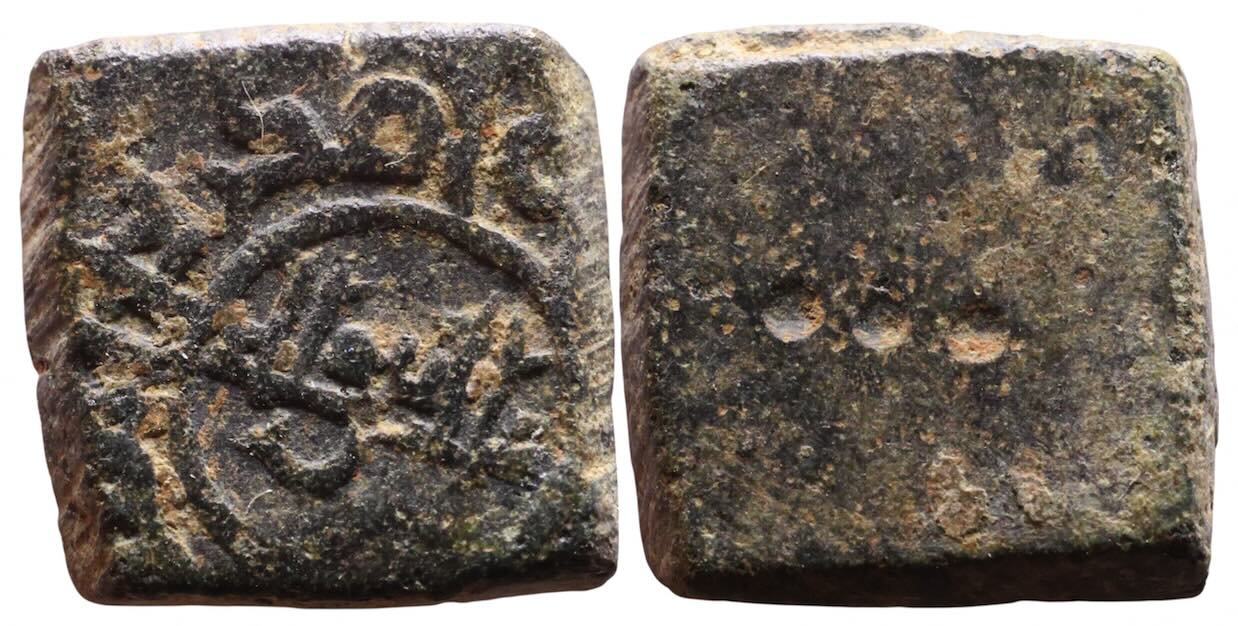
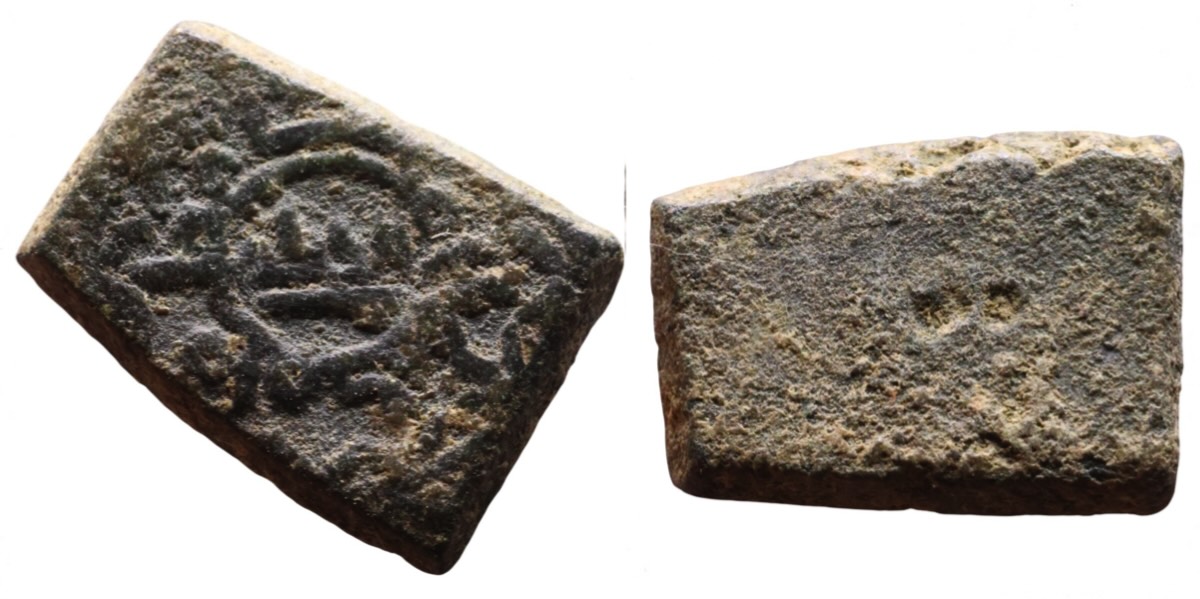
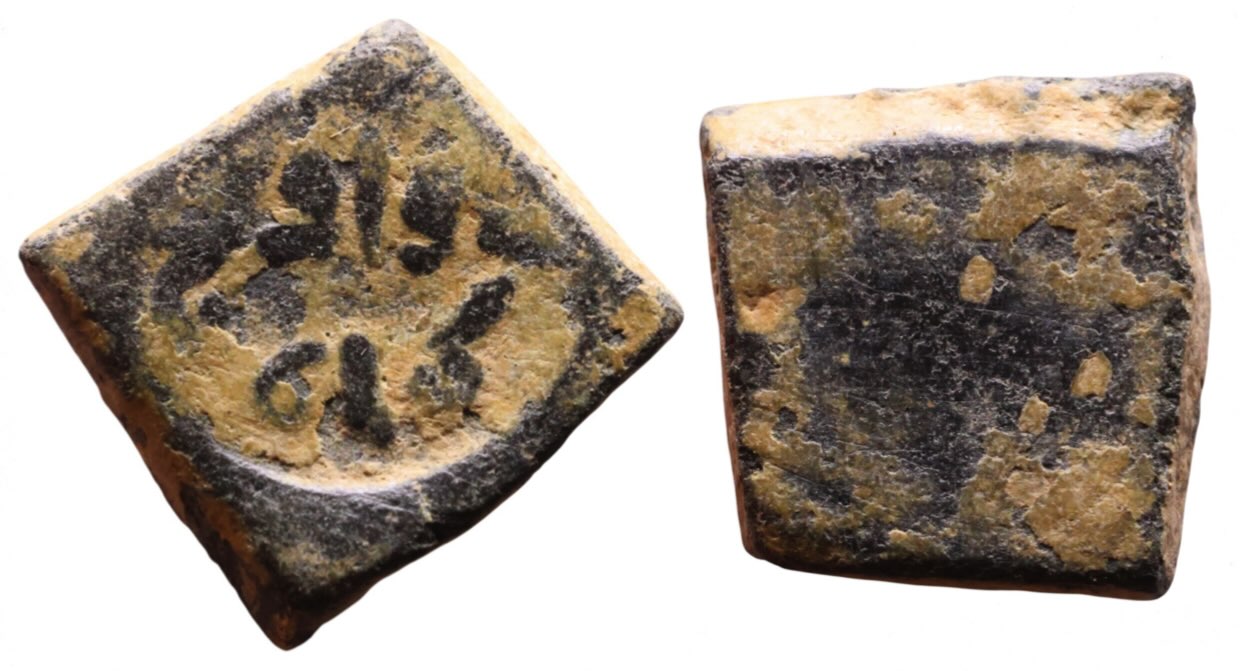
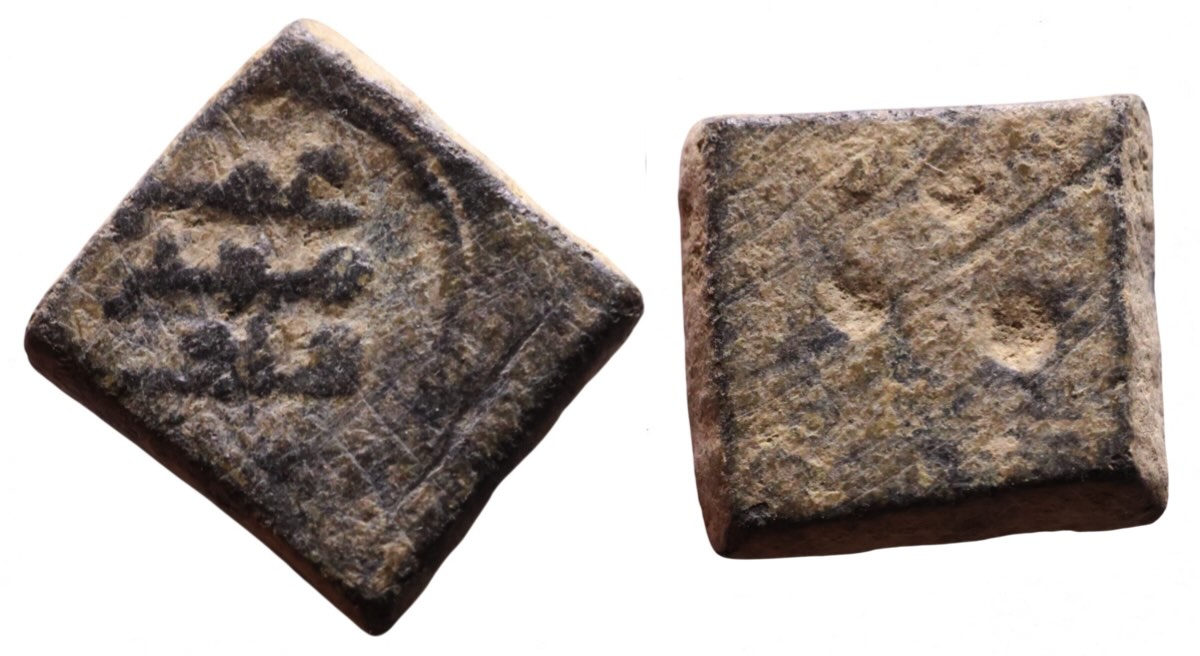
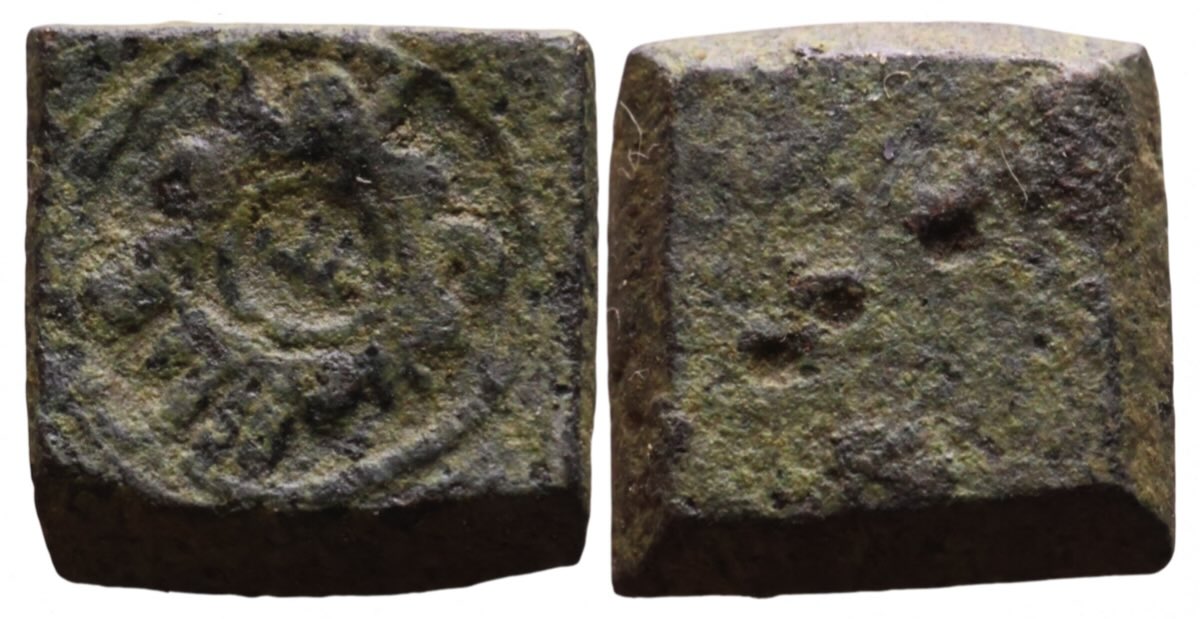 #1792
#1792




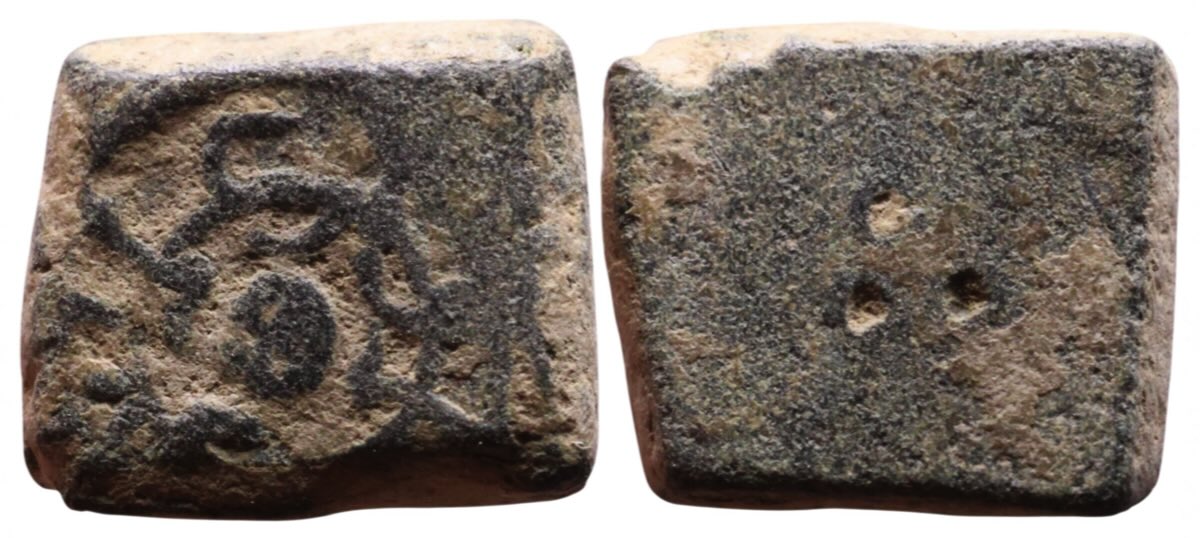
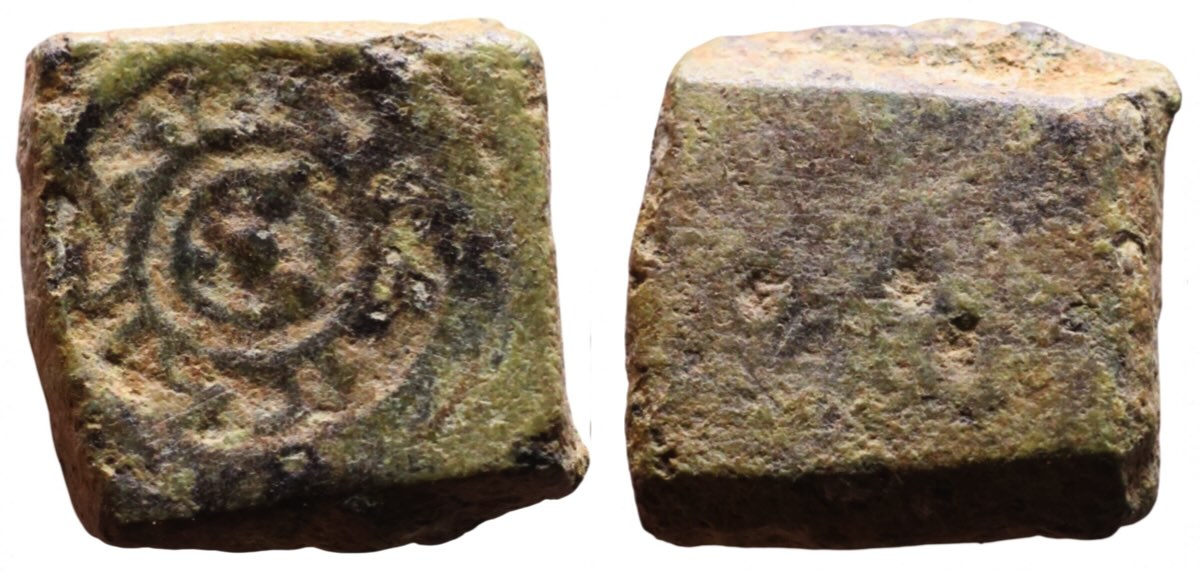
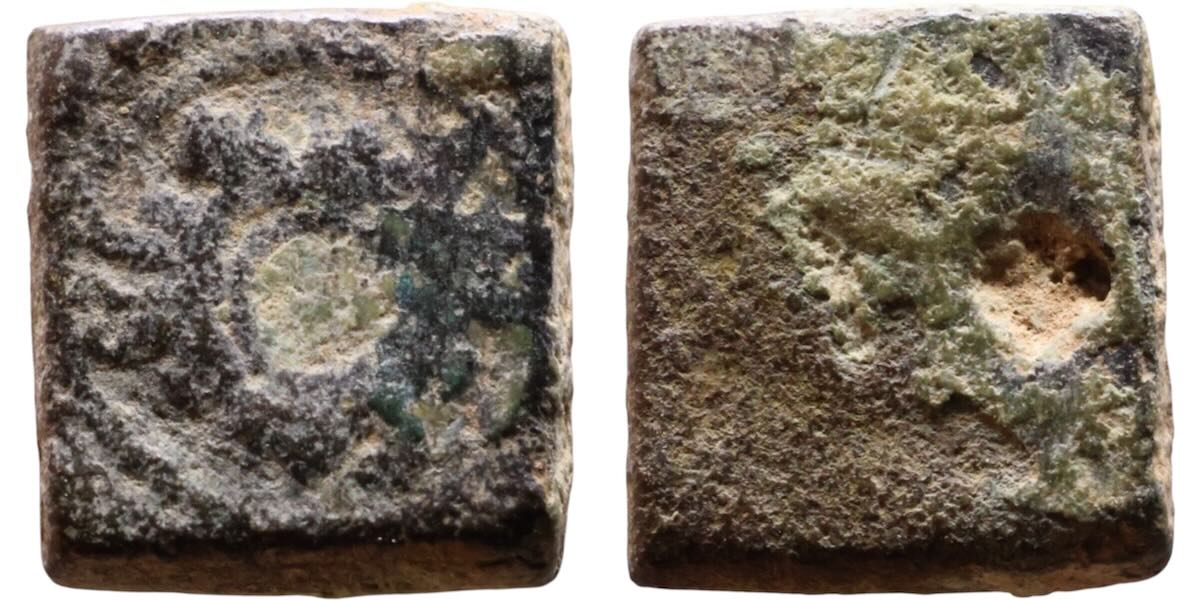
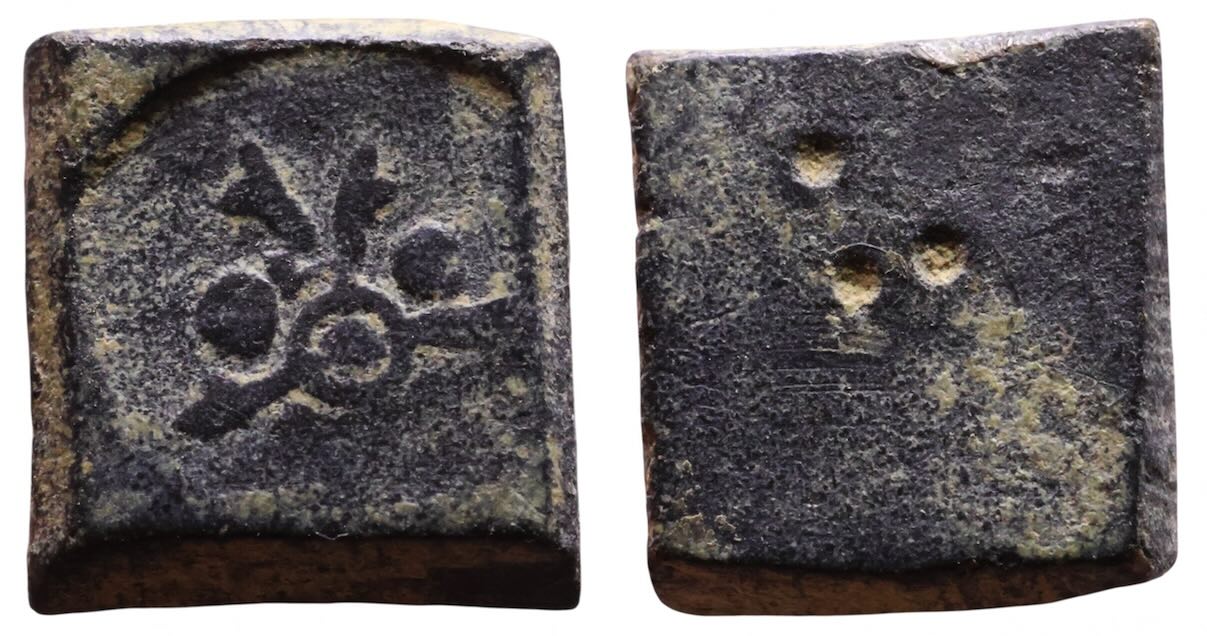





















 #103
#103 #510
#510
 #1509d
#1509d


 #102
#102 #2559
#2559





 #1391
#1391




